On Monday, July 31, we didn’t have an early start. I love those days! Plus, it was my day to drive, and I’m grumpy early in the morning. That may not be a good combo…just sayin’. Not too far down the highway, we ran across a bunch of wild horses grazing. Someone in town told me to keep an eye out, but they were up close and beautiful. On the way to our first stop, we saw an actual deer; not elk; not caribou; a plain ol’ deer. Just a few miles after that surprise, we took off for a nice, 3-mile walk at the Yukon Wildlife Preserve. What a cool place! Their focus is all of the large, Yukon wildlife, and they have 350 acres to spread them out. Each species is in an environment specific to their needs, so it is really like seeing them in the wild. We were impressed with the setup, and some of the animals were nice enough to pose for good pics to share. We were surprised to find the deer grazing in almost the same place on the way out. Yes, we looked for a tether of some kind. Nothing. It was only another 15 minutes or so into Whitehorse, and we parked at the Visitor Center. The first order of business, though, was lunch. We walked across the street to Yukon Meats & Sausage Deli for sandwiches. MW also found some type of sausage to take home, too. Then we walked around the Visitor Center for a few minutes before finishing the day’s drive at Caribou RV Park in Marsh Lake.
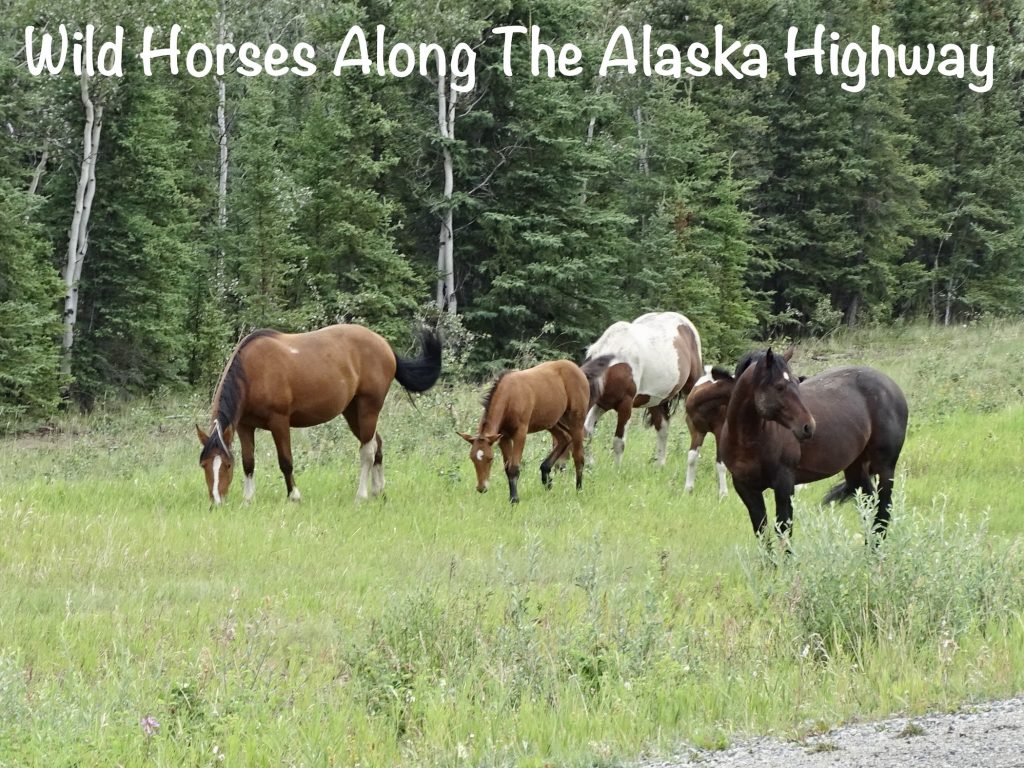
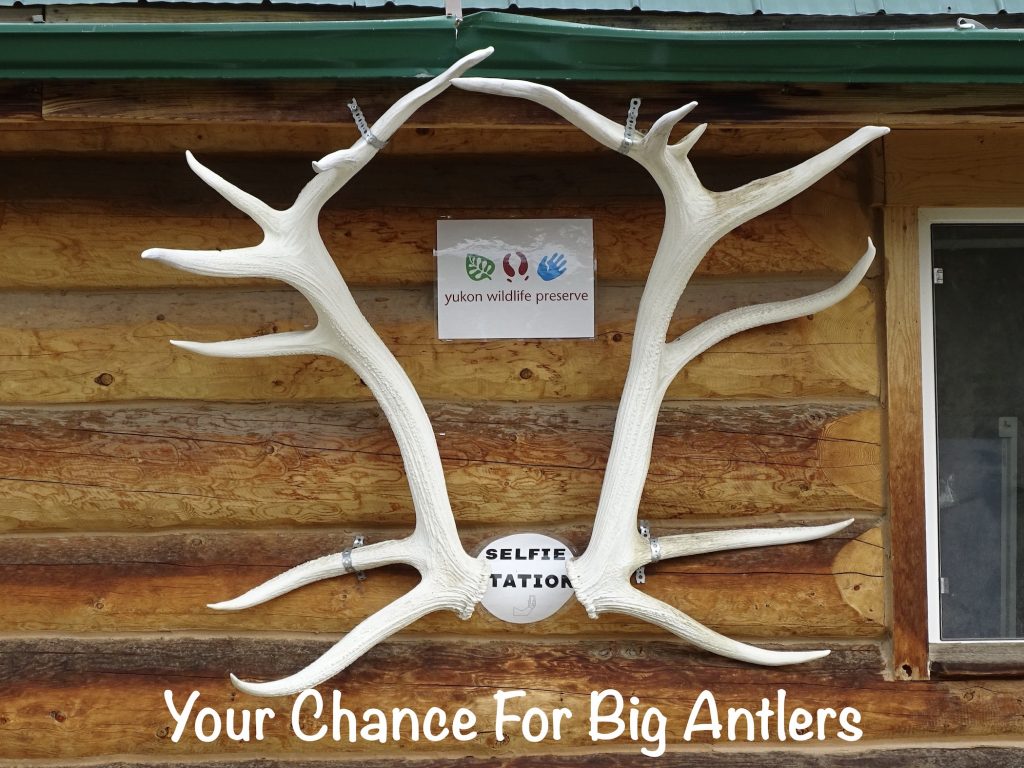
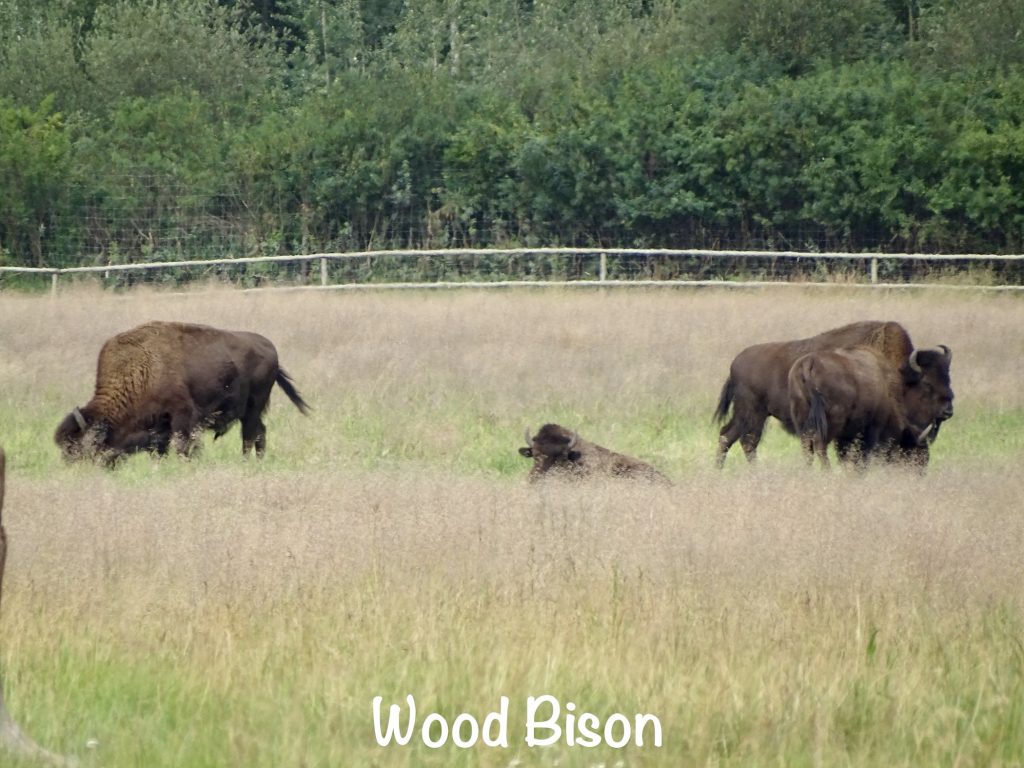
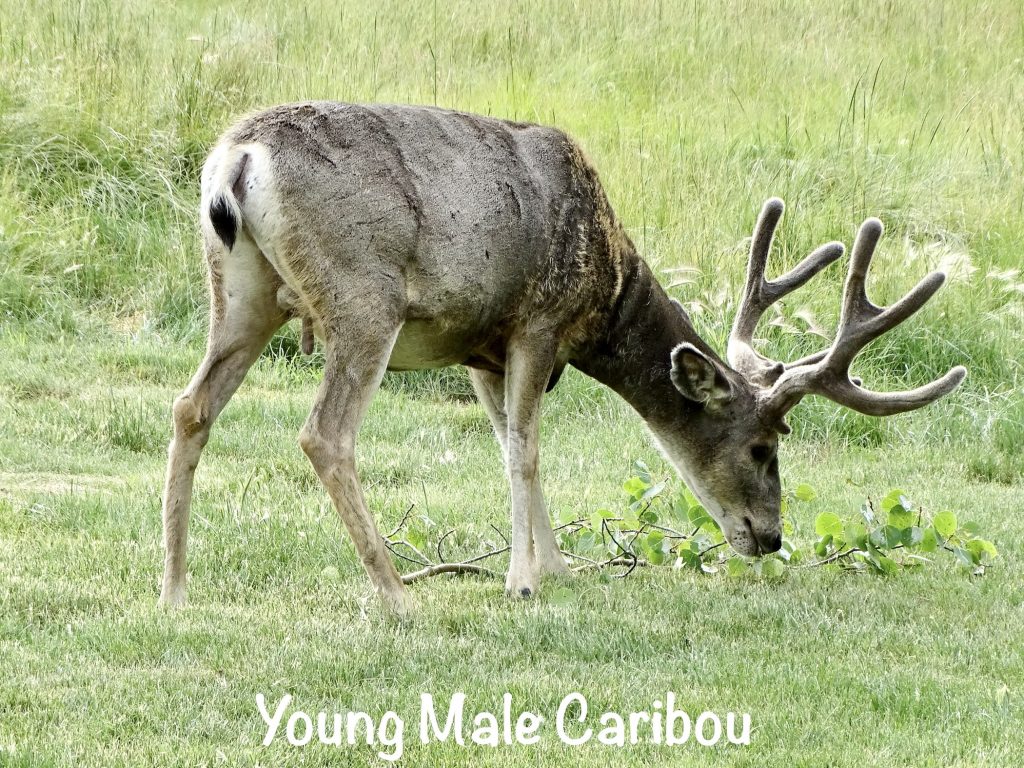

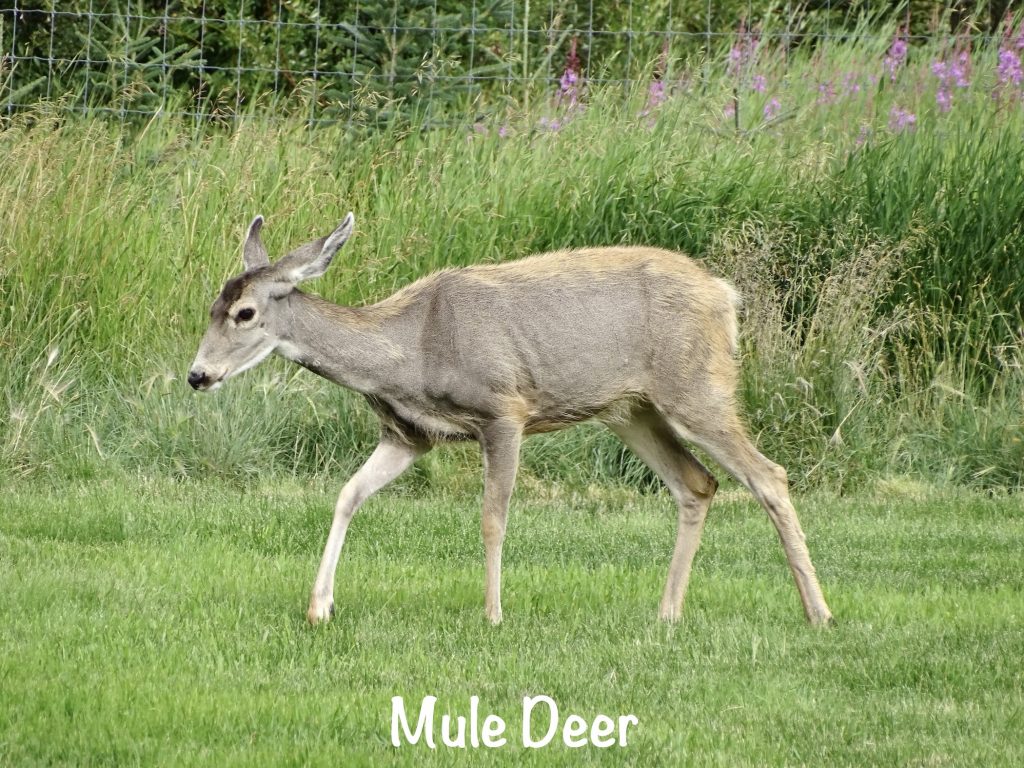
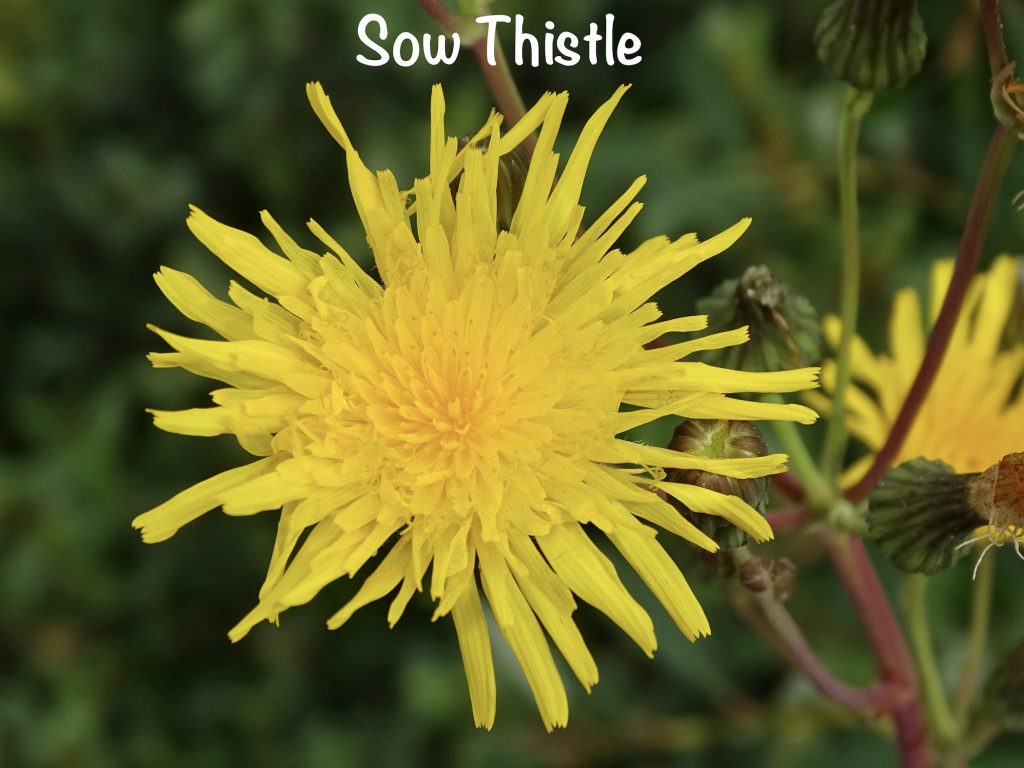
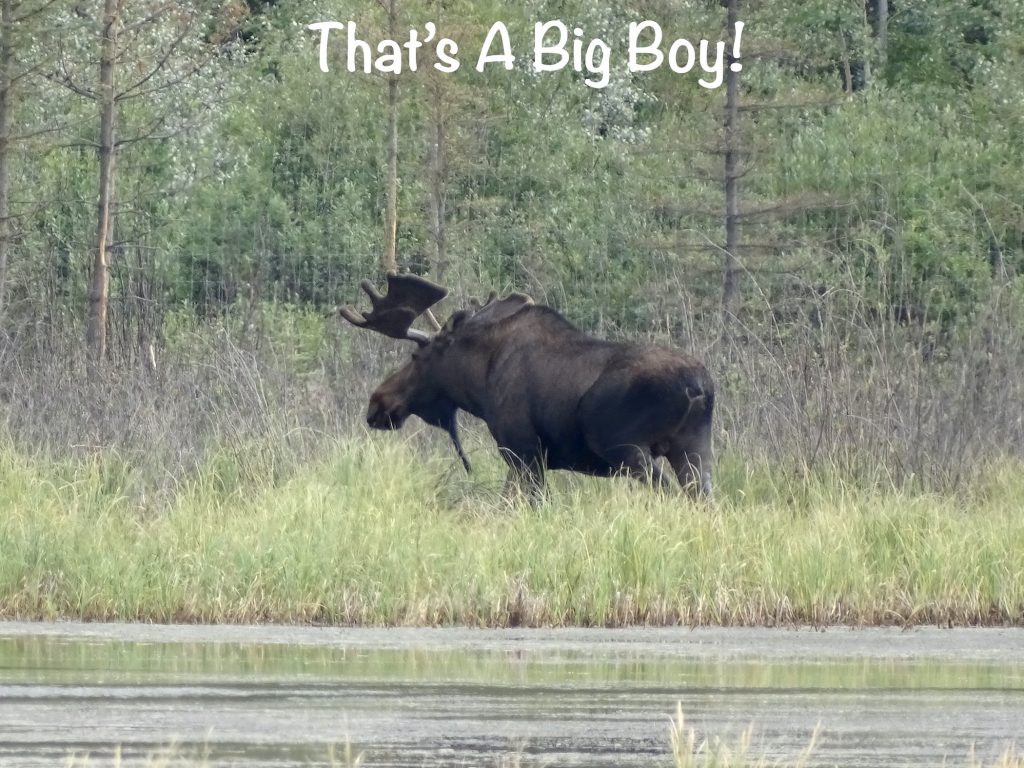
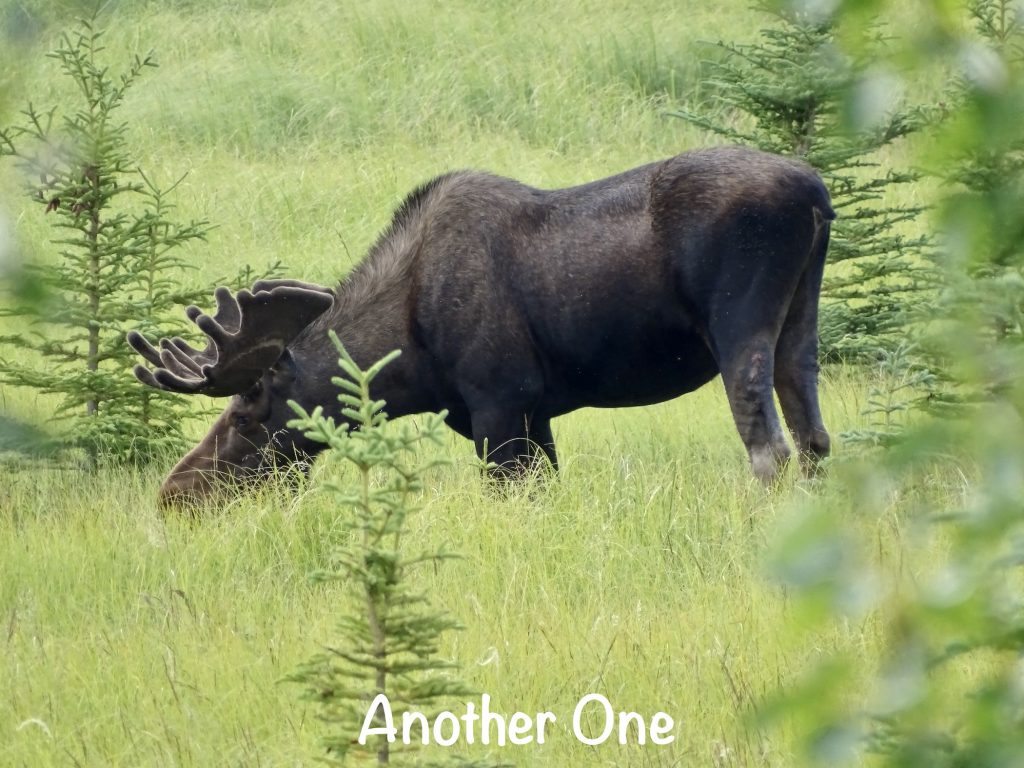
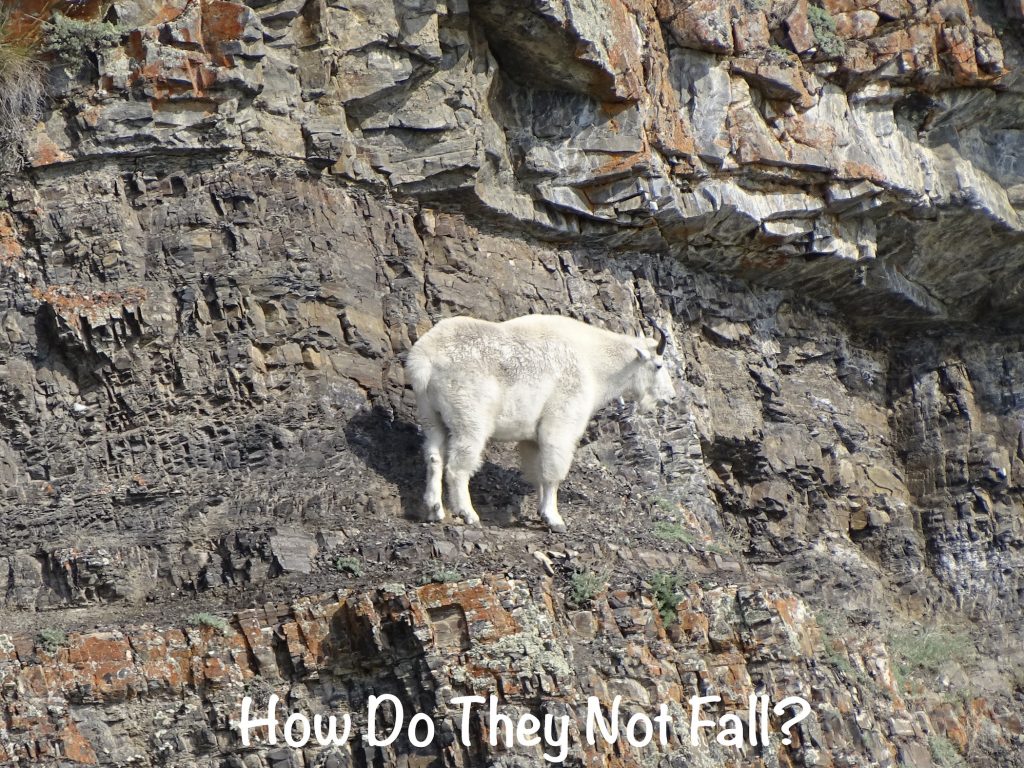
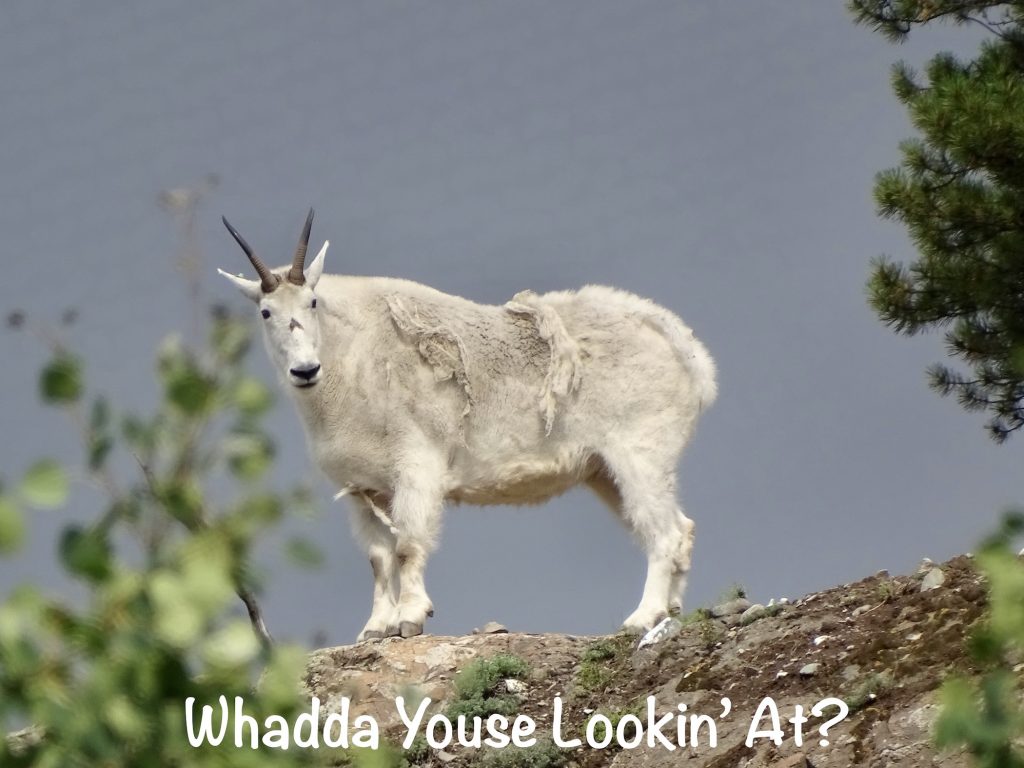
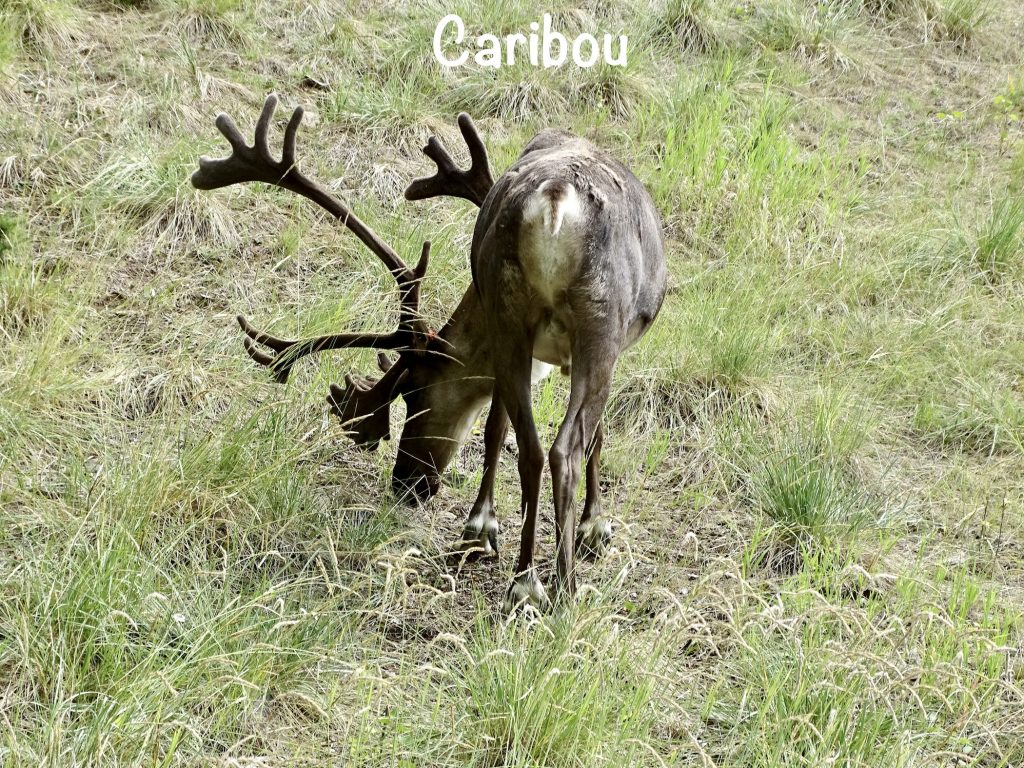
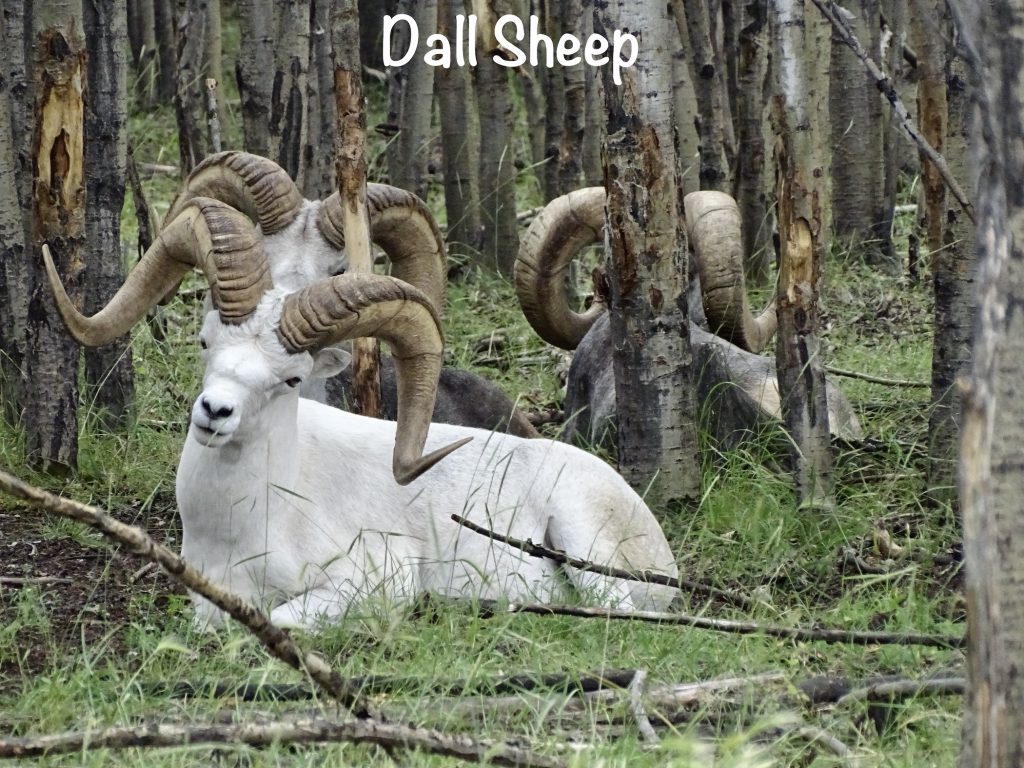
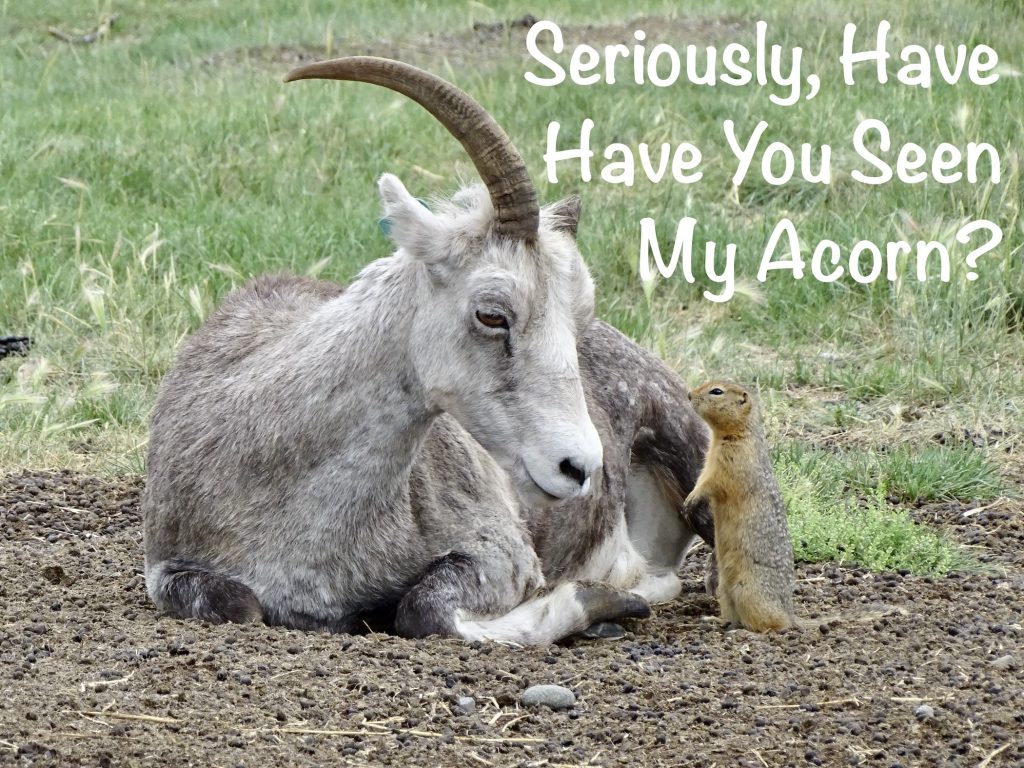
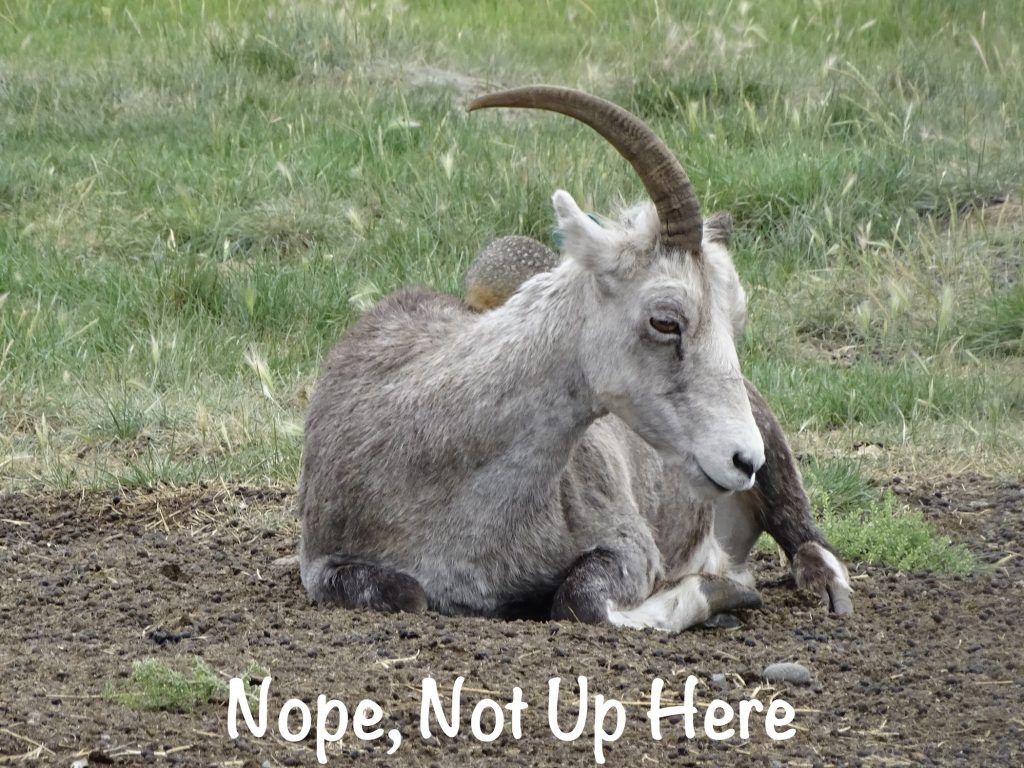

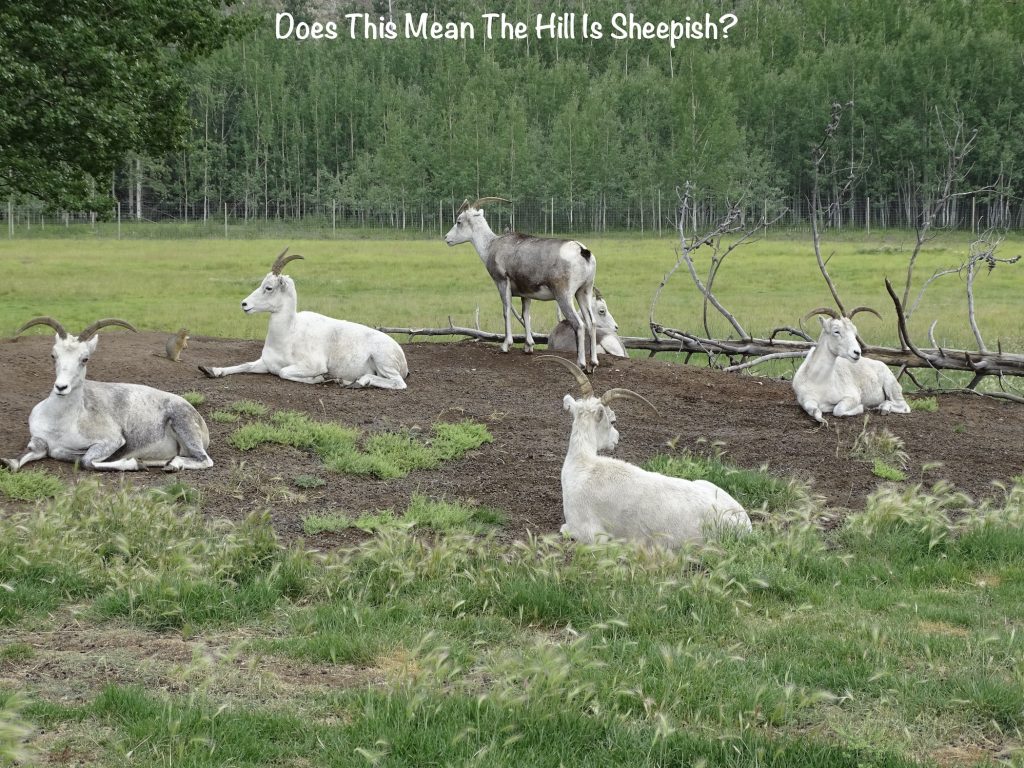
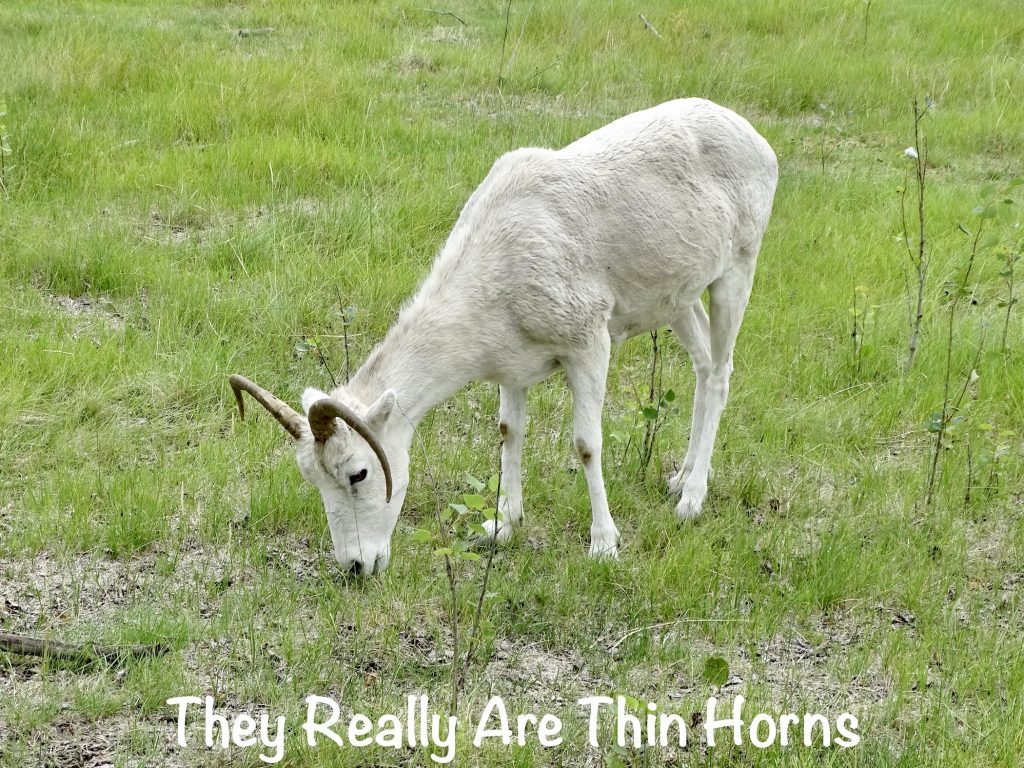
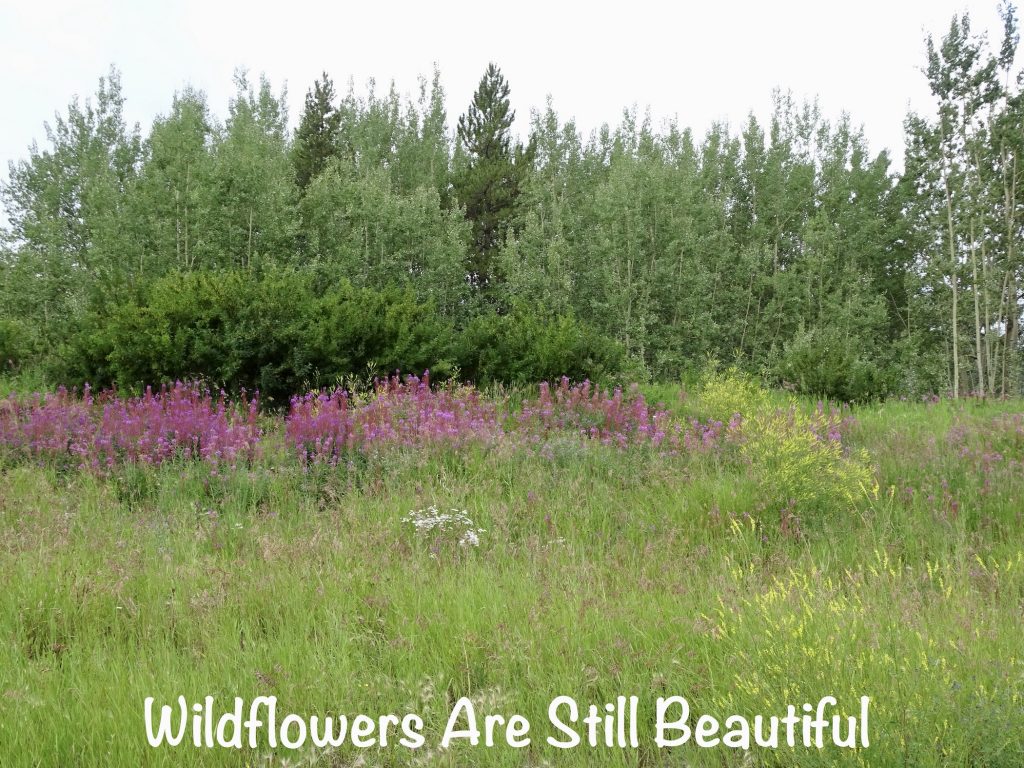
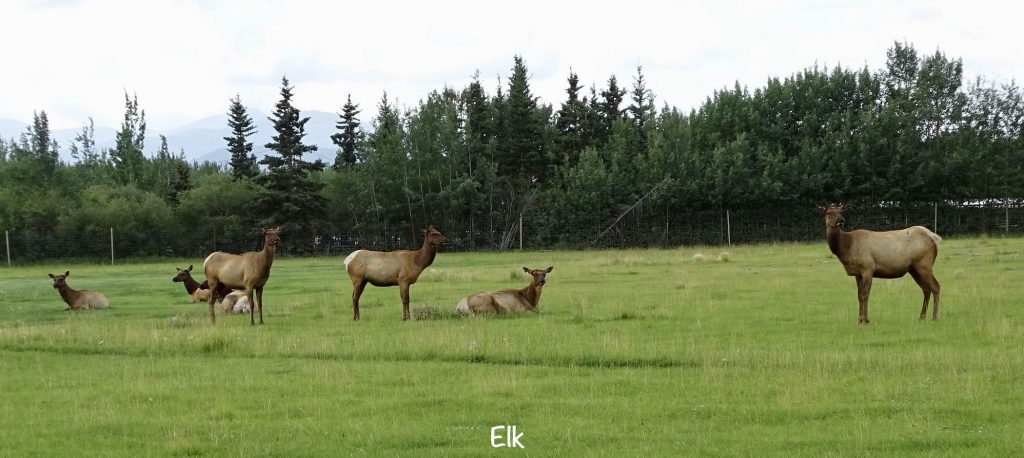
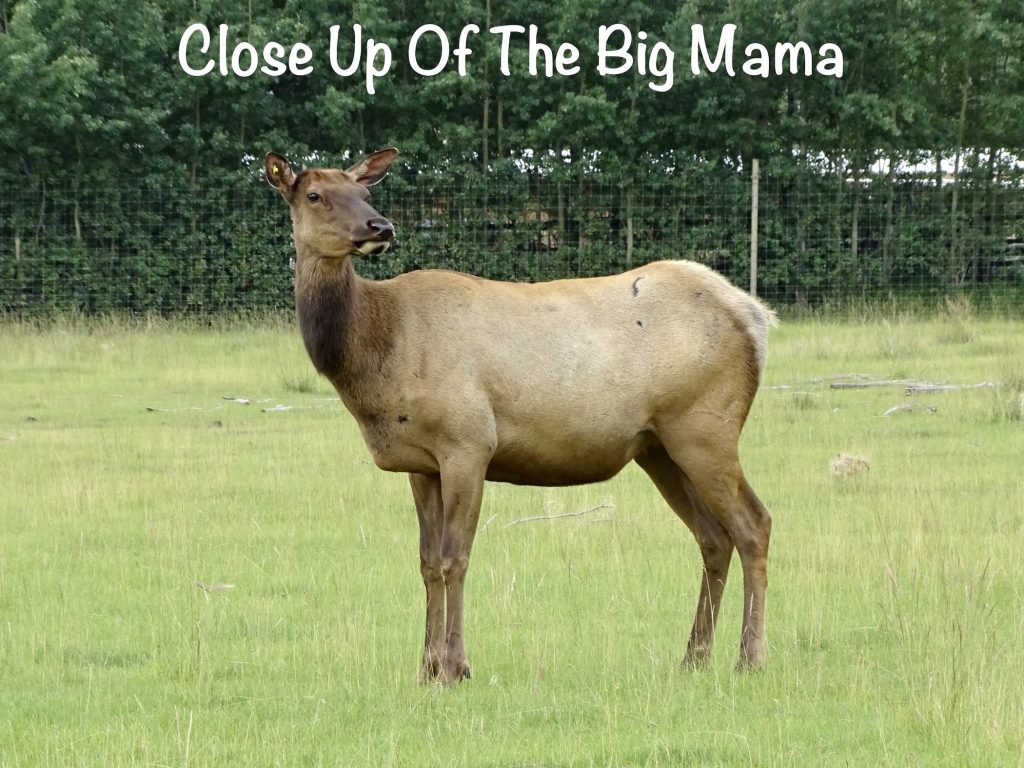
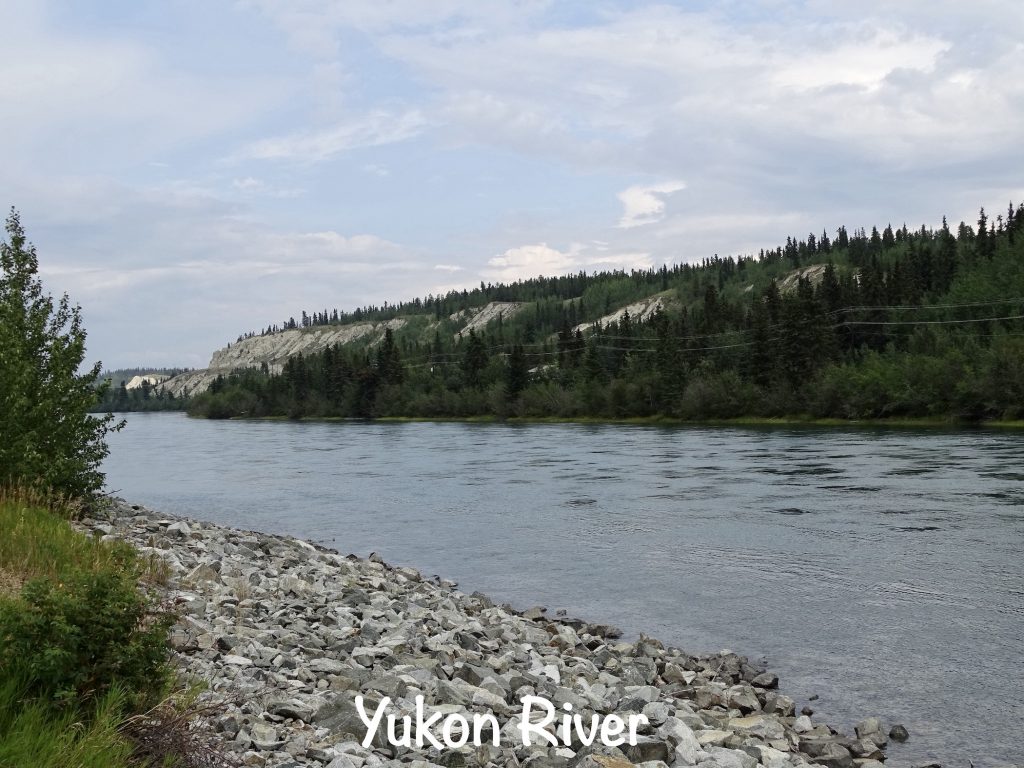
After getting everything set up, we were about to relax a bit when MW saw HUGE flames at the opposite end of the campground. Wildfire had been a constant issue in Canada this summer, and we were a little concerned at flames leaping 15′ in the air. We, along with several other campers, went to check it out, and found people on the neighboring property burning one of three giant piles of debris. Just then I realized that a sound I could not identify while we were setting up was actually a huge amount of accelerant catching fire…POOF, like your gas grill on steroids. The fire ban had been lifted in this area a couple of days before, but creating those types of flames right at the edge of a spruce forest and full campground seemed irresponsible. The campground owner showed up, too, and said he called someone. When MW checked back later, the flames were not visible. Honestly, after all of the fire news in Canada, Alaska, and the lower 48 this season, that helped me sleep easier.
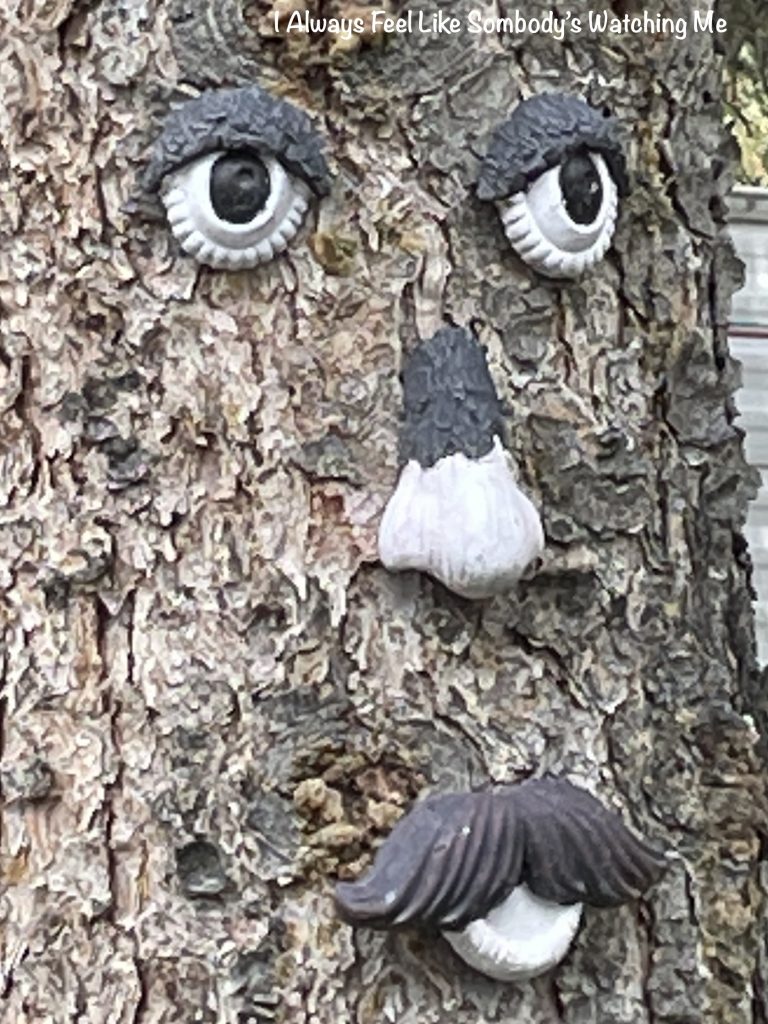
On Tuesday we headed over to Boston Pizza for lunch. Can’t remember if I shared this before, but I love their slogan: “A Canadian company with an American name founded by a Greek sailor serving Italian food”. They have pretty awesome wings, too. After lunch we headed over to the Whitehorse Fishladder and Hatchery. What a cool place. Located along the Whitehorse Rapids, this is the longest wooden fish ladder in the world at 1,182′, and steps up a rise of 60′. It’s job is to help fish pass safely around the Whitehorse Rapids Dam. Every year salmon and other species work their way up the ladder to return to their spawning grounds. The hatchery, located downstream, has been working since 1984 to repopulate chinook salmon. They later added other species like Arctic char, Kokanee salmon, and several types of trout. A couple of things I learned: 1) If you catch a salmon in this river, you can tell whether it is the product of the hatchery or born in the wild. Salmon have dorsal fins, but nearer to their tails they also have an adipose fin. In the hatchery, this is removed to make identification easier. So, anything you catch that has one was born in the wild. 2) Chinook salmon migrate from the Bering Sea up the Yukon River for almost 2,000 miles before spawning. 3) The hatchery raises about 150,000 salmon fry each year. 4) The Yukon’s lake trout and chinook salmon are both from the Salmonidae family, although still very different. Sadly, we didn’t get to see salmon working their way up the ladder, but they do have a live feed every season to see if you can catch a glimpse.
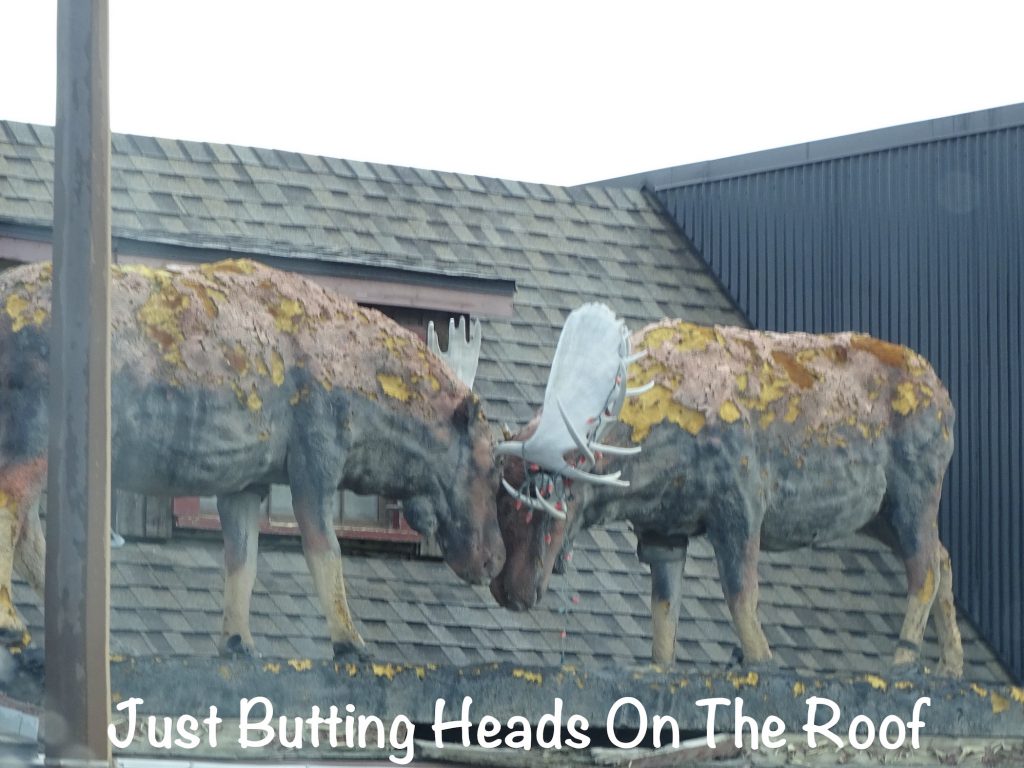
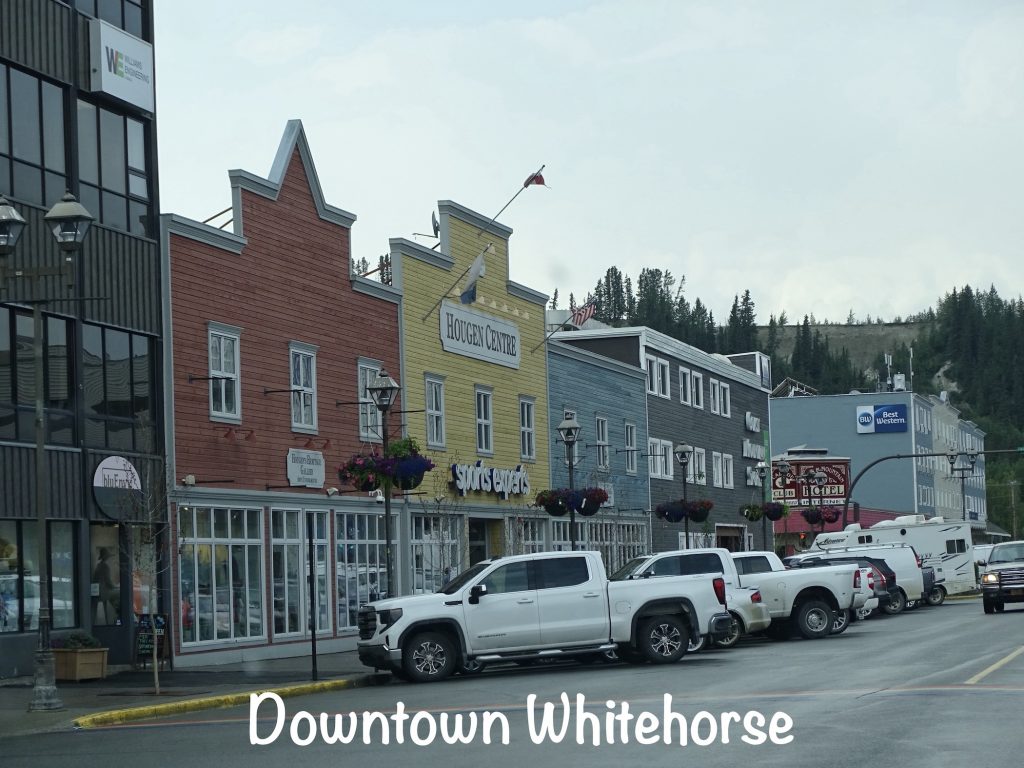
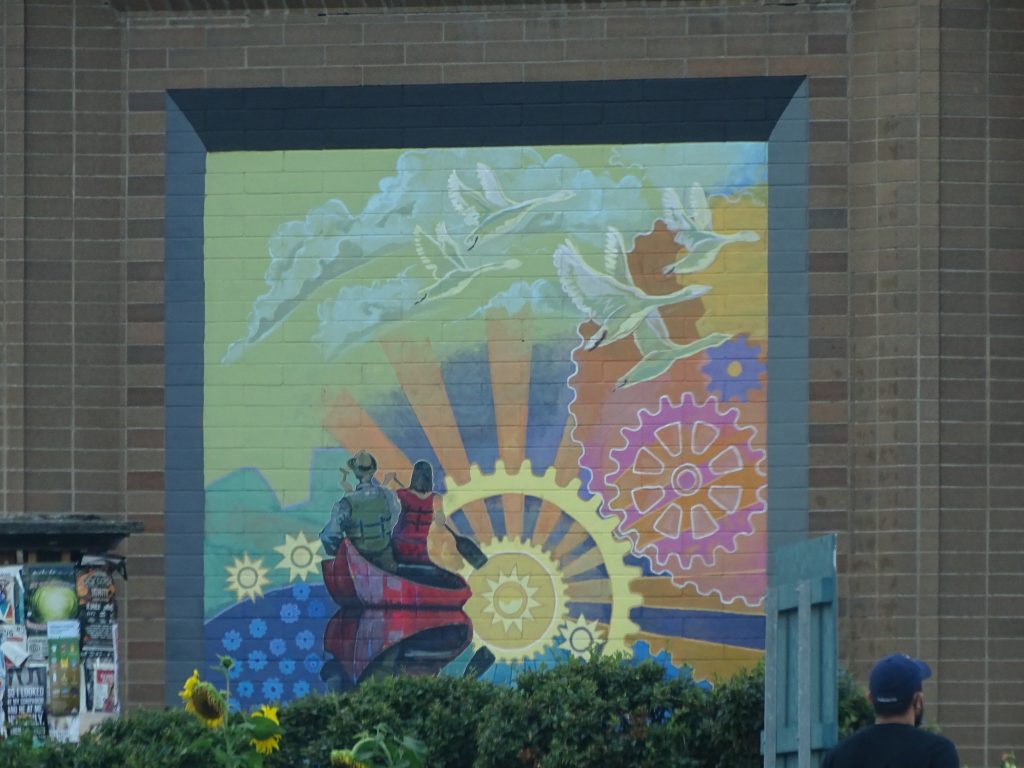
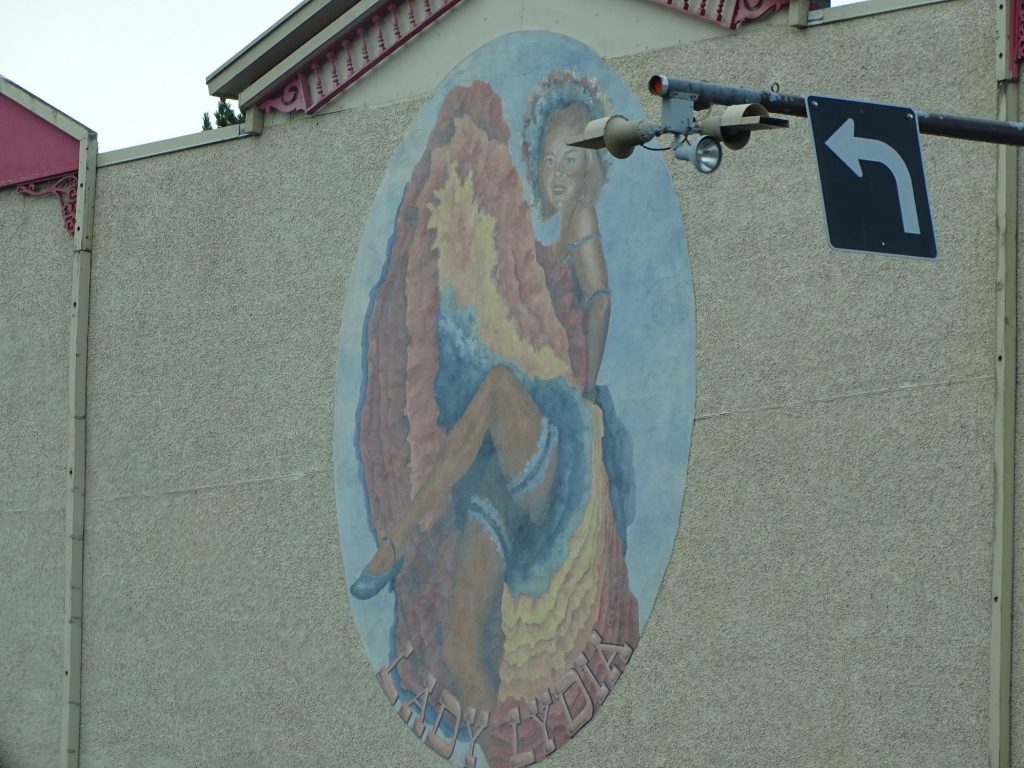
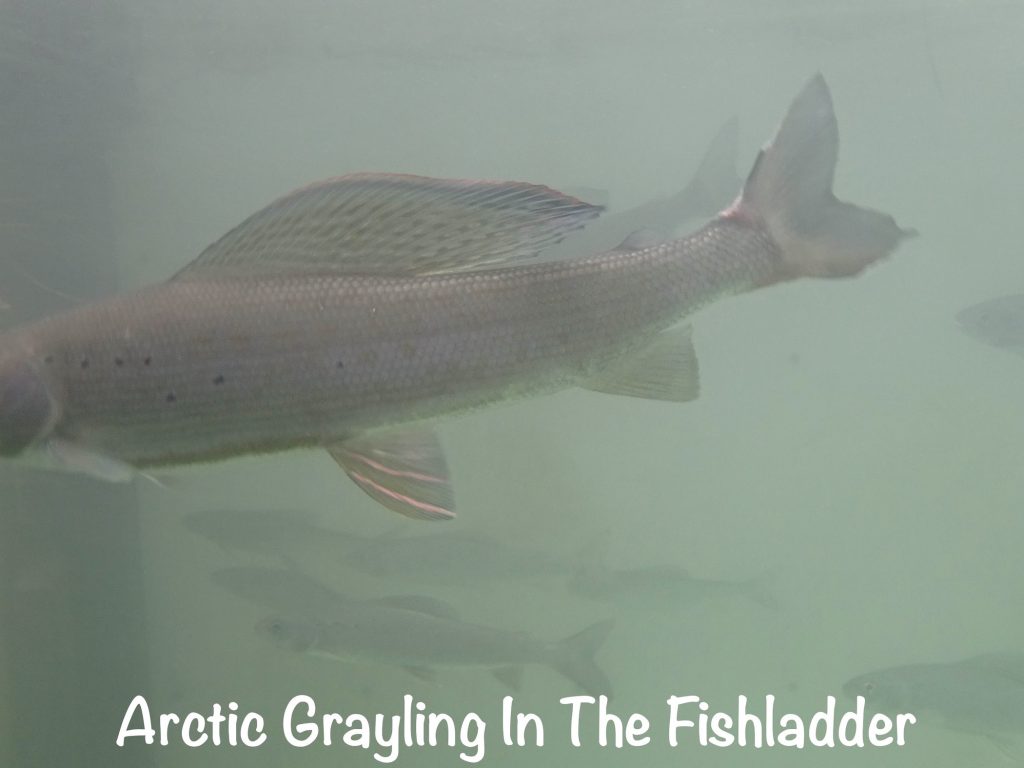
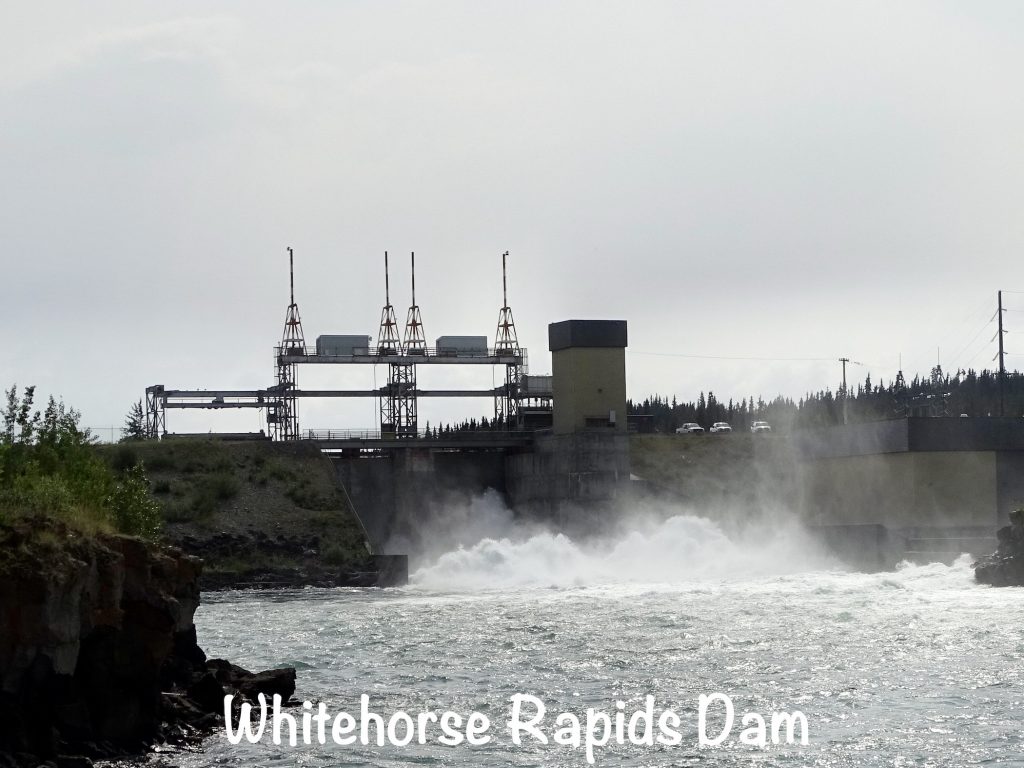
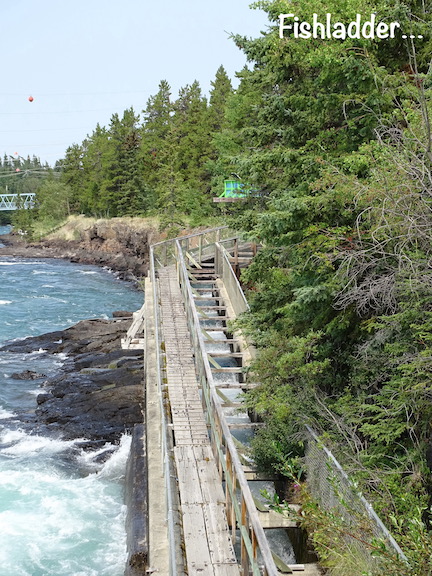
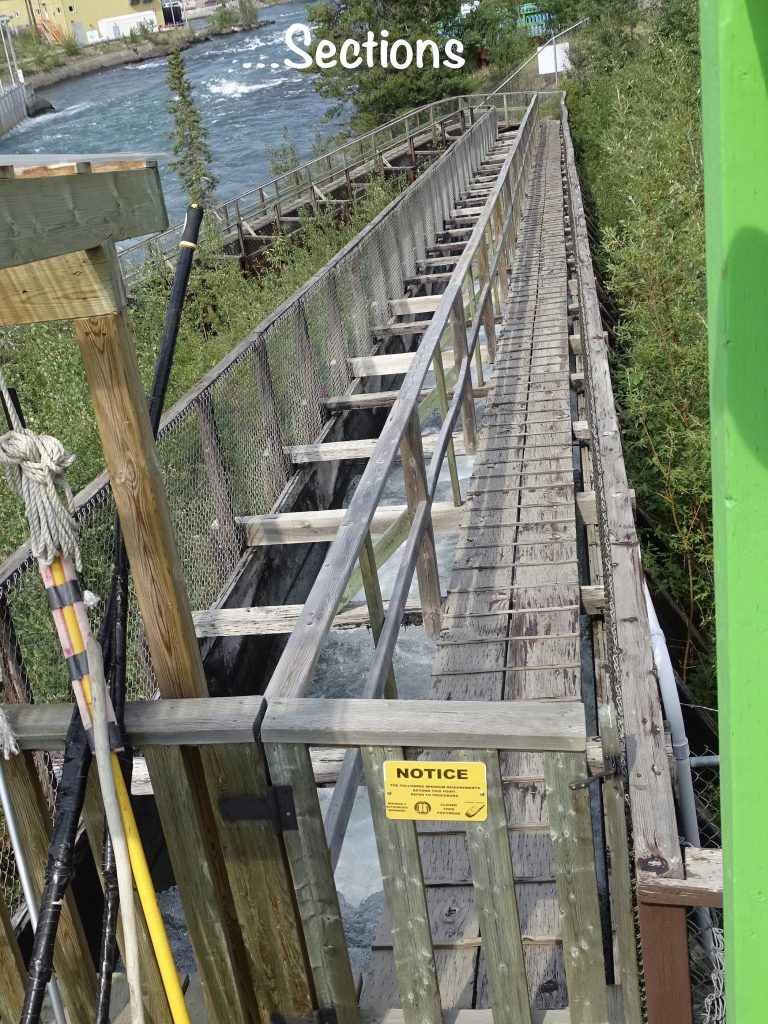
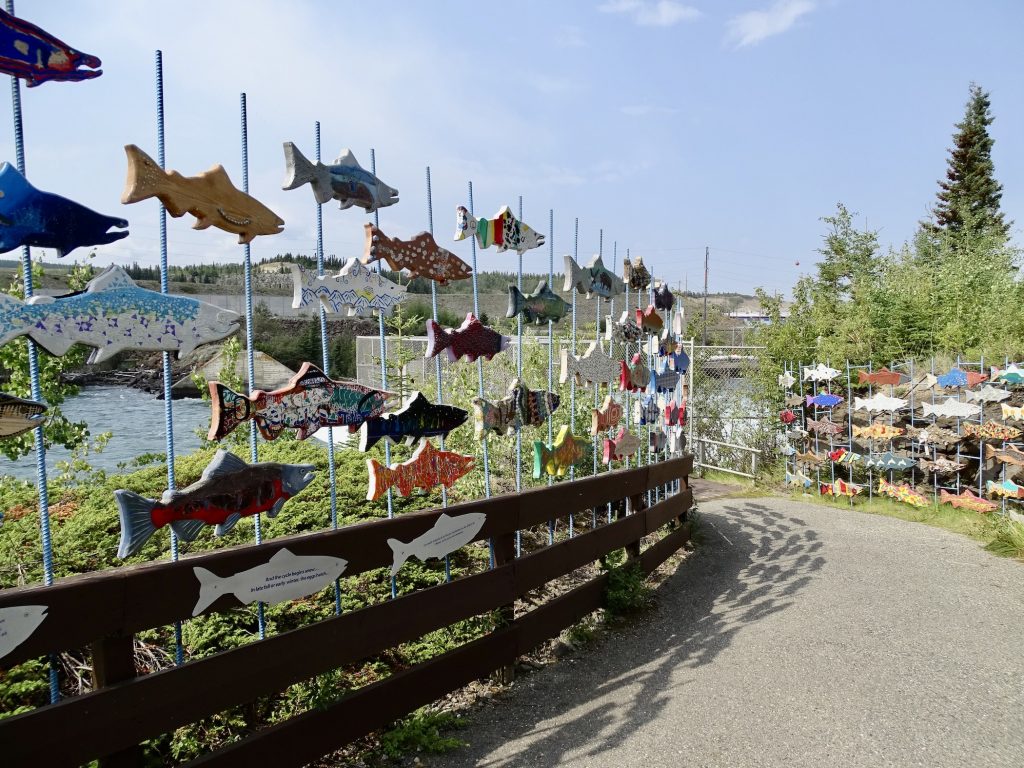
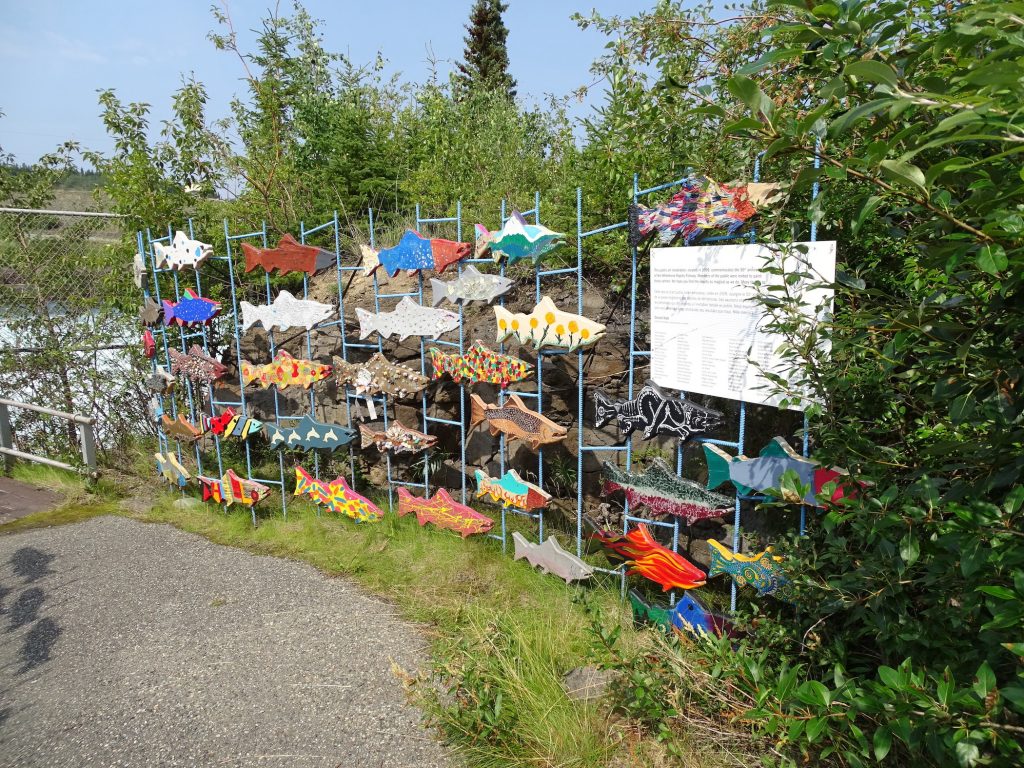
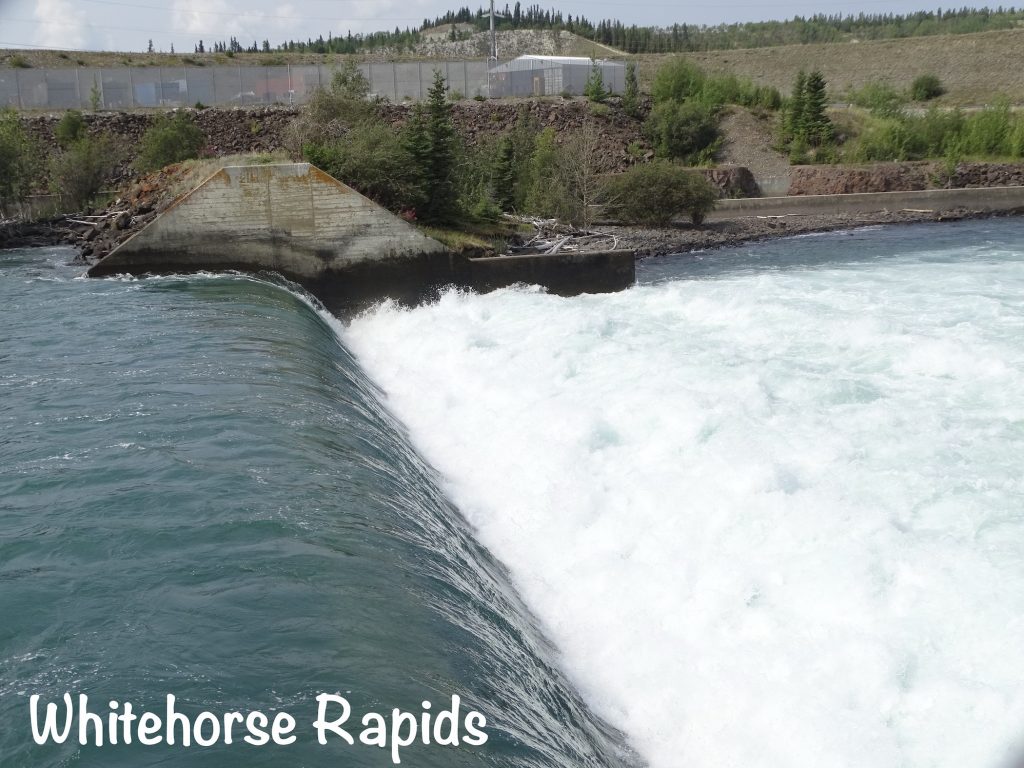
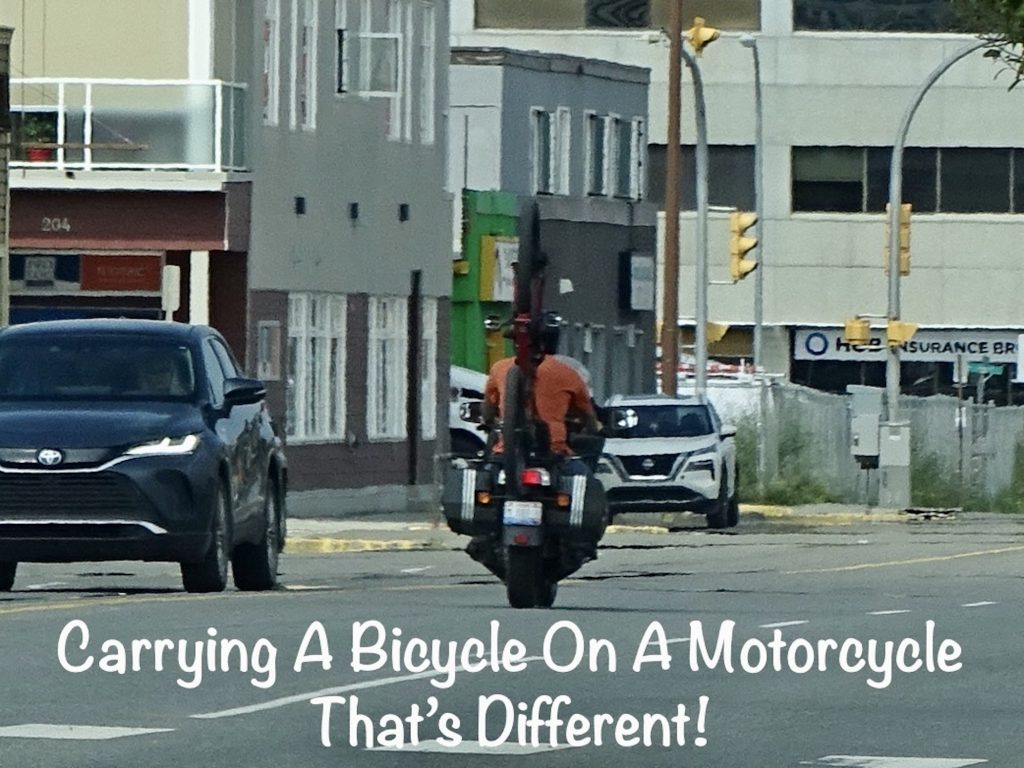
Next we headed over to see a little bit of Yukon history, the SS Klondike, a 210′ long, 41.9′ wide sternwheeler. Back in the day, this boat was the largest of its kind operating on the upper Yukon River running freight from Whitehorse up to Dawson City. Originally used as an ore hauler, she started her career in 1929, but only lasted a few years before sinking in 1936. By 1937, the salvaged and rebuilt version was back on the water. Before roads boats like this were the only means of getting goods into the Yukon mining camps and settlements. The enormous boats were hauled out for about 7-1/2 months each year when the river was frozen, so it required quite a bit of planning to keep stock up. The first shipments to make it through in the spring were usually lots of food and liquor. The amazing thing about these boats is the draught, or the depth below the surface. The S. S. Klondike could carry 300 tons, (that’s 600,000 lbs!) with her flat-bottomed hull only extending below the surface about 40 INCHES! People back then said riverboats could “float on a dew”. For extra cargo or to transport dangerous materials, she would push a barge. You may recall pics I previously posted from Five Finger Rapids showing huge piles of wood stacked along the river. They burned one cord (4′ x 4′ x 8′) per hour, and when the wood stores got low, they pulled over and reloaded from those piles. The SS Klondike carried passengers and cargo until 1955, before retiring as the last of its kind in active service on the Yukon. This beautiful piece of history will be closed down for a couple of years after this season for some restoration work.
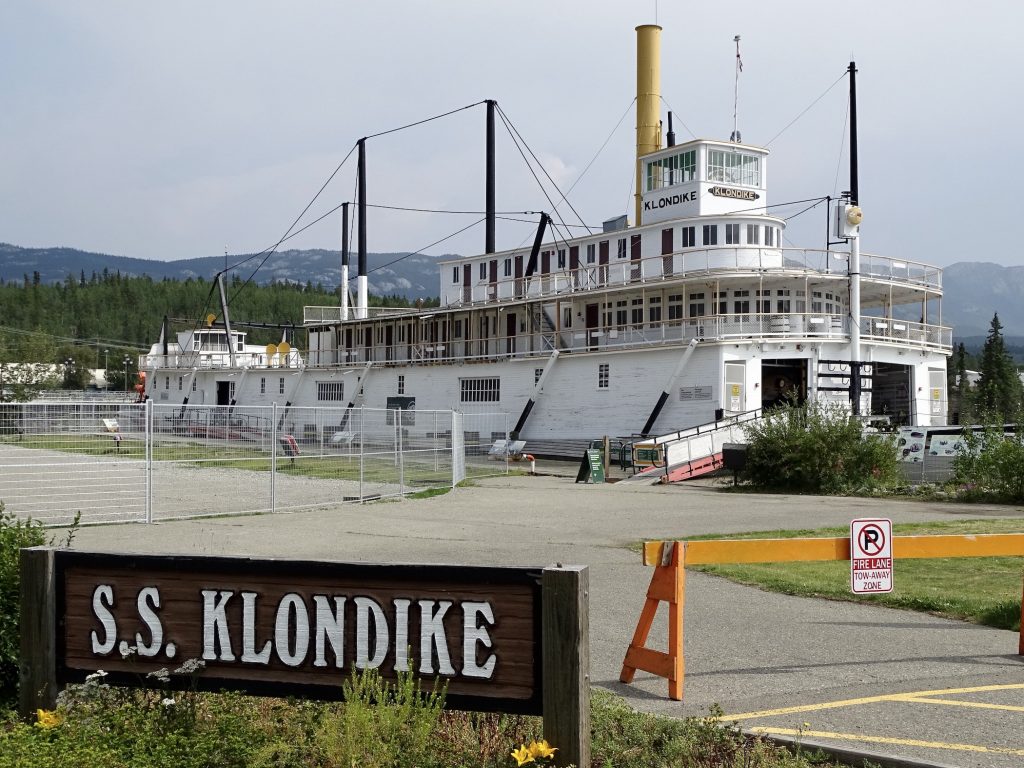
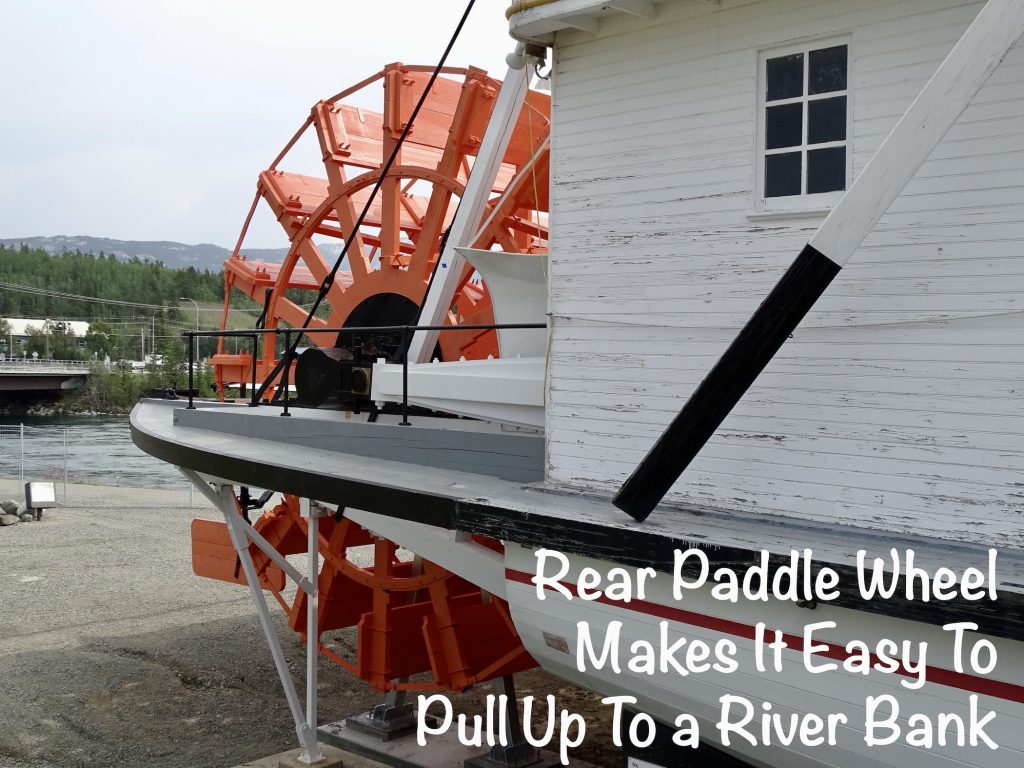
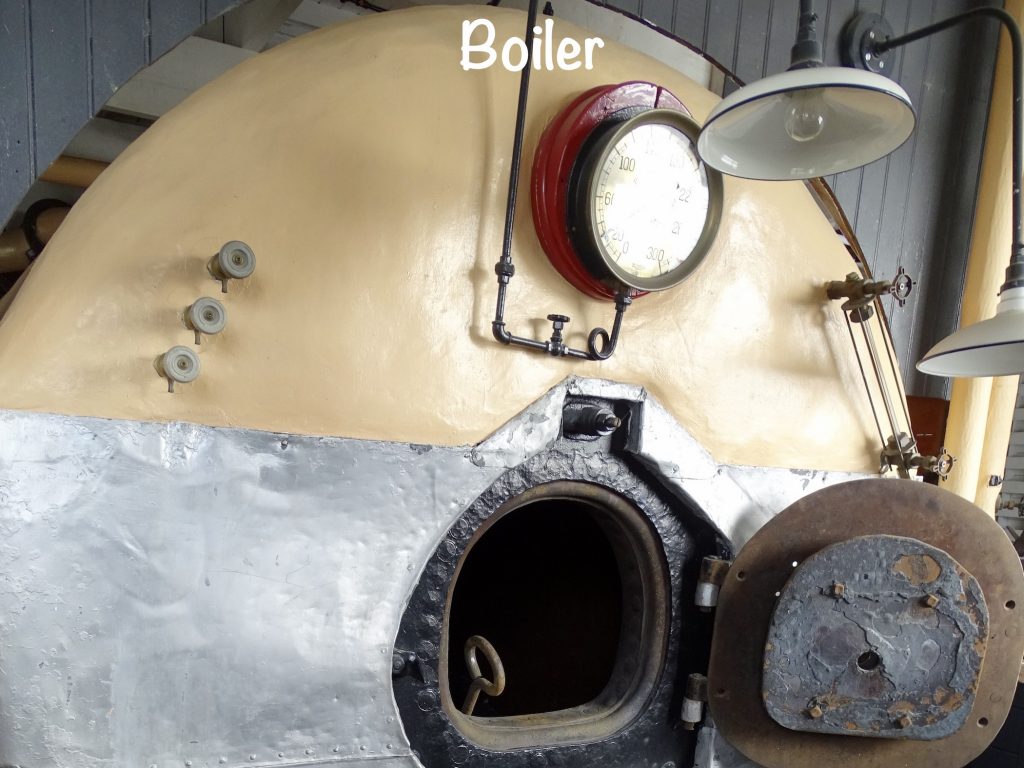
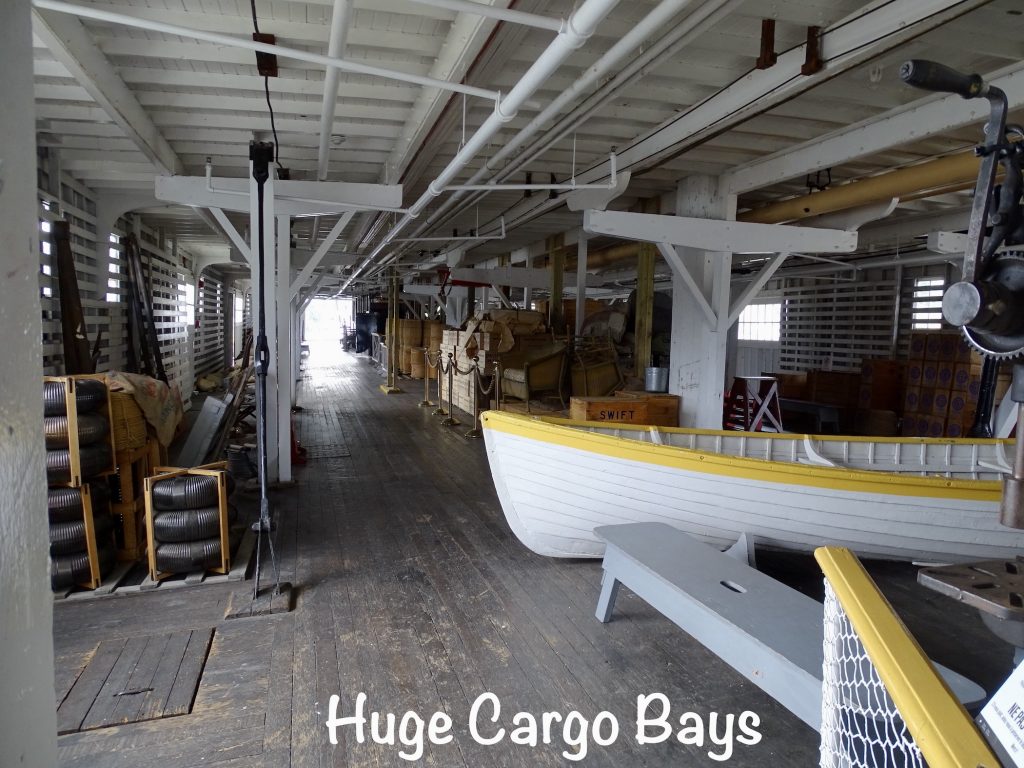
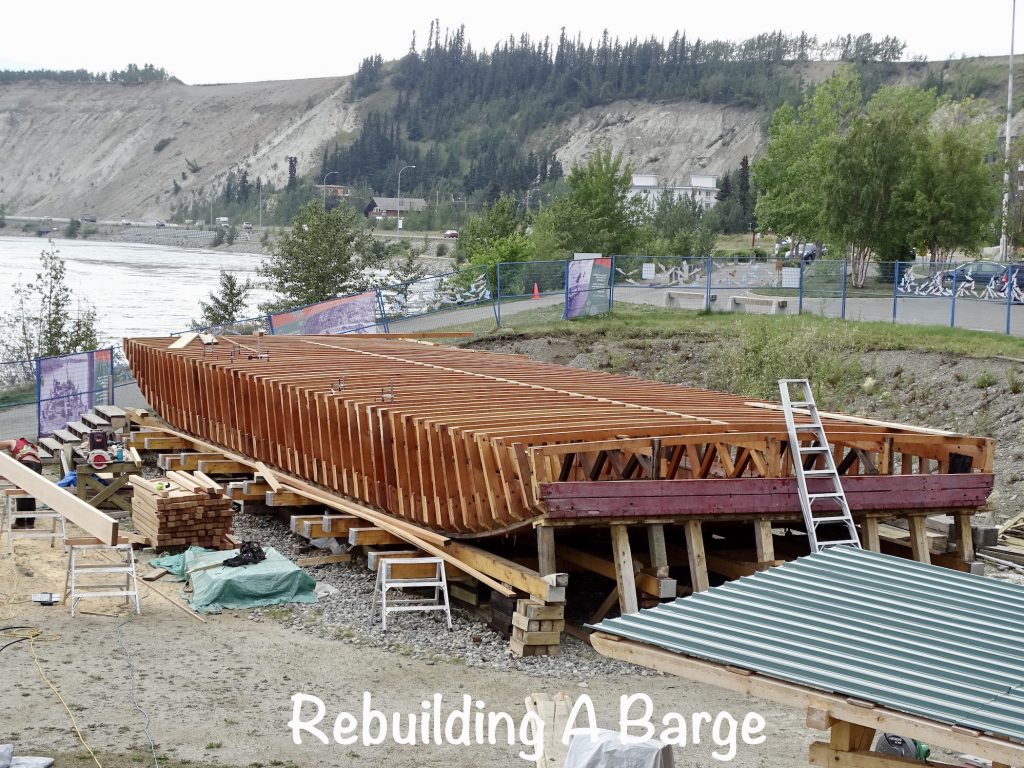
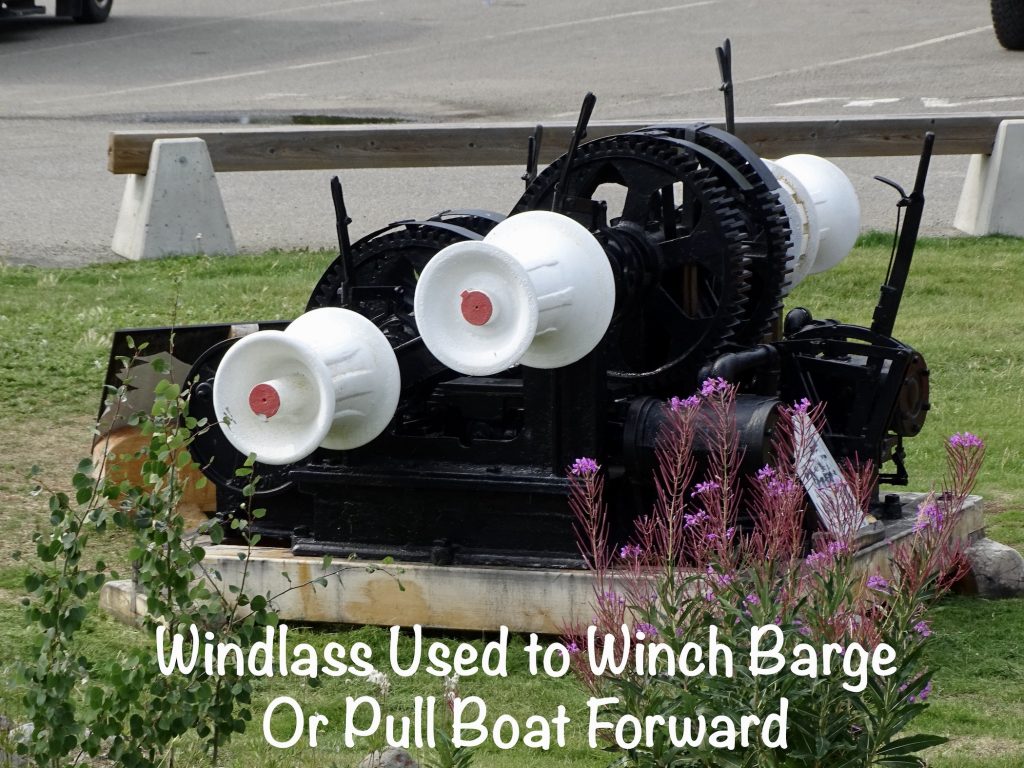
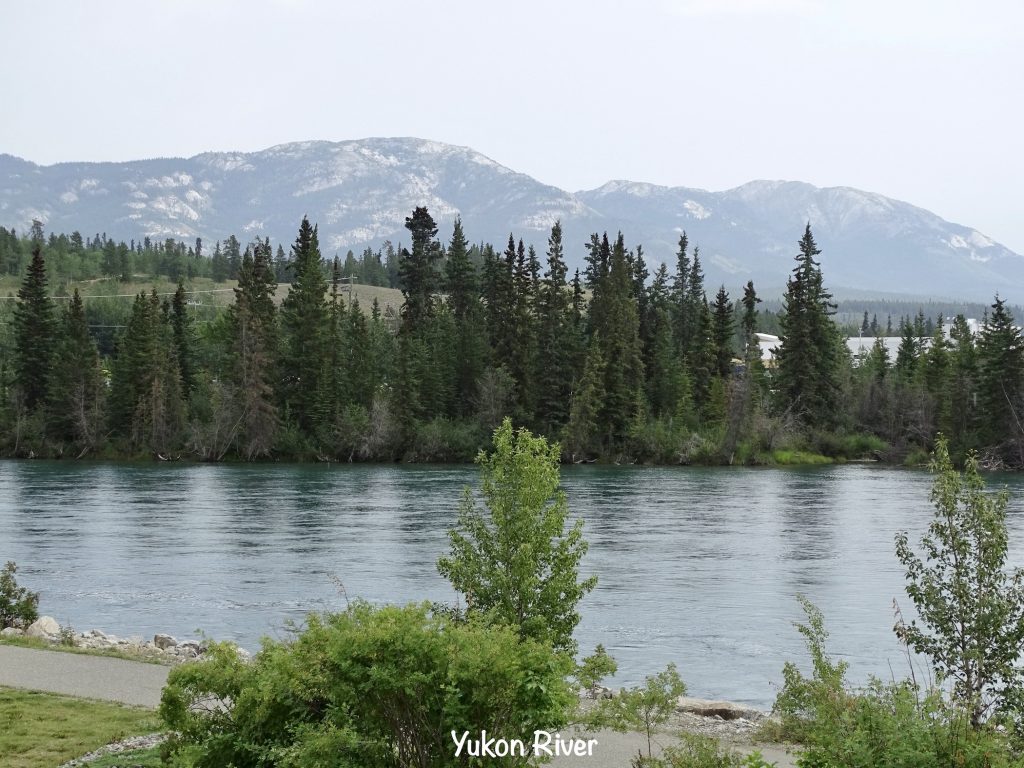
After finishing up our tour, we grabbed a few groceries at The Real Canadian Superstore, took some pics of Whitehorse, then headed back to Petunia to put our feet up.
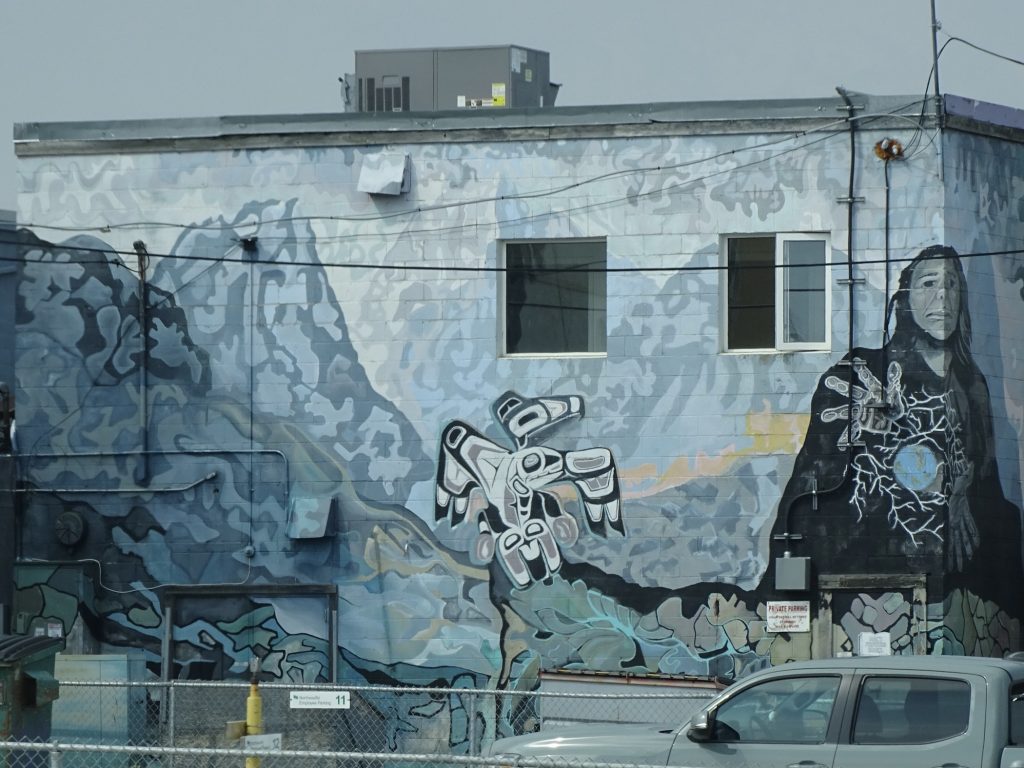
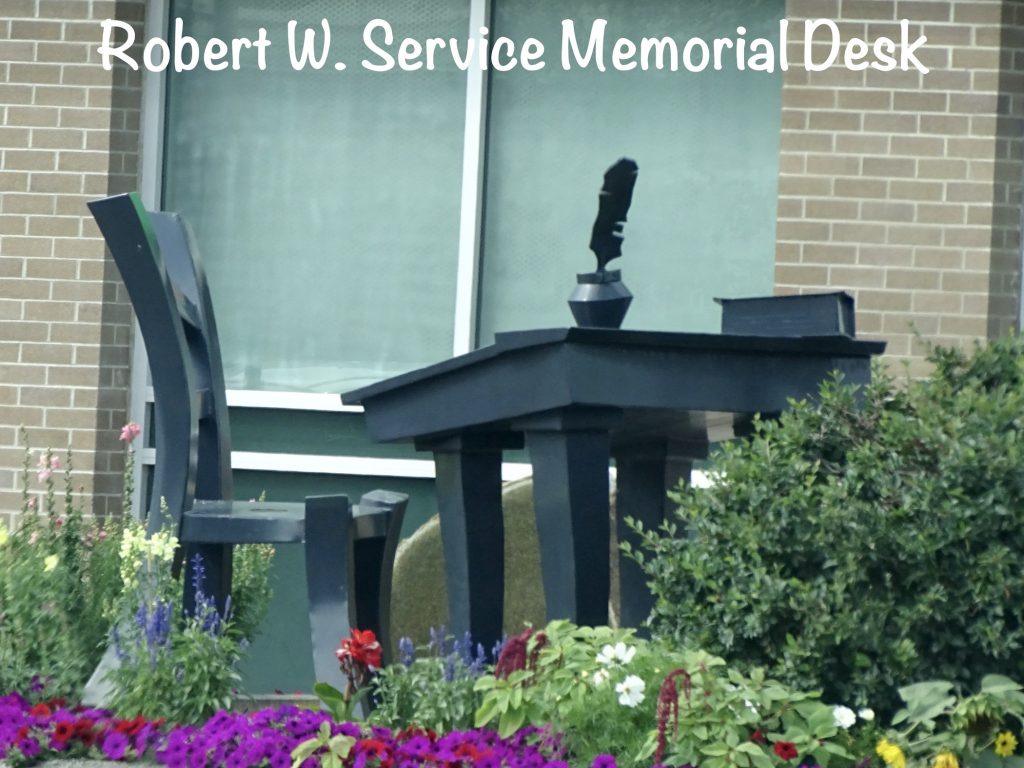
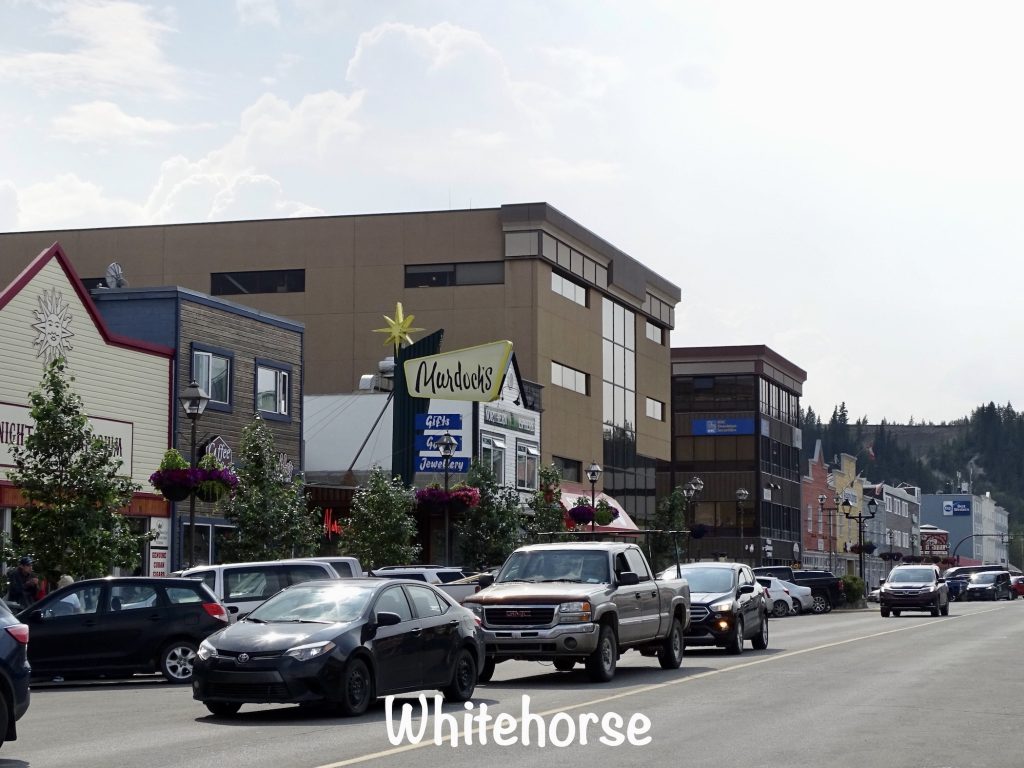
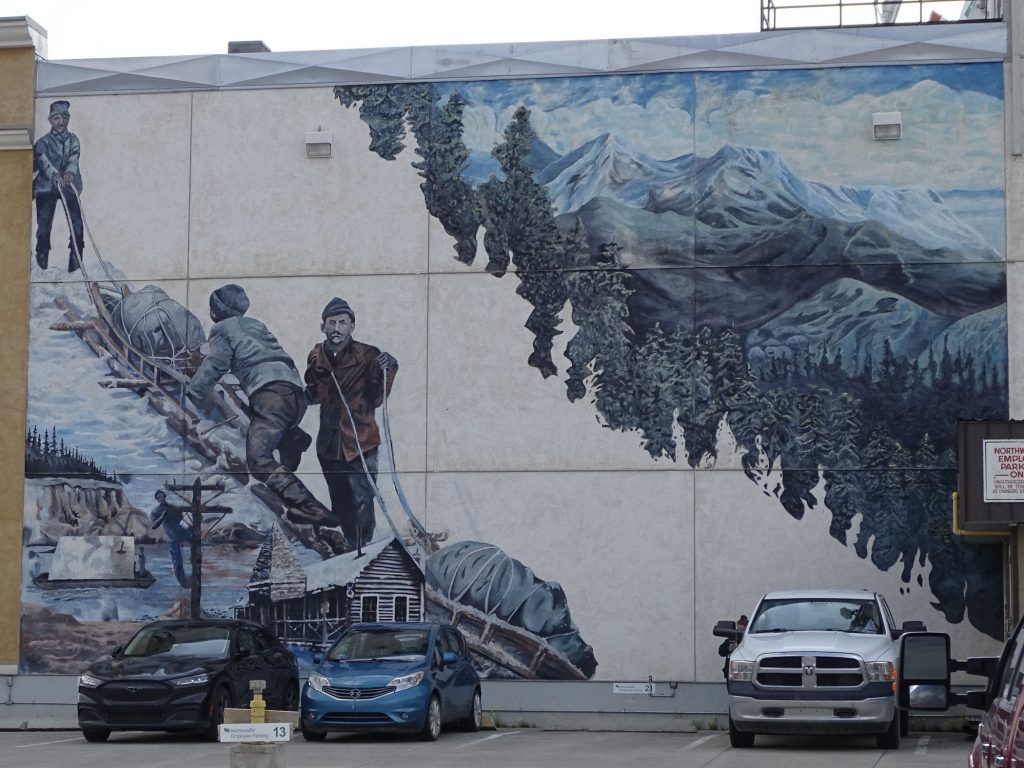
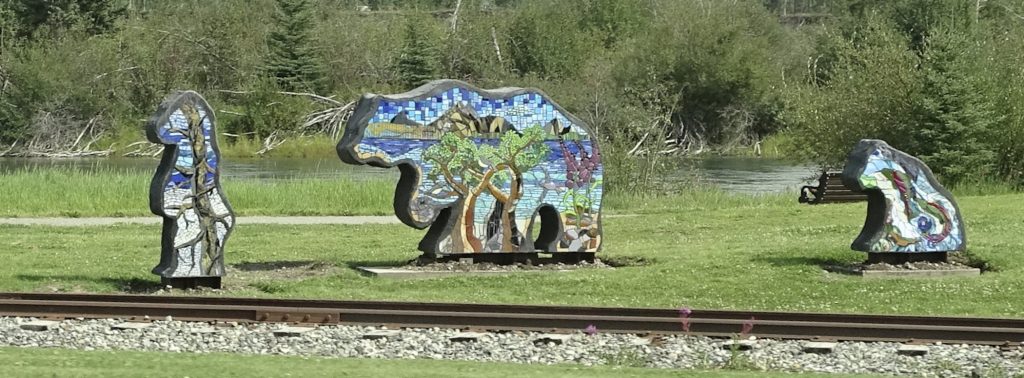
On Wednesday we headed out for a little museum tour, but started with lunch at the restaurant at The Yukon Inn. This place was supposed to be a “smoke house & grill”, but didn’t have any barbecue on the menu. The food wasn’t bad, though, and the waitress was really nice. Next we headed over to the Yukon Transportation Museum to take a look around. As you can imagine, transportation in this rugged territory has been a challenge over the years, and this museum tells that story. It is built on the site where, on April 1, 1946, the United States officially handed the Alaska Highway to Canada. A few of the interesting things learned: 1) Except for Tlingit, all of the Yukon indigenous languages belong to the Athapaskan family. What other languages are related? Some Alaskan communities, the Kets in Siberia, AND the Navajo and Apache in the southwestern United States. 2) When the Alaska Highway was first built, there were lodges fairly close together all along the route. Today, although many survive, you will see the remains of those that did not. The reason: As the road improved, the drive became safer and faster. Although there were more people than ever driving the route, conditions no longer forced them to stop every 30-50 miles. At that point, there were just too many lodges for the traffic to support. 3) During 1942, the population of Whitehorse grew from 600 to 10,000 almost overnight as thousands of U.S. soldiers arrived to build the highway. On the plus side, the economy boomed. On the negative, disease and overcrowding became the norm, prioritizing of military shipments meant civilian supply shortages, and crime boomed. 4) The Cold War that my age group grew up with actually began in Canada. During WWII, the Soviet Union was our ally. We even sent them 15,000 aircraft under the Lend Lease Program. At that time, Igor Gouzenko was a cipher clerk and lieutenant of the Soviet Main Intelligence Directorate stationed at the Soviet embassy in Ottawa, Ontario. Three days after the war ended, he defected, bringing with him documents on the USSR’s western espionage programs, included information on their attempts to steal nuclear secrets and the embedding of sleeper agents. It was said that Gouzenko’s efforts “awakened the people of North America to the magnitude and the danger of Soviet espionage.” I’m sure Igor would LOVE Putin…not!!
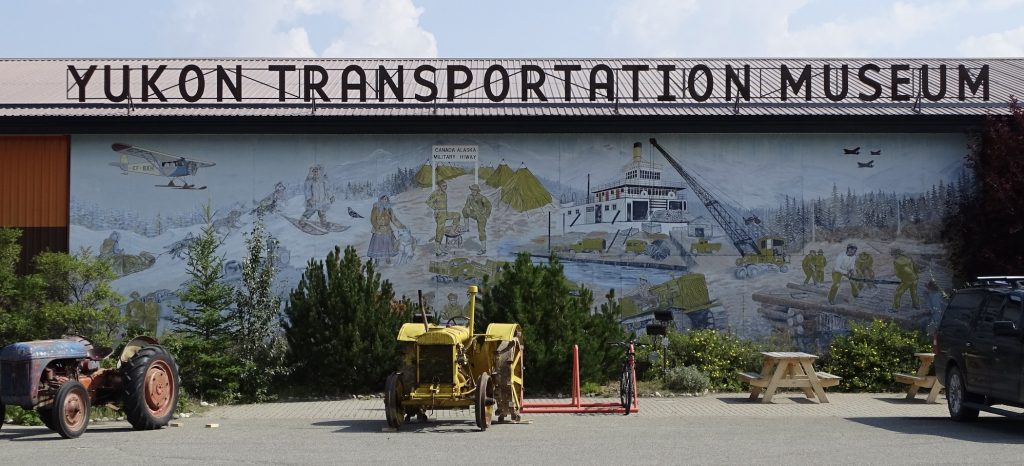
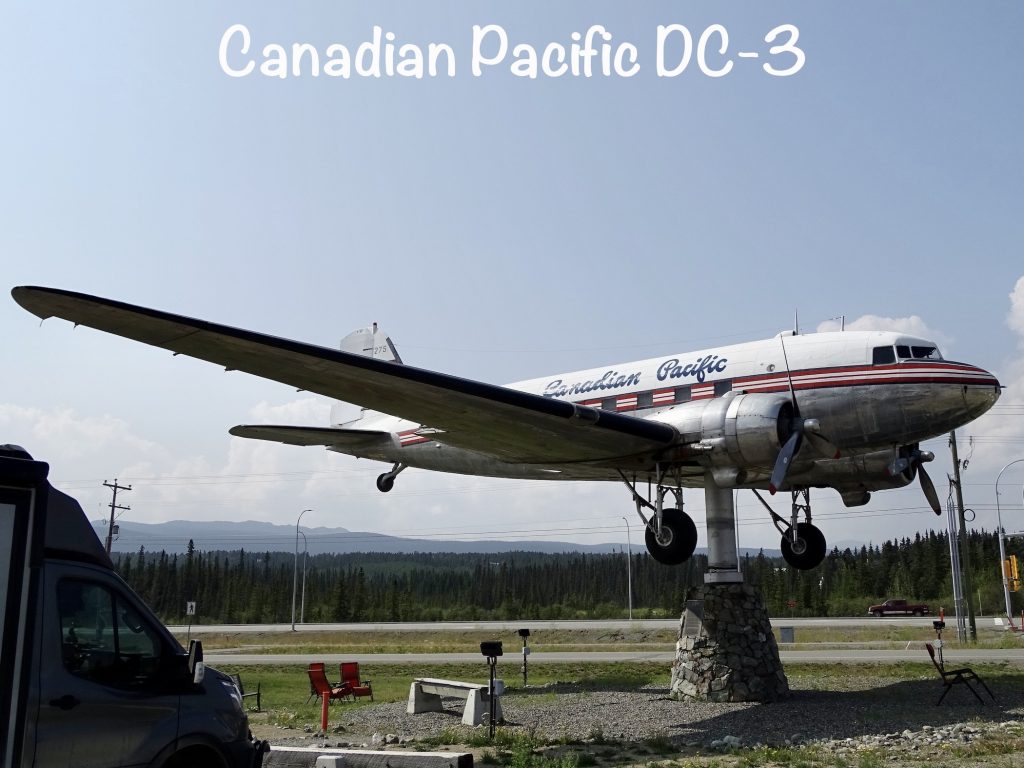
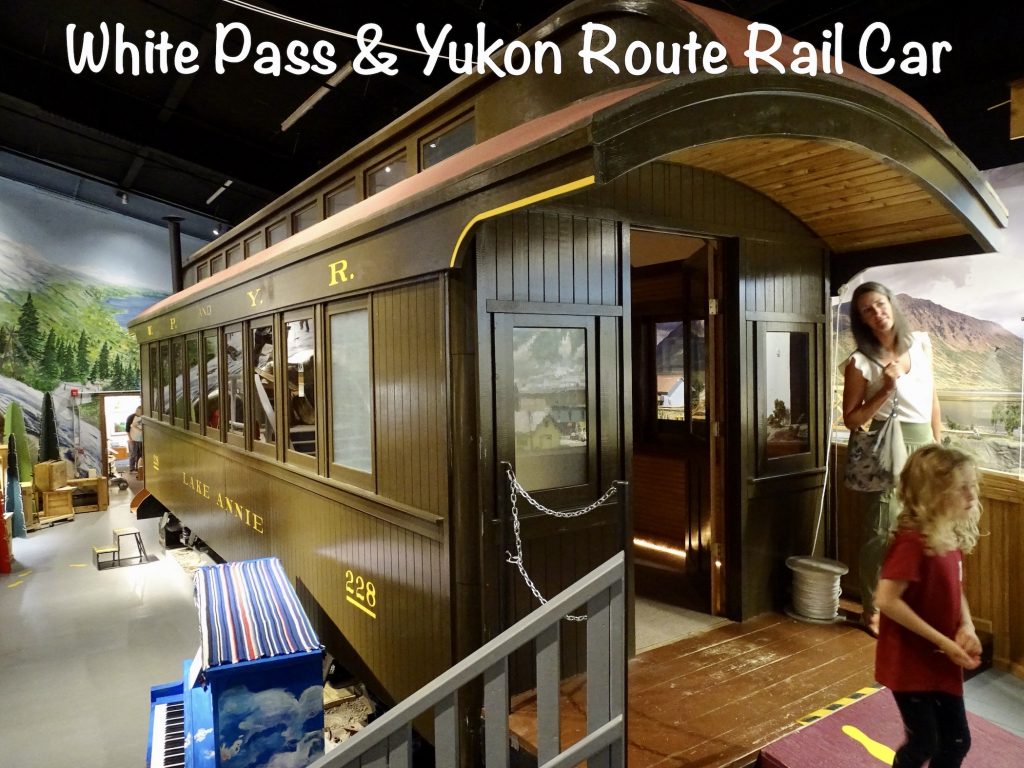
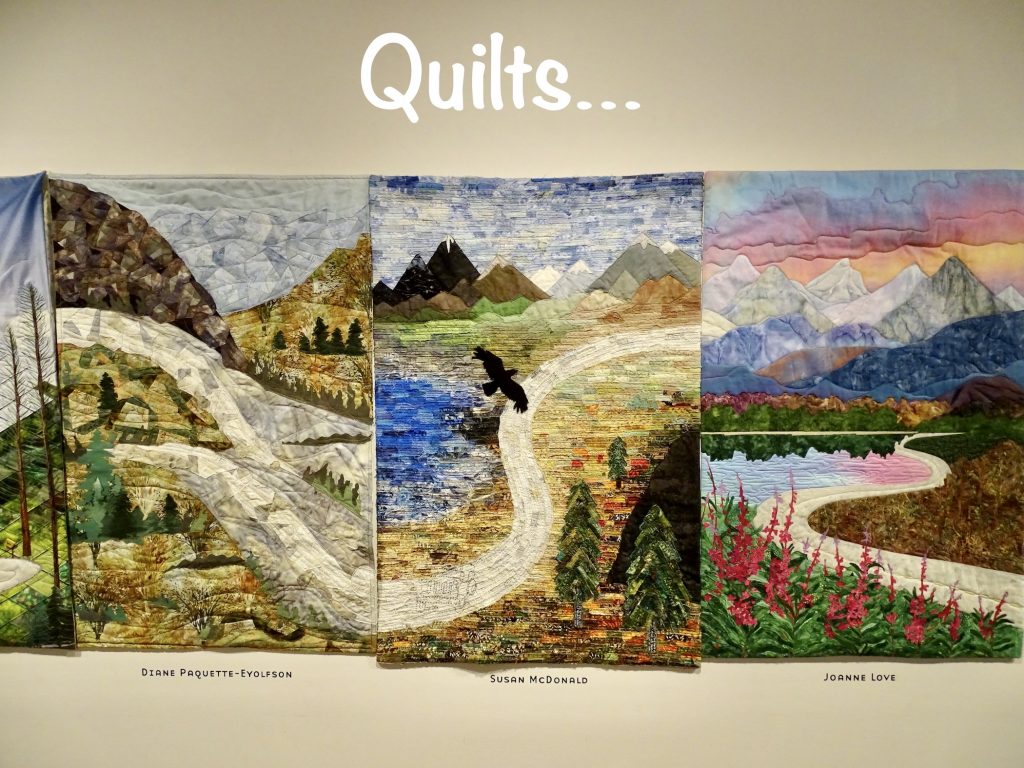
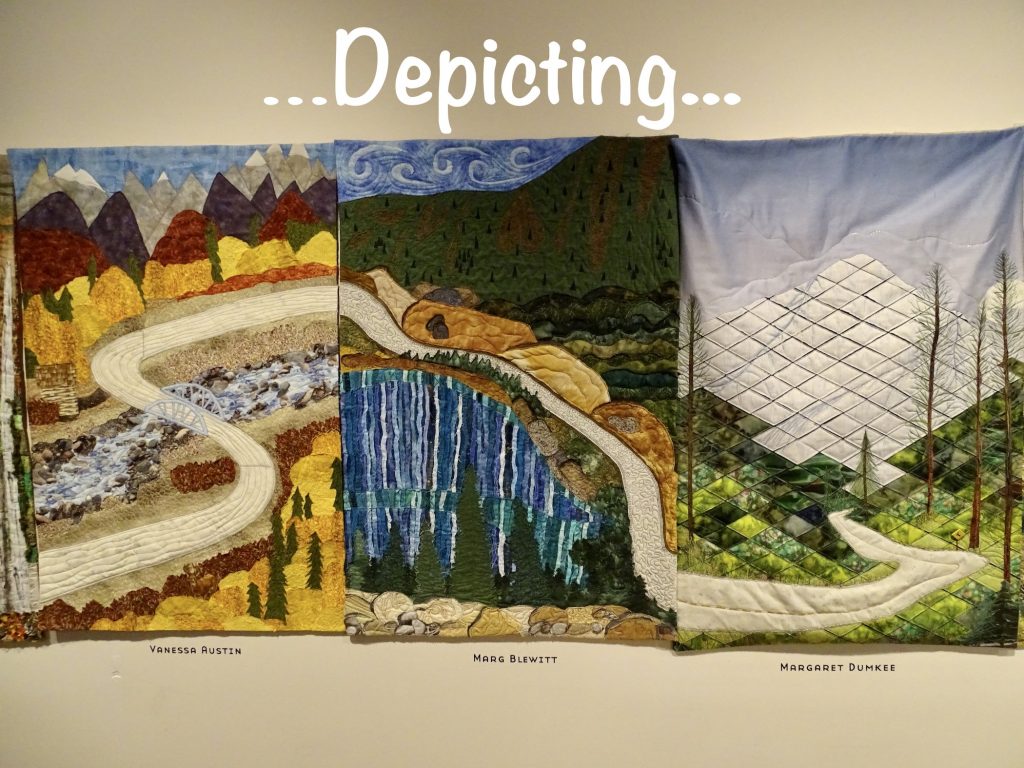
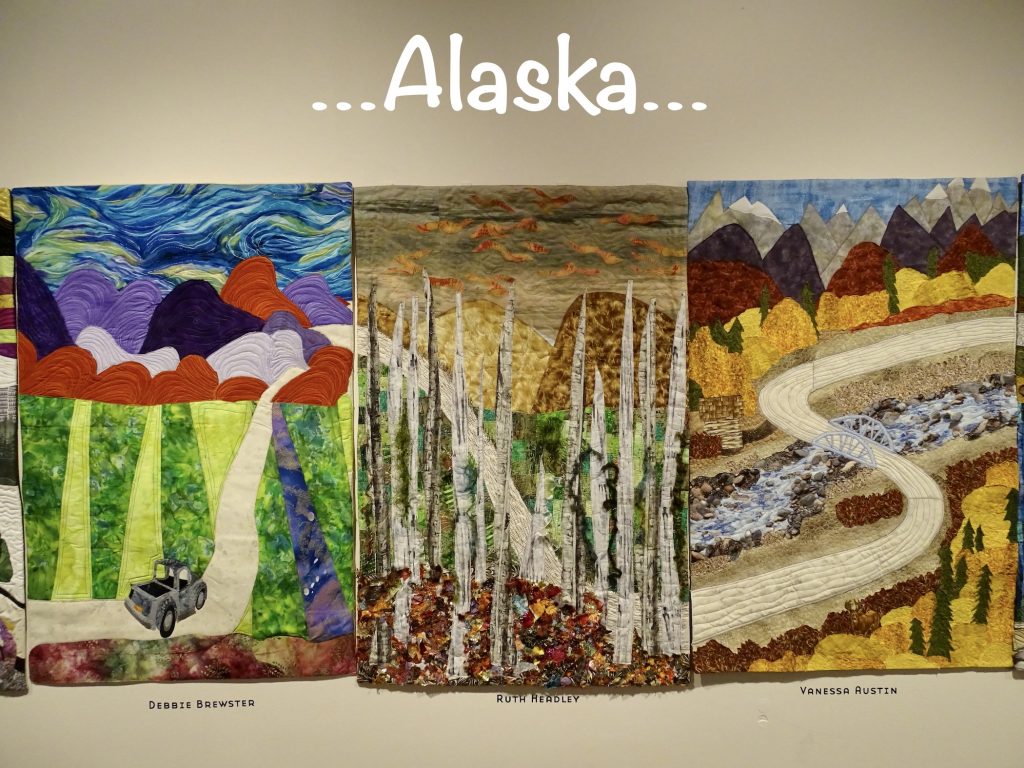
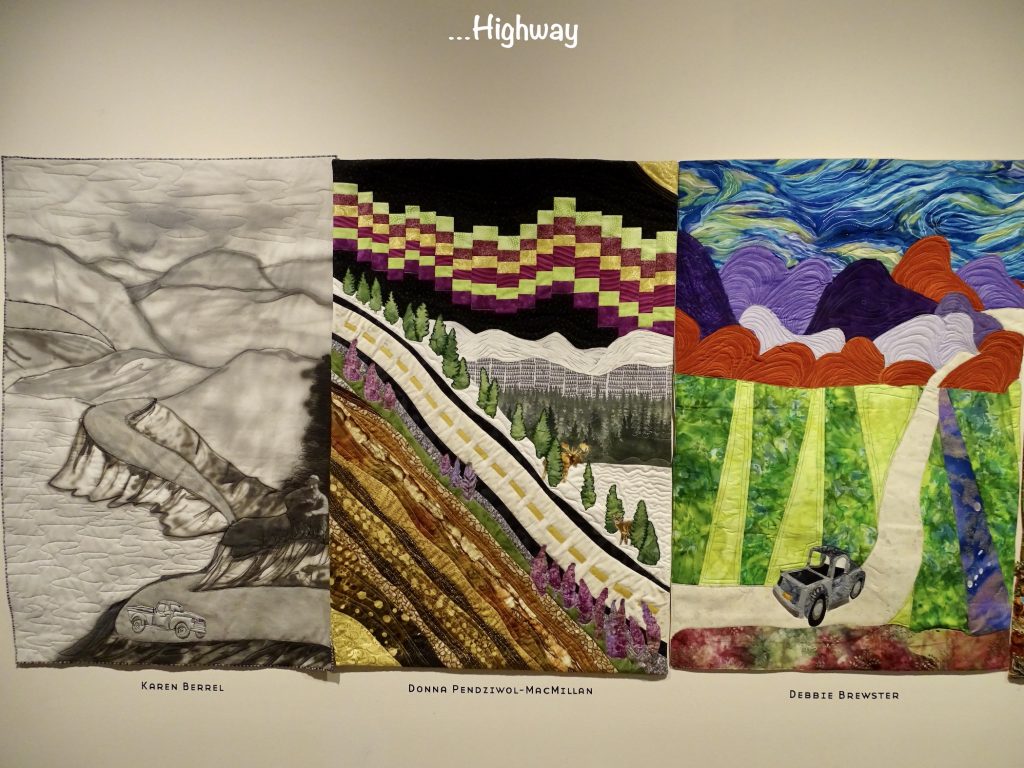
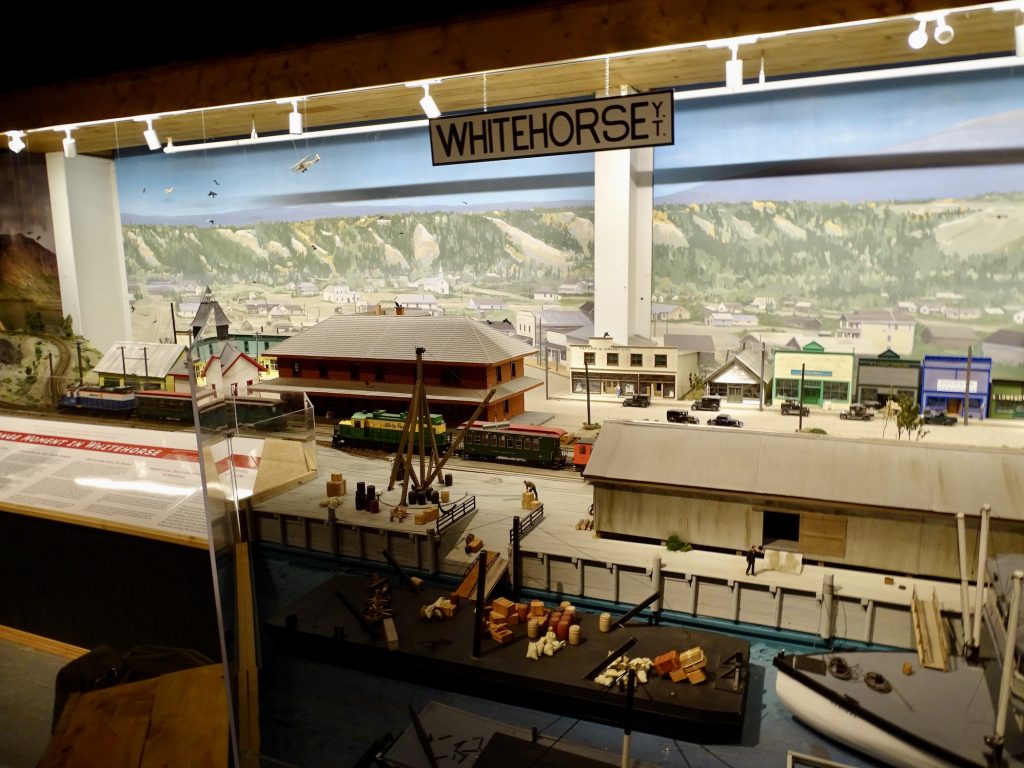

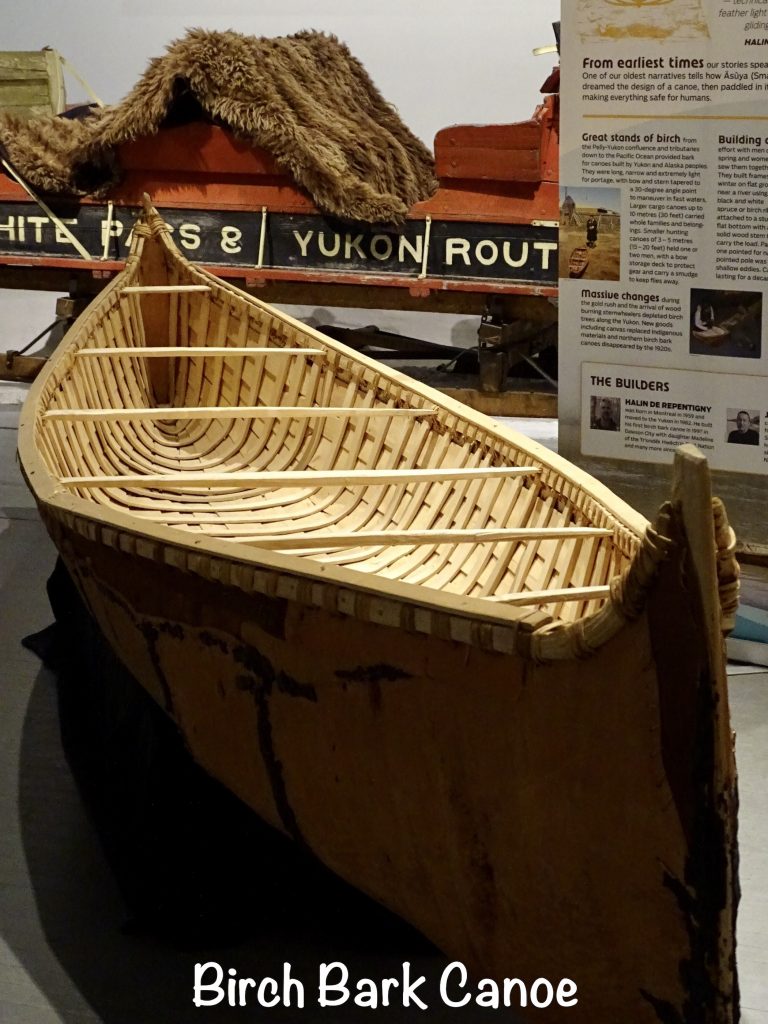
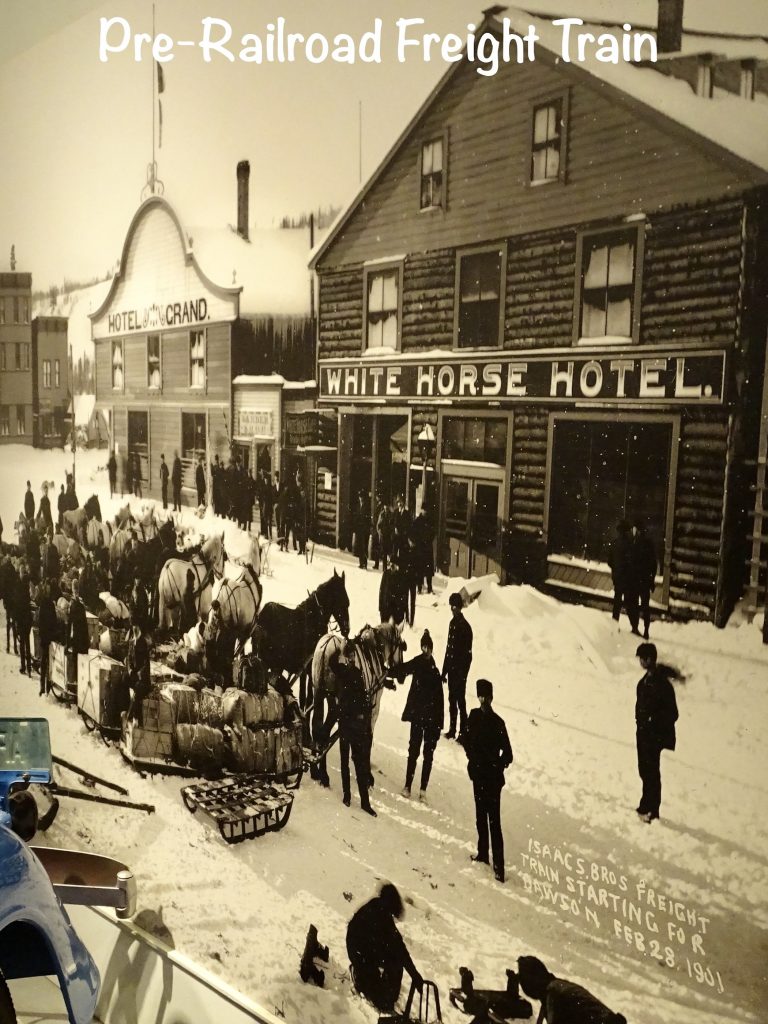
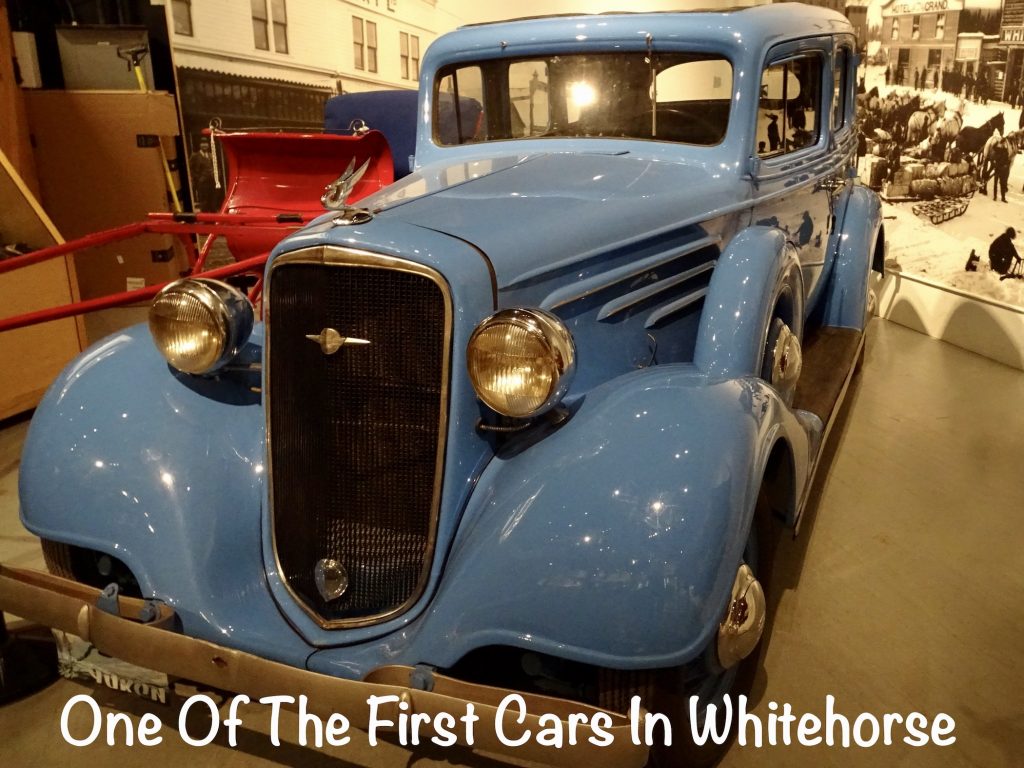
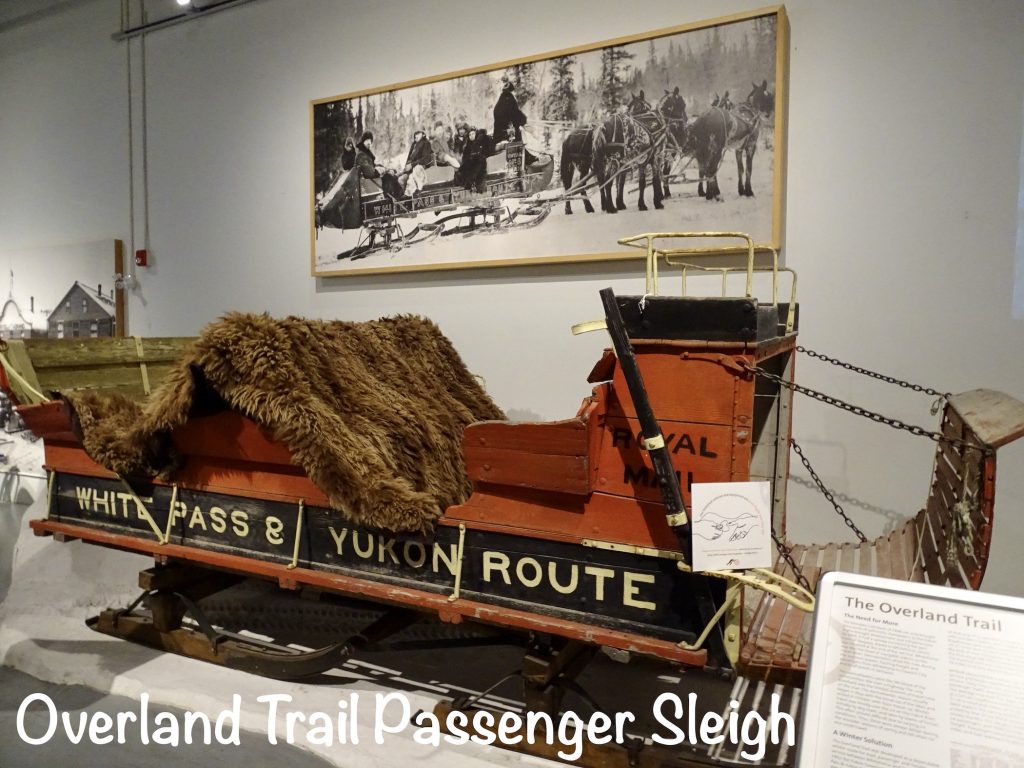

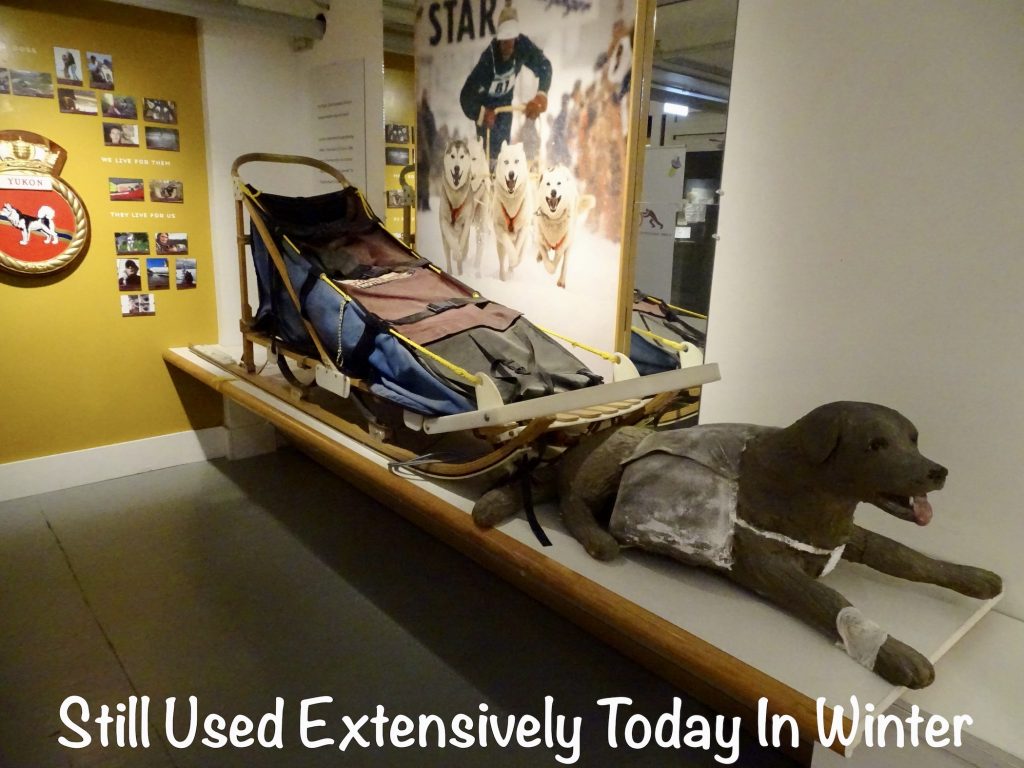
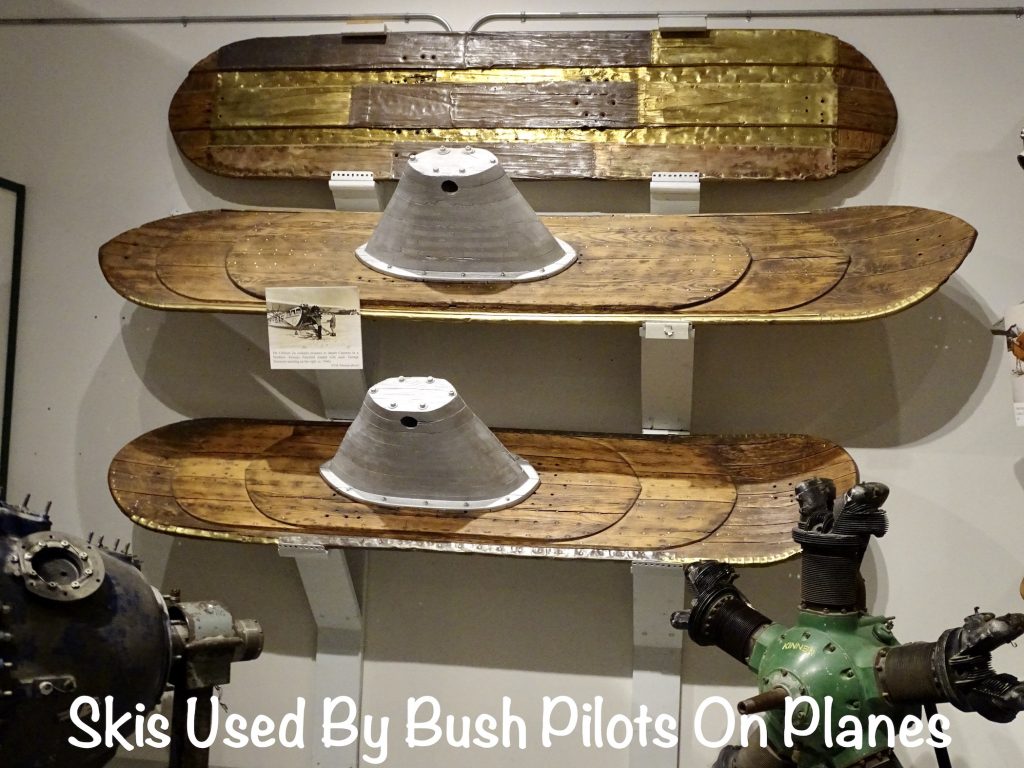
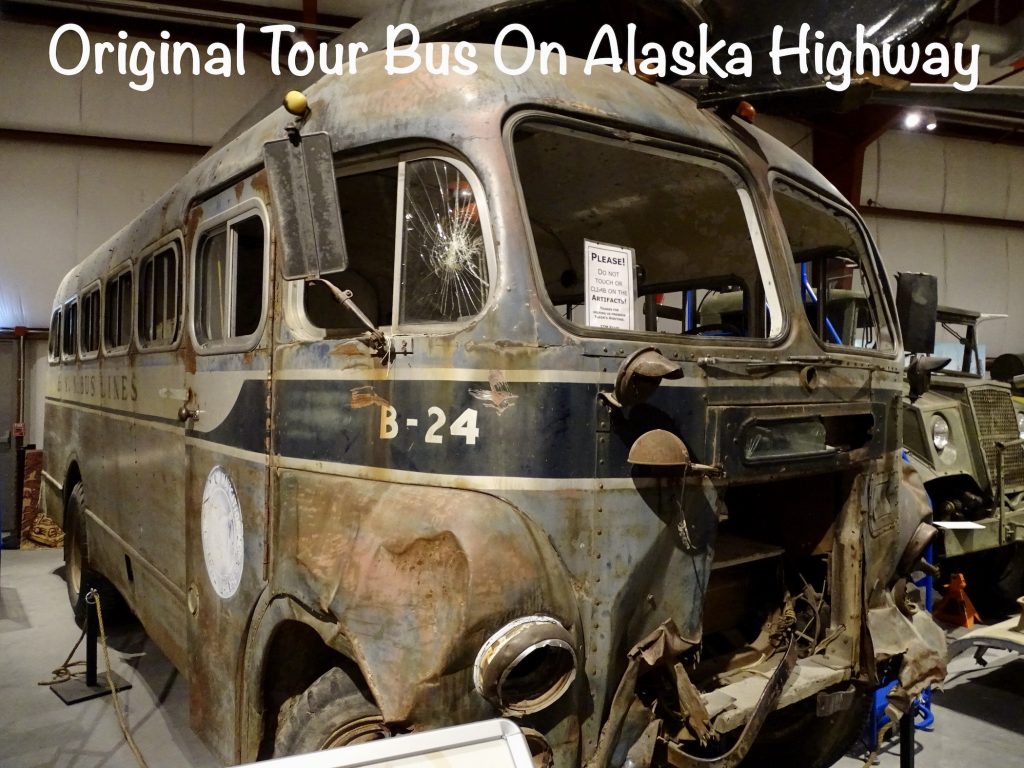
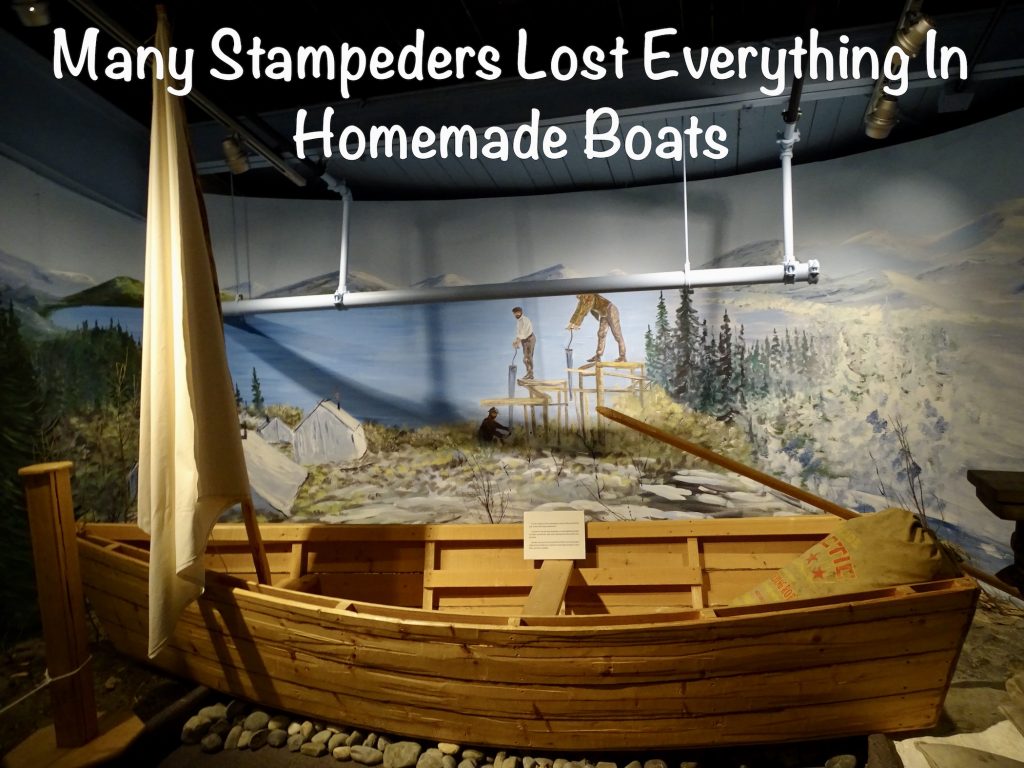
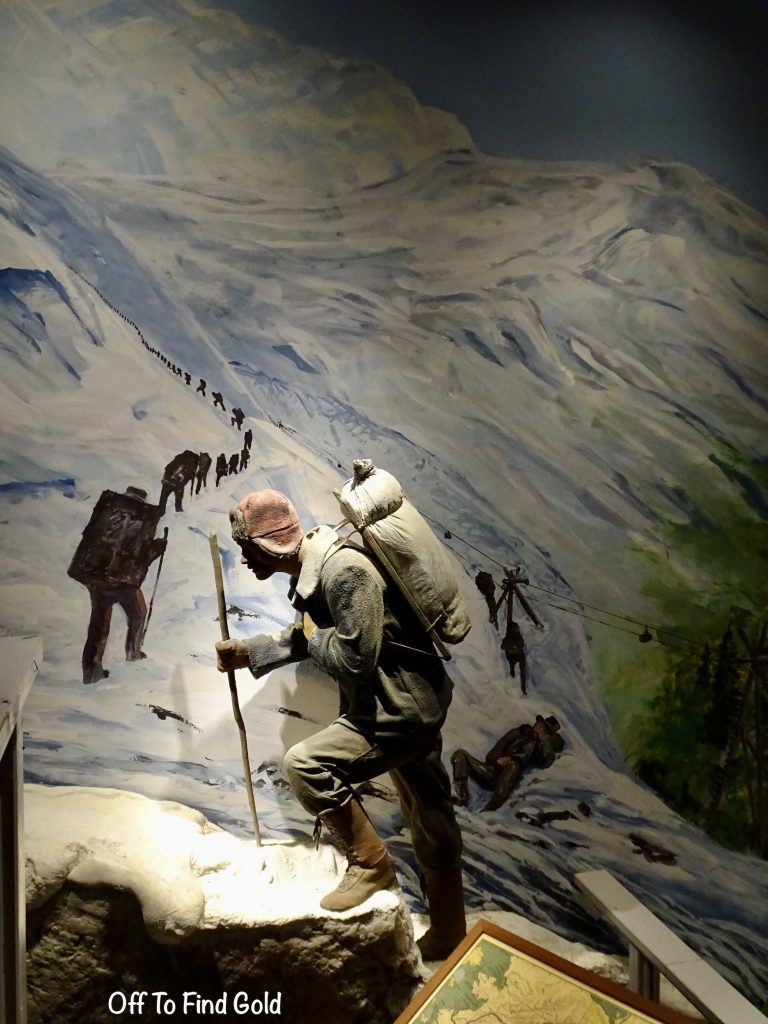
I’ve talked before about the amazing people that make up the history of Alaska and the Yukon. Truth is, there are phenomenal people in the history of every part of the world, and people today who will be remembered as such. (I doubt our politicians will make that list, though.) One lady I learned about at the Yukon Tranportation Museum is Lillian Alling. She lived in New York City in the mid-1920s, but desperately wanted to return to her native Russia. She figured the most direct route was through Alaska, so in the spring of 1927, she started out…WALKING! By September, she had reached the Yukon Telegraph Trail near Ashcroft, British Columbia, and was planning to head northwest. A local constable, concerned for her safety and probably thinking she was crazy, stopped her by putting her in jail. She was sent south to Oakalla Prison near Vancouver, and was released the following spring. She struck out again in May of 1928, and is known to have reached Dawson City by October. In 1929, she was seen near Teller, Alaska, by an Inuit family. Did she make it home? No one really knows, but it would have been common to pay for passage across the strait at that time. I don’t know too many people these days who would start out on a trek like that alone, even with paved roads and places to sleep indoors and eat. That is truly audacious and brave!
The other terrific survival story from this visit involved a plane crash in the Yukon wilds. On February 4, 1963, a small Howard DGA-15 departed from Whitehorse. Their eventual destination was San Francisco, but the first stop would be Fort St. John. The pilot, Ralph Flores, was on leave and heading down to visit his family. The passenger, Helen Klaben, was a 21-year-old New Yorker out to “see the world”. About 4-1/2 hours into the flight, they crashed into the forest about 74 miles southeast of Watson Lake. When they awoke, Flores had serious facial cuts and bruises, a broken jaw, and broken ribs. Klaben had a broken arm and crushed foot. Worse…it was about -45 F. Between them they had 4 cans of sardines, 2 cans of tuna, 5 pieces of chocolate, 1 box of crackers, and a few protein and vitamin pills. There they sat for SEVEN WEEKS! Throughout February the temperatures continued to drop to -40 F. When it began to warm up slightly in mid-March, Ralph made it down to an open area and stomped out an SOS in the frozen swamp. On March 25, Chuck Hamilton and Frank George were on a routine flight when they spotted the sign. Finally, rescue the next day brought the two lost wanderers back to civilization. Their ordeal was featured in a cover story in Life magazine, and Ed Asner and Sally Struthers played them in Hey, I’m Alive, a 1975 movie made from the book of the same name. After finishing at the museum, we ran a few errands. It was supposed to rain all day, but we really just had some distant lightning and sprinkles.
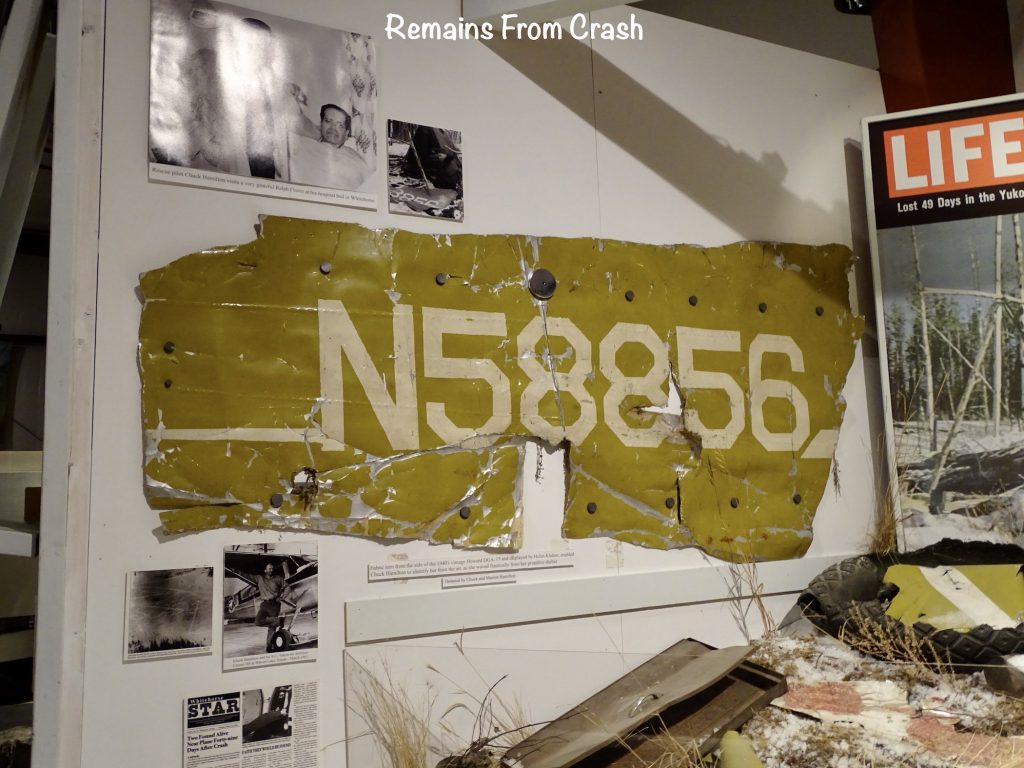
Caribou RV Park is conveniently located within 15 minutes of Whitehorse and everything it has to offer. Amenities include a camp store, onsite restaurant, bathhouse, laundry, dishwashing stations, dump station, firewood sales, a car/RV wash, a day-use cabin for cooking, a sundeck with music, doggie daycare during summer hours, and there was even a trampoline near the office. The owners were helpful and very nice. They had fresh-baked goods in the store, which had a little bit of everything. Lodging options include two cabins and the camping areas. There were a variety of sites, including treed and open for RVs and tents. Most include picnic tables and fire rings, but the tight ones where we were didn’t have enough room for them, and that was our biggest issue with this place. They say there are “spacious pull-thru sites”, but they are not designed for today’s rigs. Side-by-side, there was barely enough room to open slides back-to-back. We even had to bring our awning, which was only about half-way out, in for the neighbor to be able to park. (They did have a section noted with picnic tables and fire rings for those 9 sites, but there were only a few there. I’m not sure I would ever haul my stuff over to another area in the campground to eat or sit around the fire.) Powered sites were 15/30-amp, and some had cable TV and/or water. There are dry tent sites, too. Everything was very clean and well-kept. Cell signals were fine, but back in Canada there isn’t much in over-the-air TV. We liked everything about this place except for the spacing. Since we usually stay for more than an overnight, we would probably try to find another park if we return to the area. For this stay in August 2023, we paid $146 American for 3 nights.
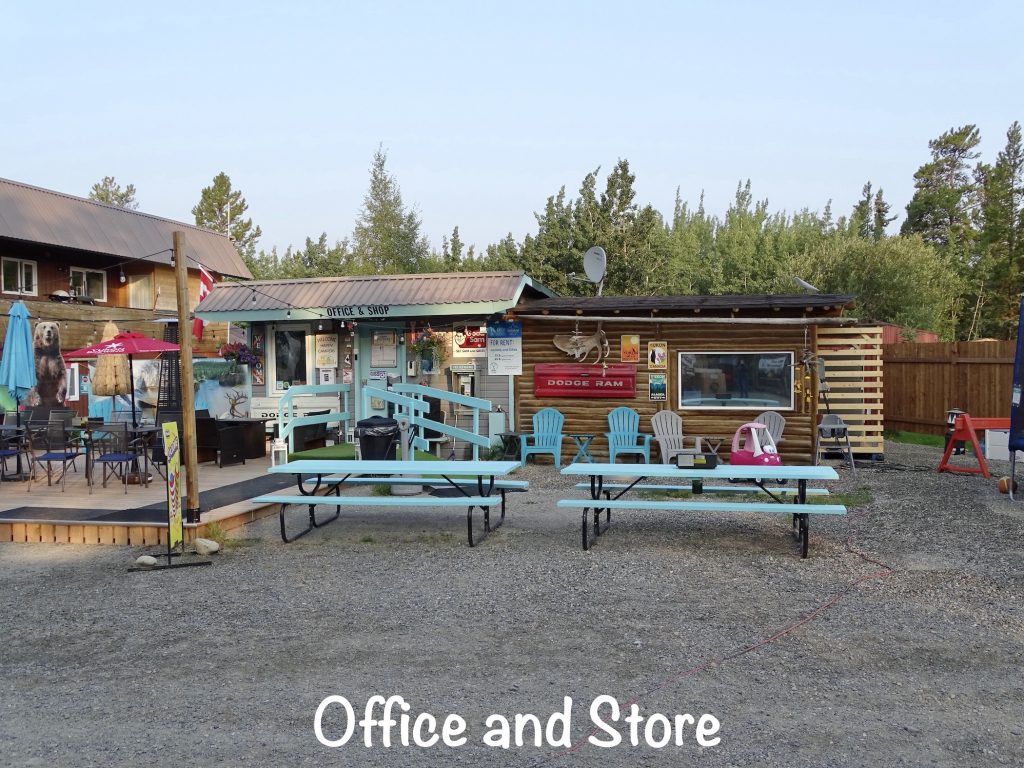
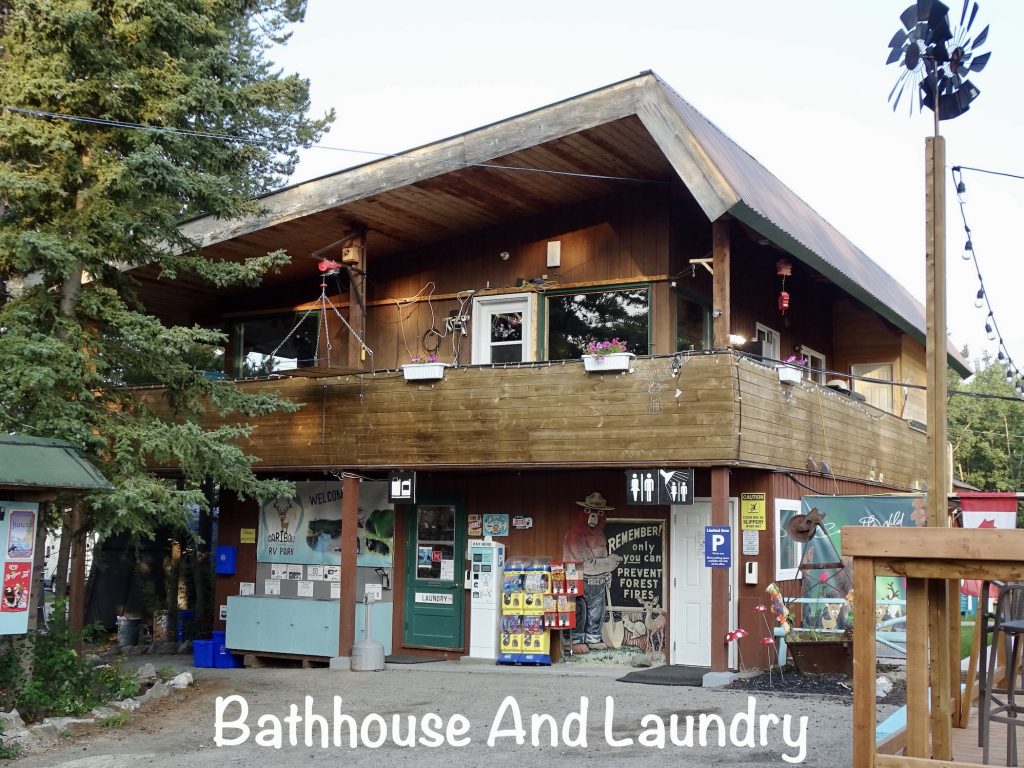
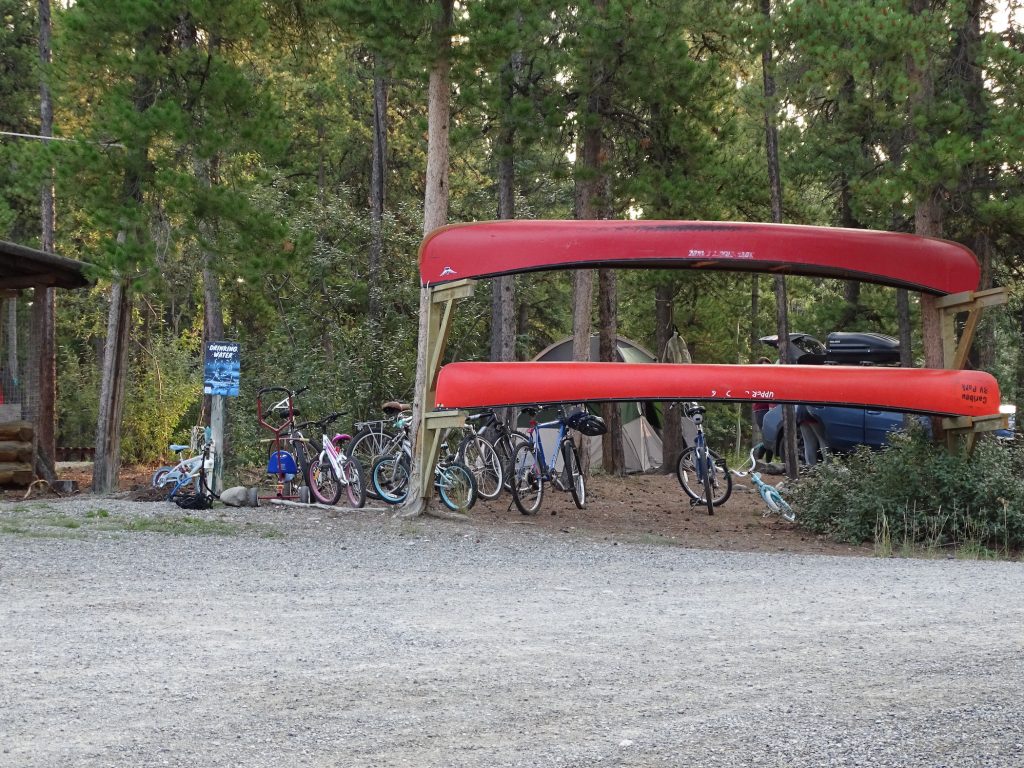
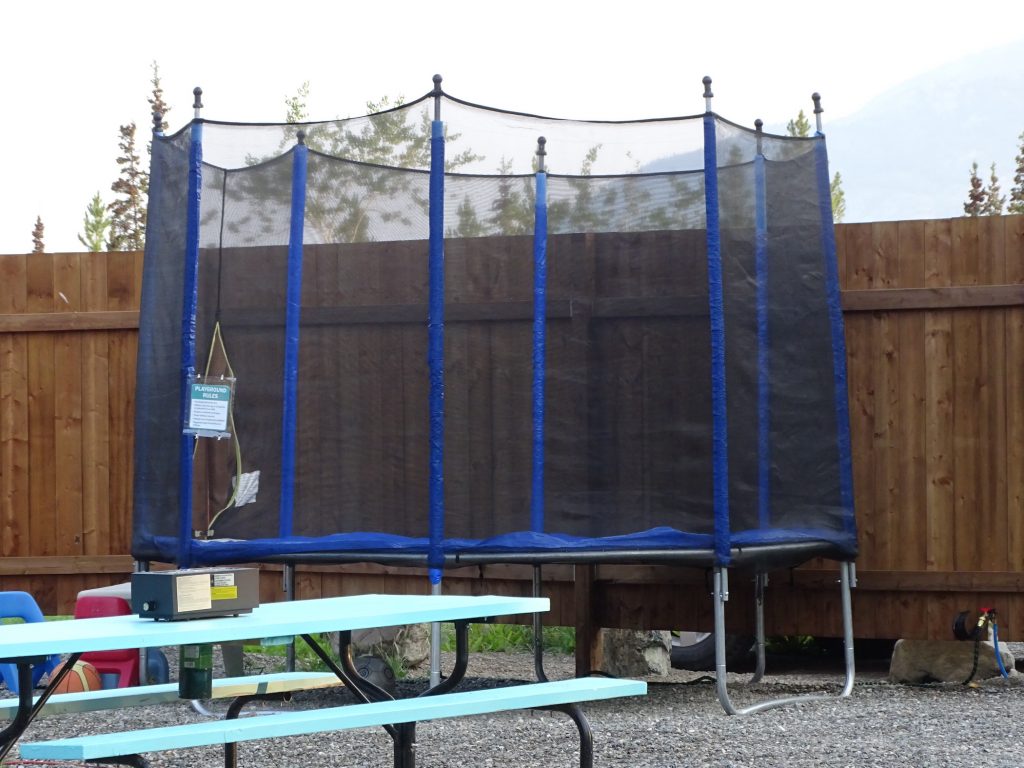
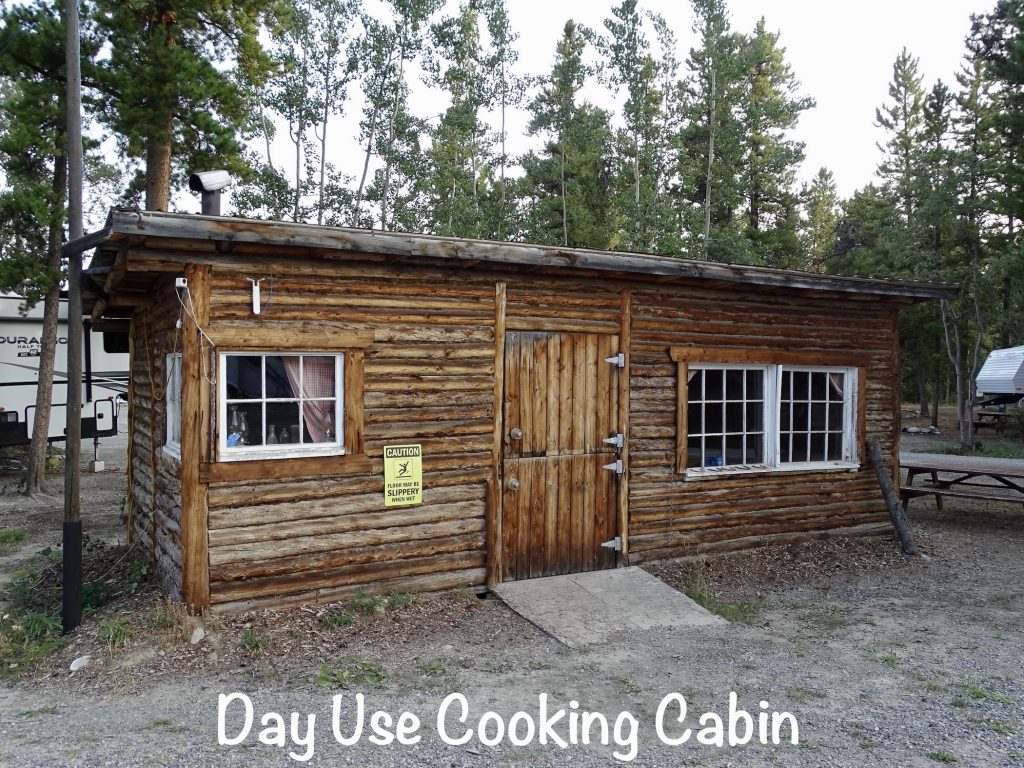
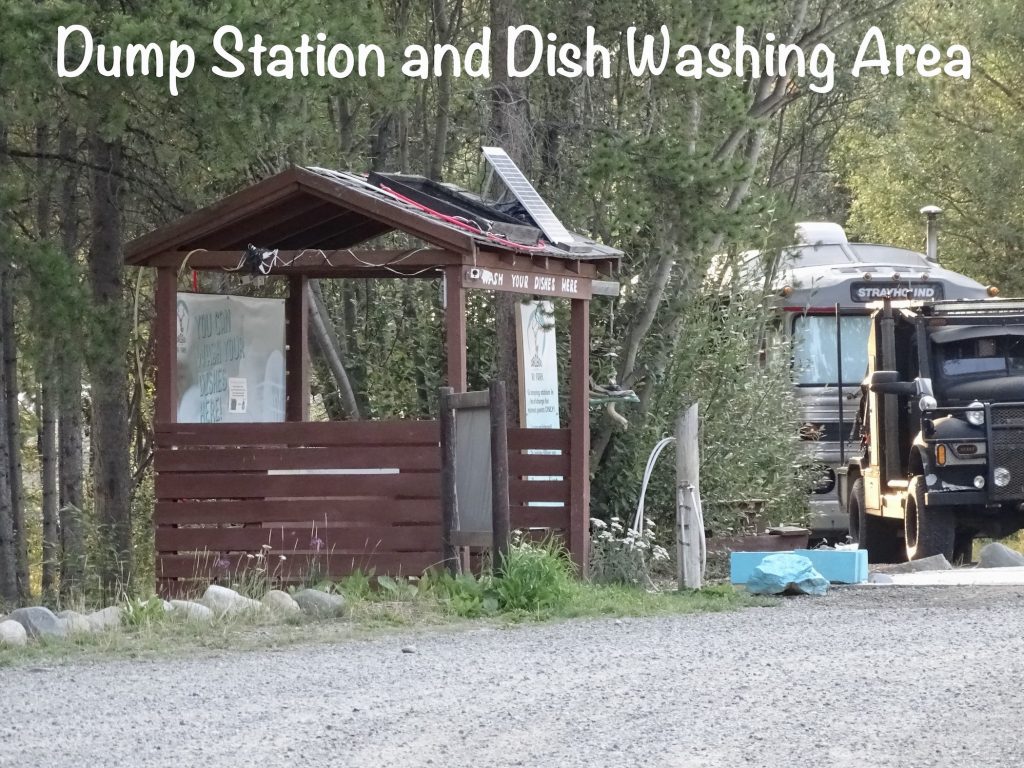
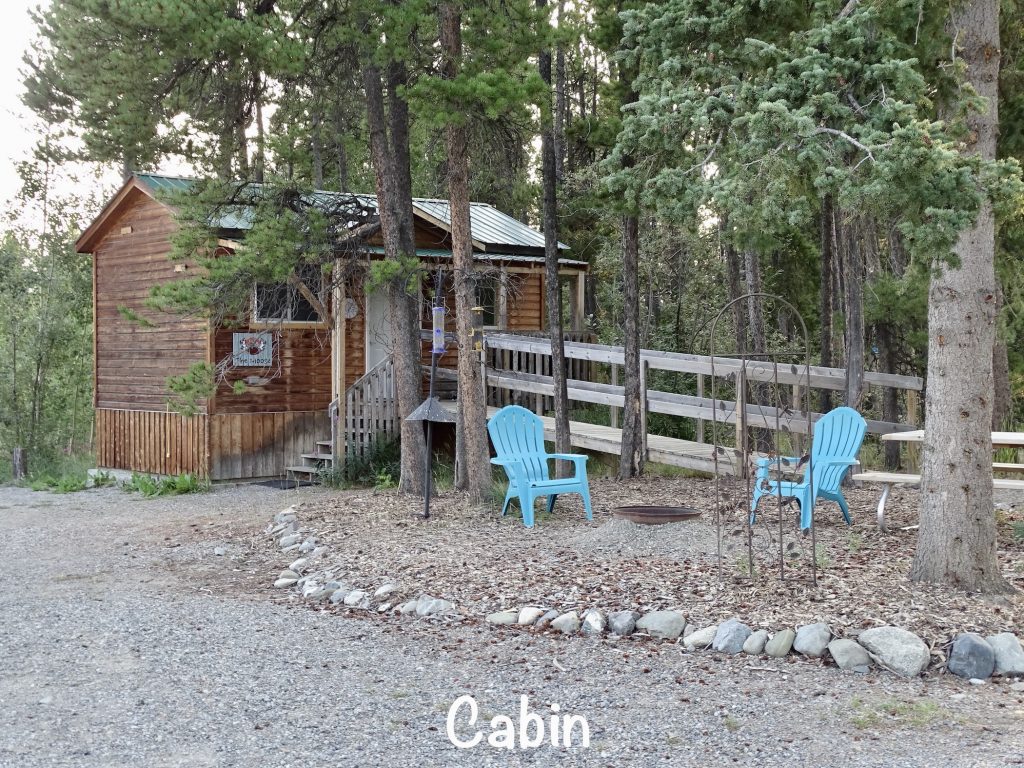
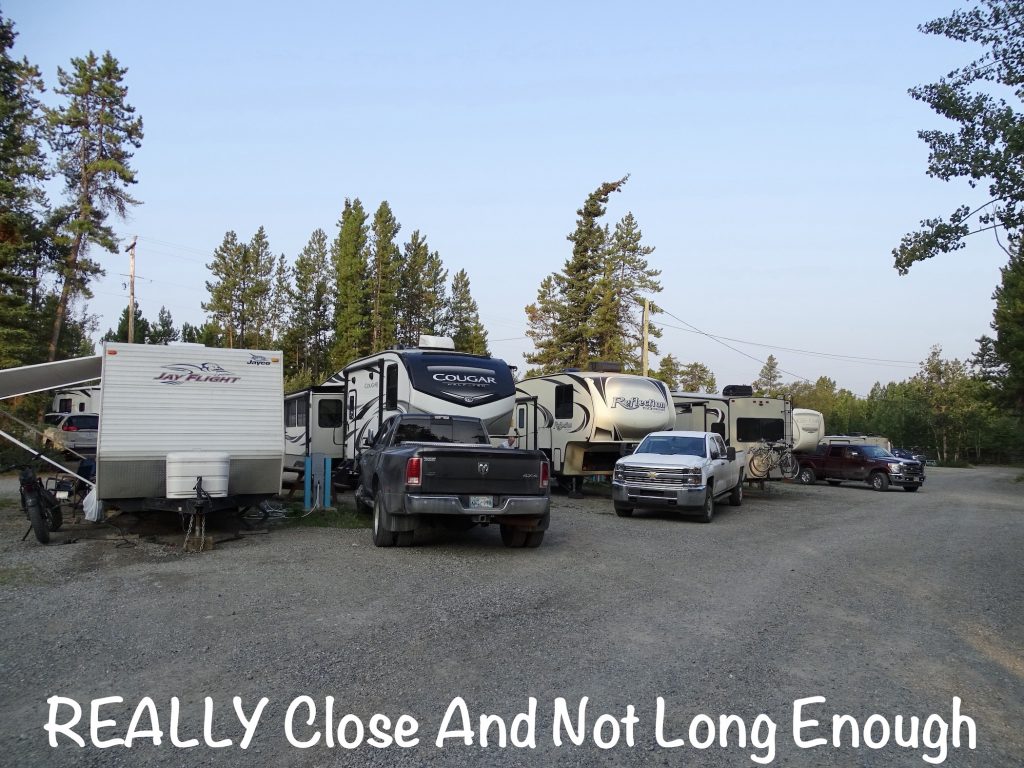
Thursday turned into a much longer day than initially planned. We started out heading southeast on the Alaska Highway. We had a phone call scheduled with a relative and planned to stop at Teslin, Yukon, for that and lunch. We arrived a bit early and took the opportunity to check out the Teslin Tlingit Heritage Centre which we had missed on our trip up. It was pretty cool, but I was bummed that they didn’t allow pics inside. (It seems that some jack**s came in and took pics of their ancient masks, then duplicated them and sold them online as authentic.) There were displays of cultural artifacts, someone demonstrating bead art, an exhibit of hand-made graduation costumes, and a movie about the Tlingit (pronounced clink-it) people. The annual Tlingit gathering had just occurred the weekend before our arrival, so there were a few boats still on-site, too.
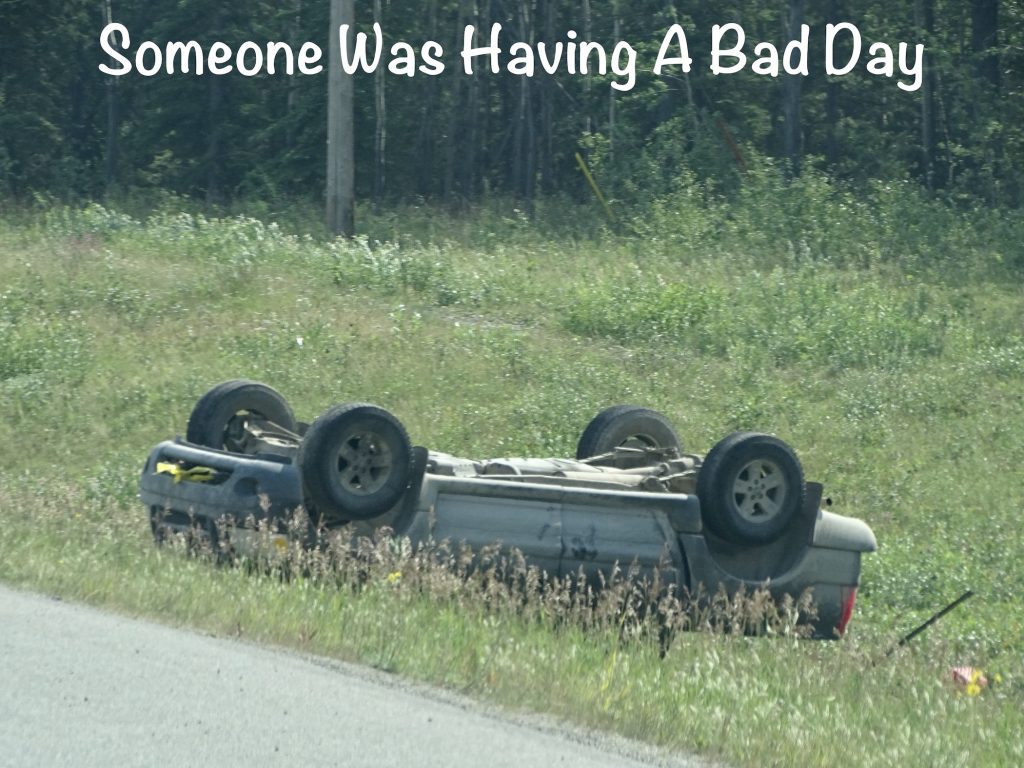
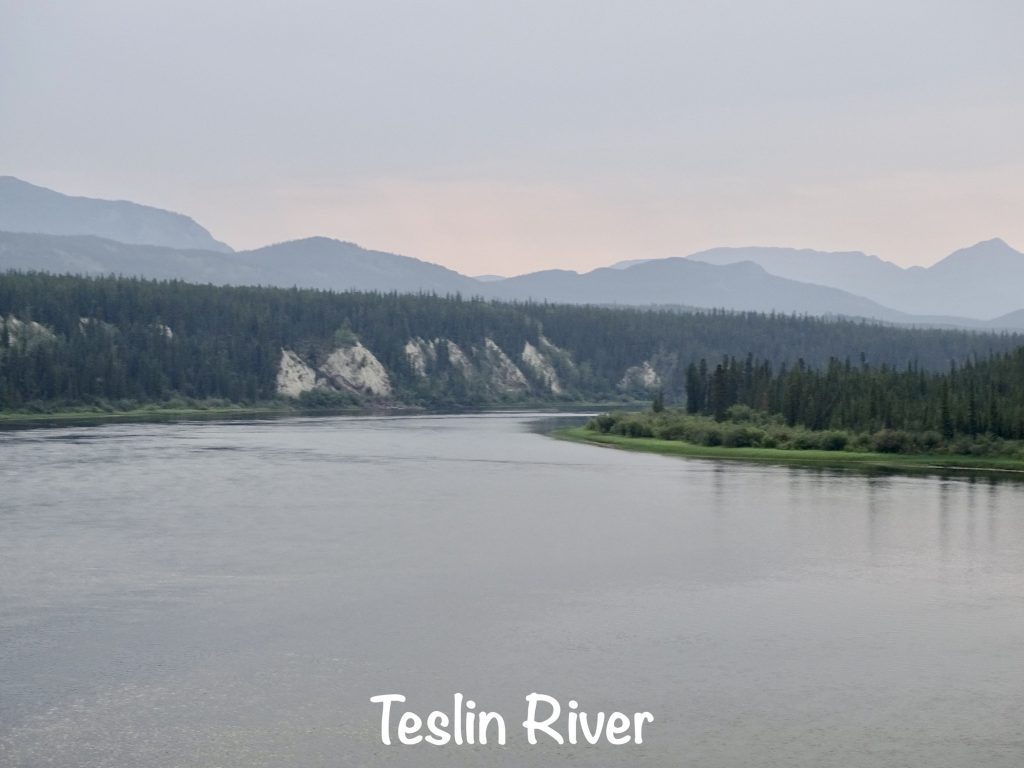
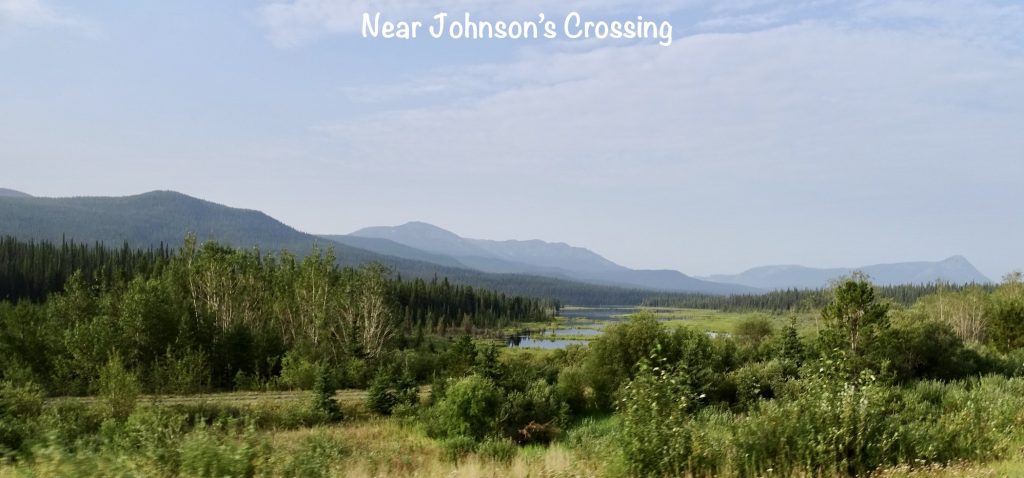
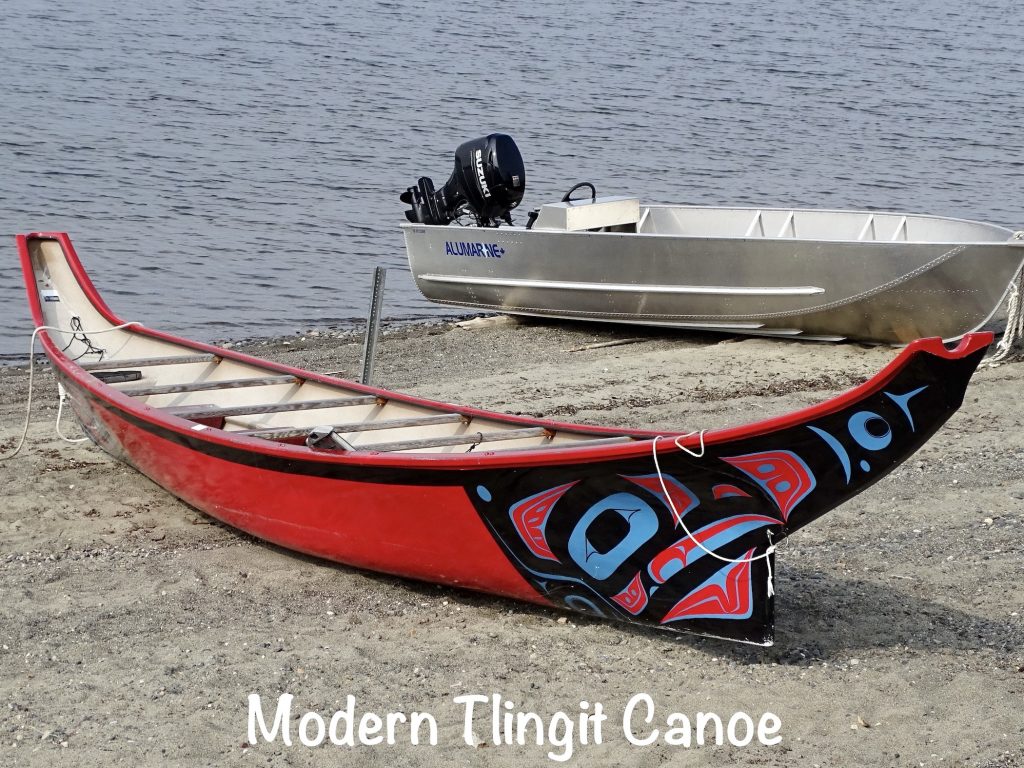
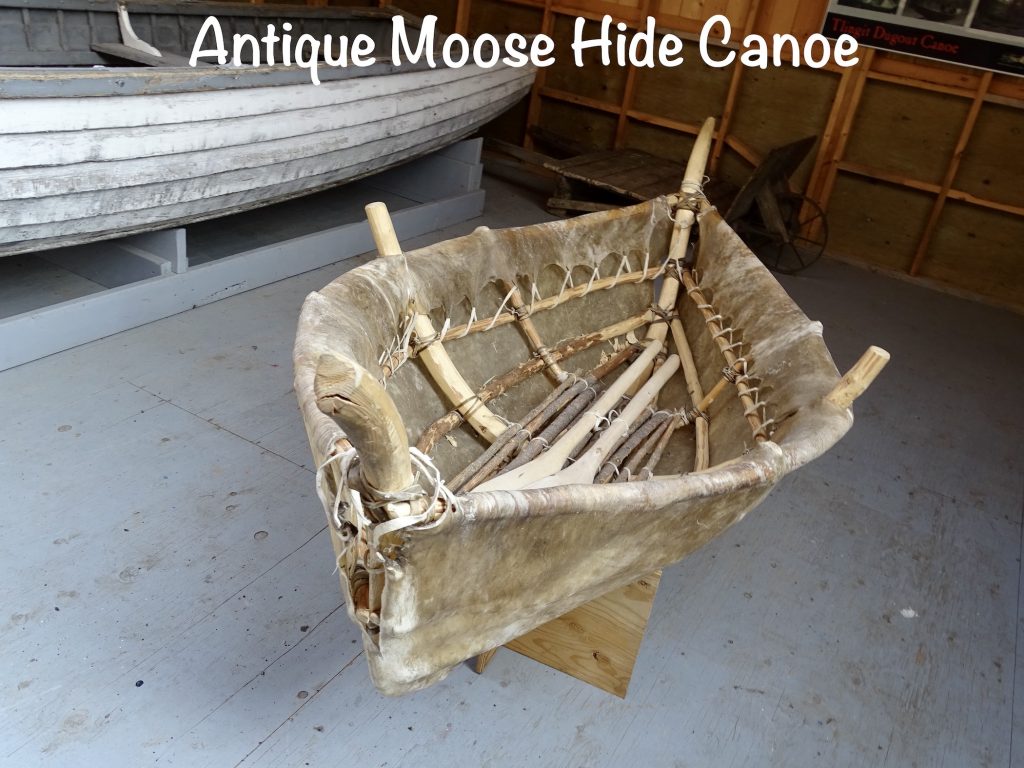
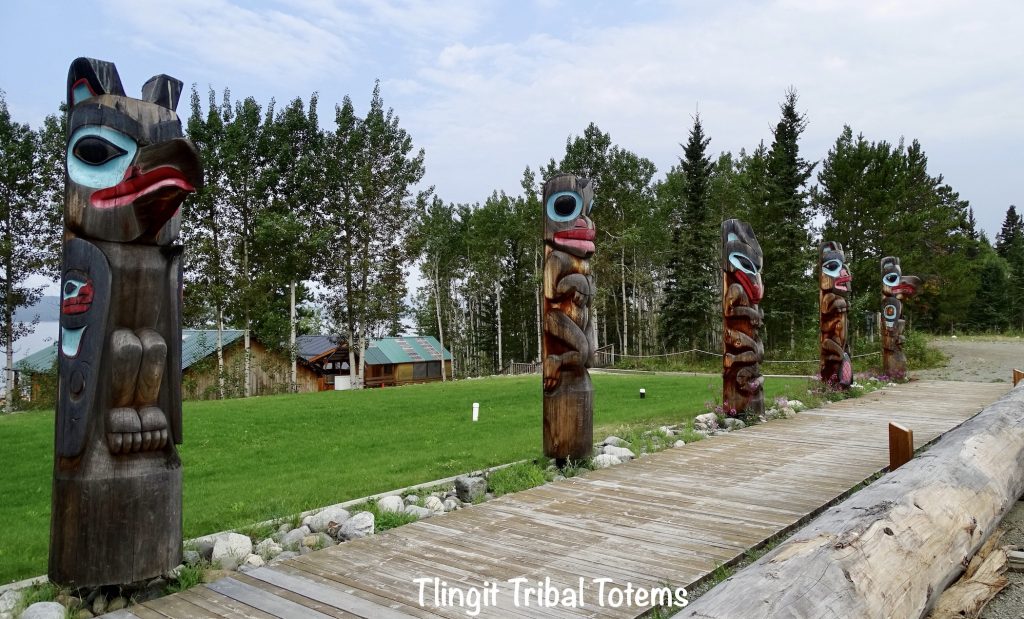
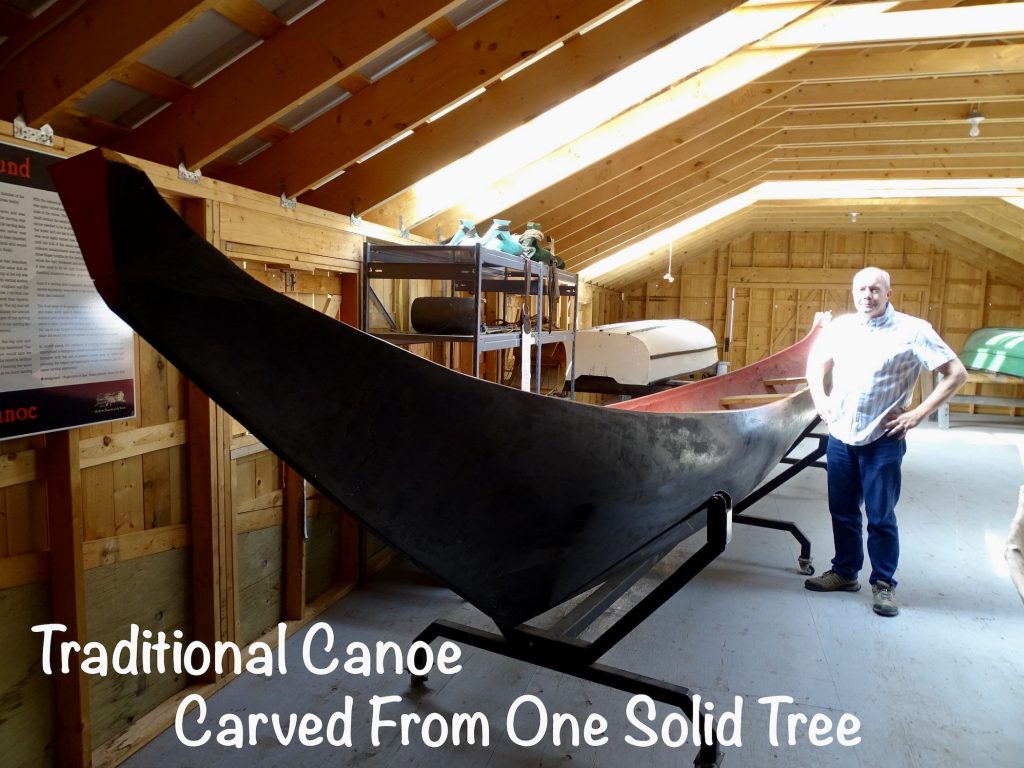
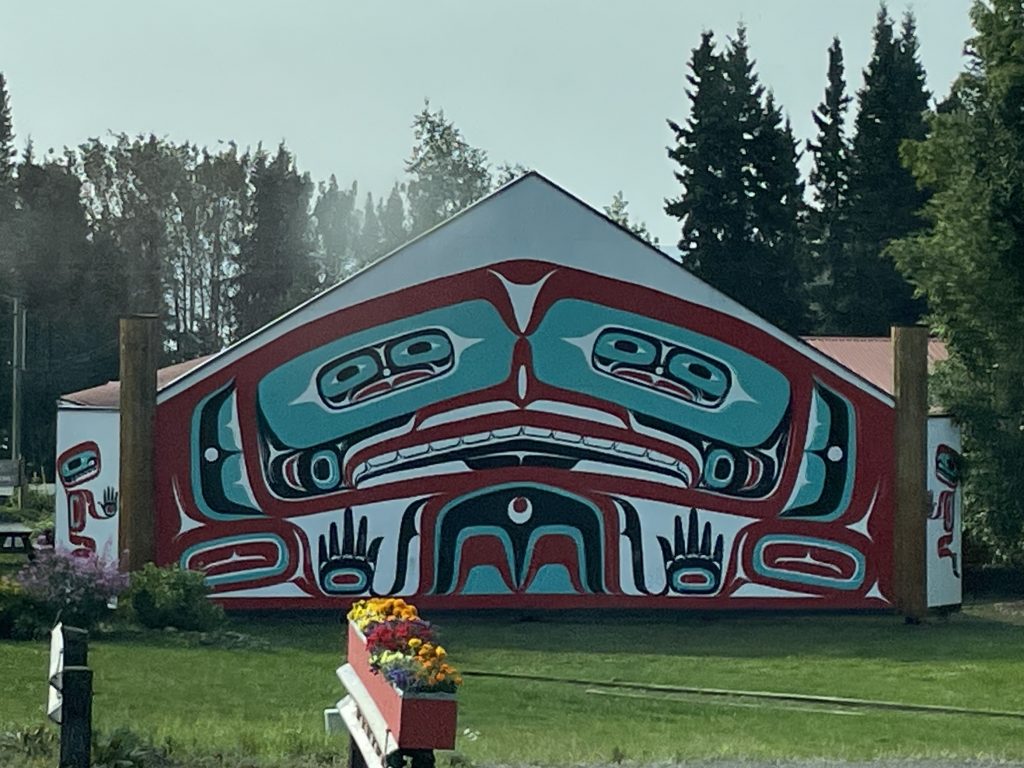
We stopped during our tour to sit in the picnic area and make our phone call, then a few related travel plans. Afterwards, we finished up and headed over to the restaurant at the Yukon Motel to figure out the rest of our day. I needed to take a side trip down to Washington state to help out a family member, which required a little bit of wrangling given our present position. We were about half way to our destination for the night near Watson Lake and laundry would need to be taken care of, too. So, we decided to continue to the campground and get Petunia set up. We arrived about 2:30 PM, and I jumped on the laundry right away. Then after packing up, we left the RV there and drove the 5 hours back to Whitehorse. Staying in a motel near the airport would make it easier to catch an early morning flight to Vancouver. We finally got settled in the motel at about 8:30 PM, totally exhausted. It’s been a LONG time since we’ve spent 10 hours in one day on the road!
Friday morning we were up and out early. MW dropped me at the Erik Nielsen Whitehorse International Airport before 6 AM. Sounds big, doesn’t it? Wrong! Despite the tiny building, there was still a HUGE line at the baggage drop-off. How does that happen. With plenty of time to stand around, I started chatting with the person in front of me. (I can hear MW as he reads this saying, “Of course you did.” LOL) He was a nice young Brit who lives on a boat and travels the canals in Europe when he isn’t working. He was headed up to Dawson City, which sparked new conversation. Turns out he is a Location Producer on the Gold Rush TV series on Discovery Channel. You just never know who you’re going to meet. On the plane I sat with a nice couple headed to Vancouver for their 27th wedding anniversary. They white-knuckled it for most of the flight, but were looking forward to their vacation. Meanwhile, MW was headed back to Watson Lake. With three trips in 2 days, he was totally over that particular stretch of road, but did get to see a large wolf on the drive back. He stopped at the restaurant in Teslin to have a bit of breakfast and fill up, then when he finally made it back to Petunia, he napped for quite a while. Meanwhile, I made it to Vancouver, picked up a rental car, and headed south. Unfortunately, at the border my progress came to a complete stop for 90 minutes. We’ve had such easy border crossings during this trip that I had no idea the line could be so long. I took the time to get caught up with my BFF Tina, so that was a definite bonus. When I finally made it to the front and handed the guy my passport, he said without looking down at it, “What is your reason for coming to the United States?” Huh?! A little thrown since I didn’t think I needed one, I said, “I live here.” Guess it had been a long morning for him, too. He looked down and said, “Oh, sorry. Have a good day.” In Burlington, Washington, I stopped for a bit of lunch and decompression at Applebee’s, then made it to my destination by 5:30 PM. I took over the pink lady duties for the patient, and we got in a good bit of visiting, too. That pretty much filled the next week for me.
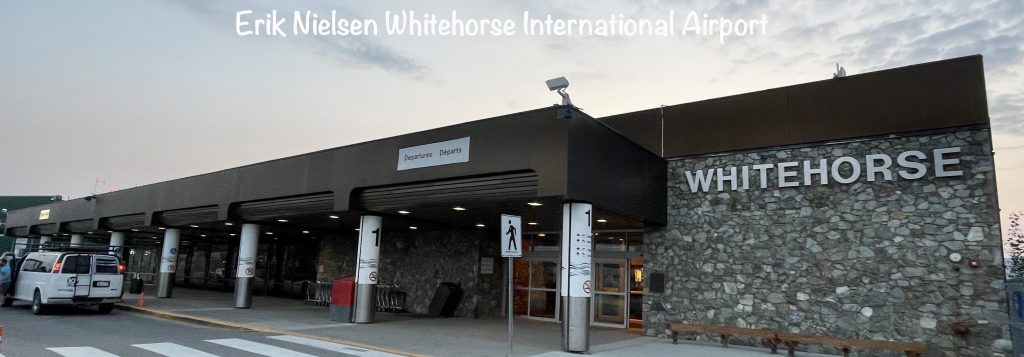

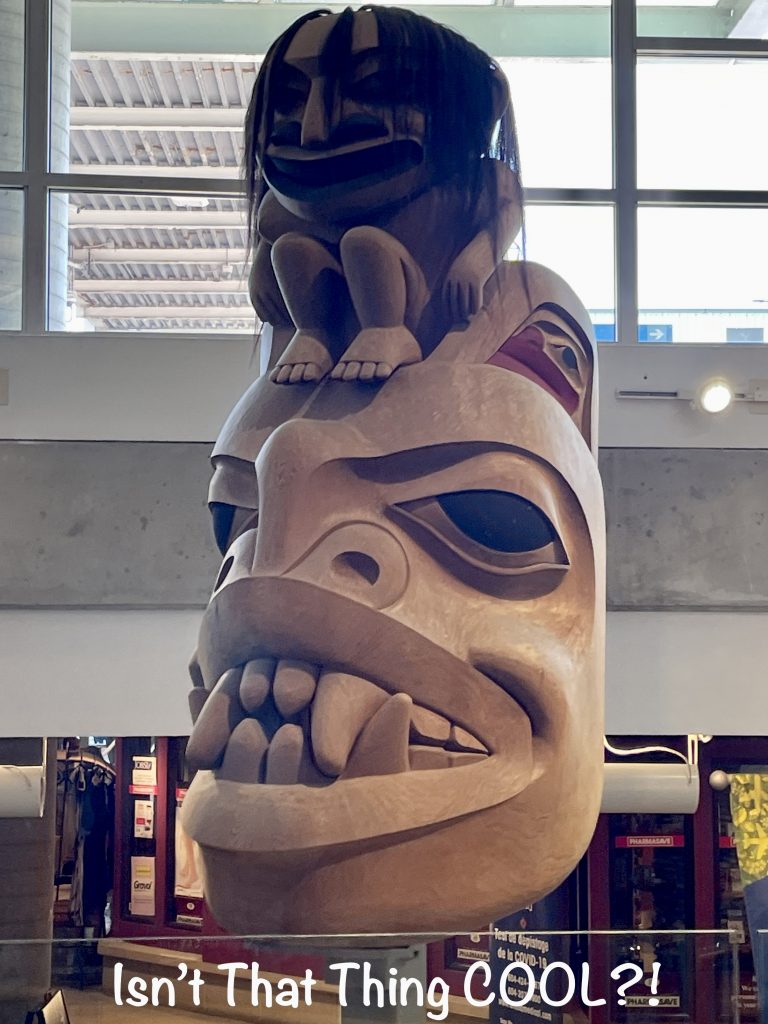
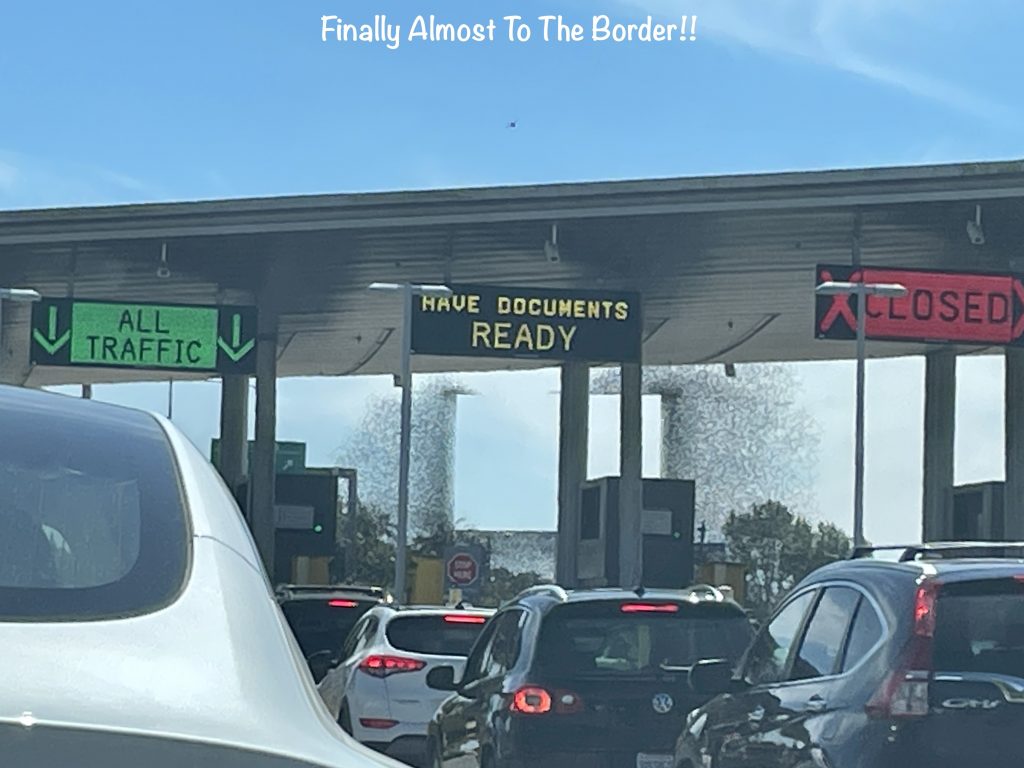
Since we did all of the Watson Lake stuff on the way up to Alaska, MW’s Saturday was spent relaxing. He took a walk on trails around the campground, got groceries, and swapped out some movies at the other RV park in town. He also called me while there since there was no cell service out at the campground.
Baby Nugget RV Park is a pretty well laid out place. Amenities include gift shop, fuel, restaurant, a very nice laundromat, private shower rooms, an event room, and an RV wash. The 85-acre property includes a fishing lake and walking trails. Lodging includes rooms, cabins, and the RV park. Most of the sites are very long pull-throughs made to accommodate even the largest of rigs with tow vehicles. They are spaced well apart, some out in the open and some in the trees. Most are 30-amp with water, but there are a few 50-amp, too. There are also some back-in sites with 30- or 15-amp electric and water and basic tent sites. There is no cell service, but you can drive about 3 miles south and pick up AT&T. I’m not certain about Verizon. The park advertises wifi, and it was available at office and laundry when we were there. BUT…there are signs everywhere that it is ONLY for checking email and nothing else. (They say they will kick you out of the park for abusing it.) Also, they only take cash, but would take American or Canadian. Canadian was the better deal at the time of our visit. For this stay (me for only a couple of hours) in August 2023, we paid around $146.25 American for 3 nights.
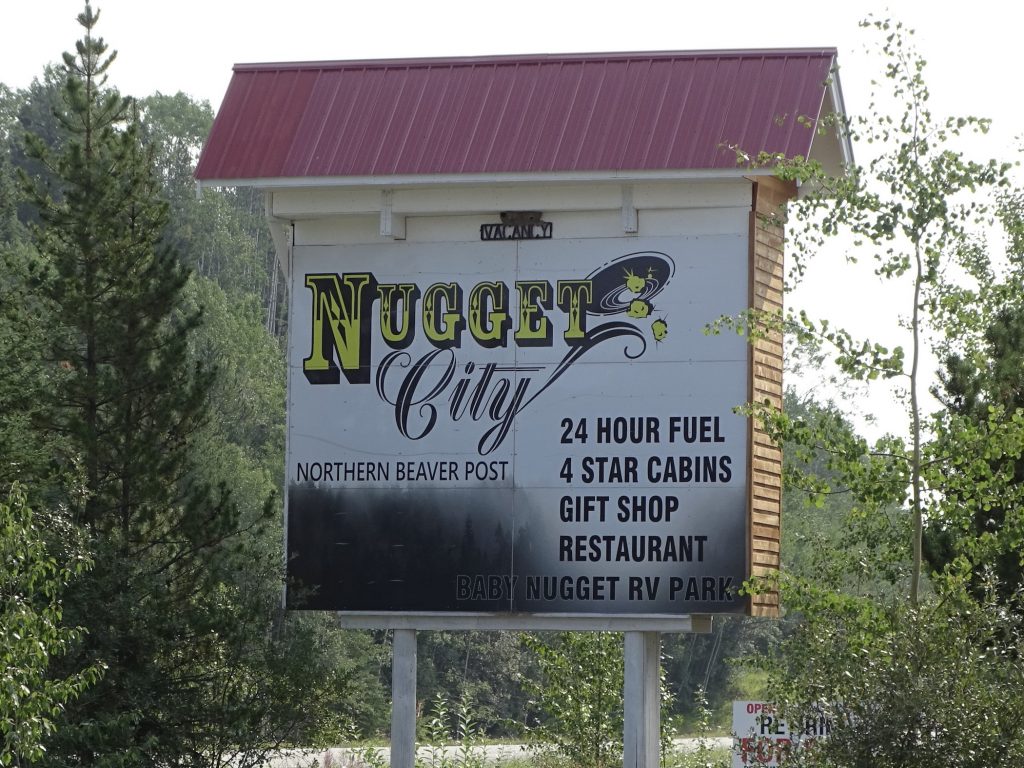
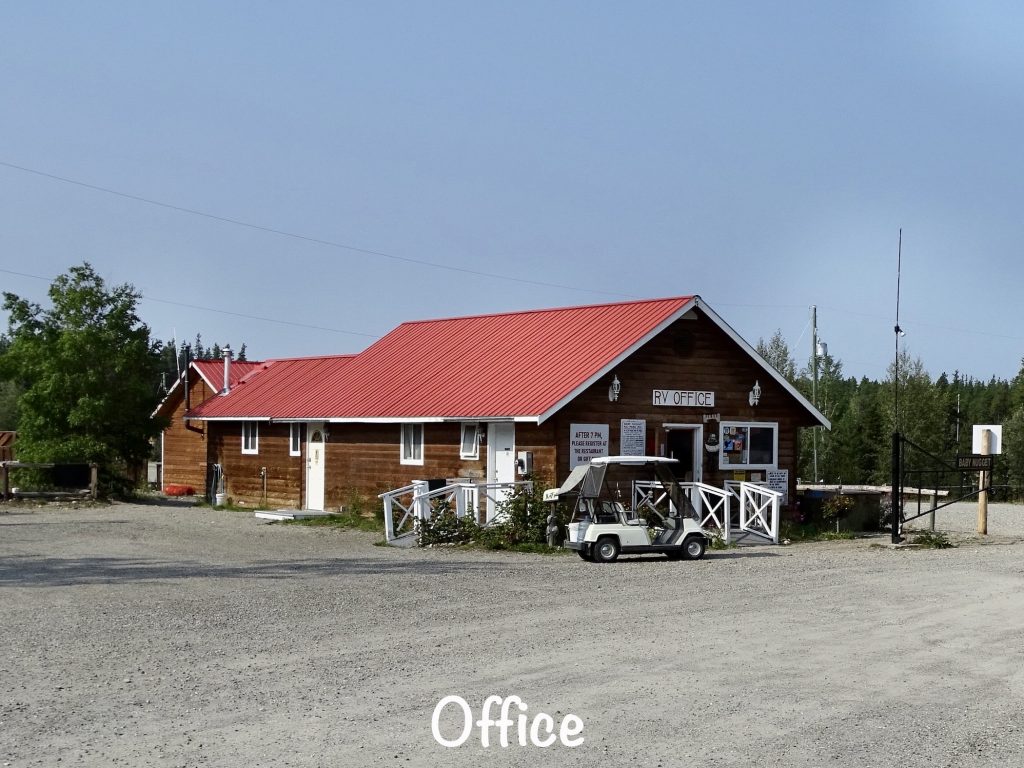
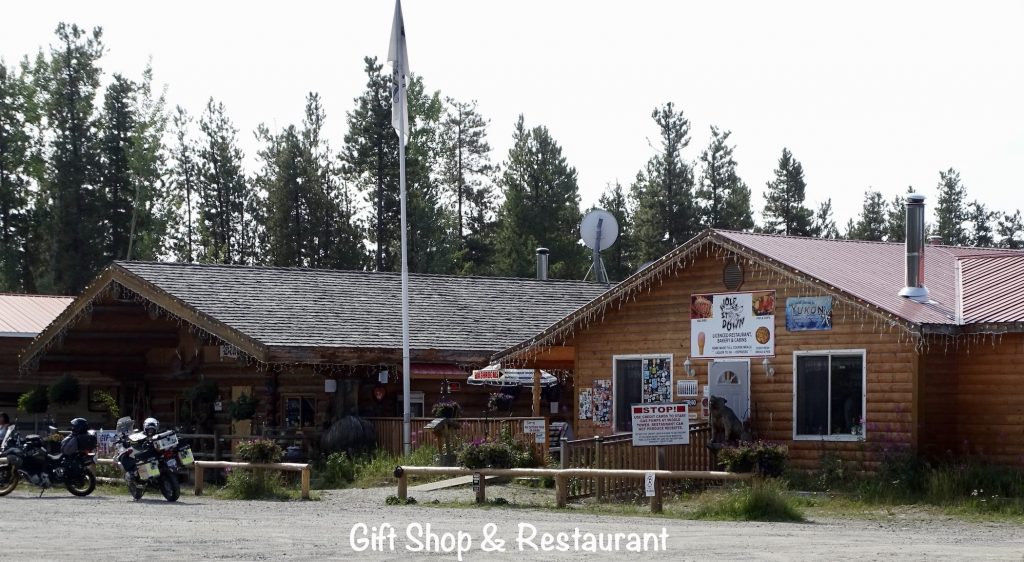
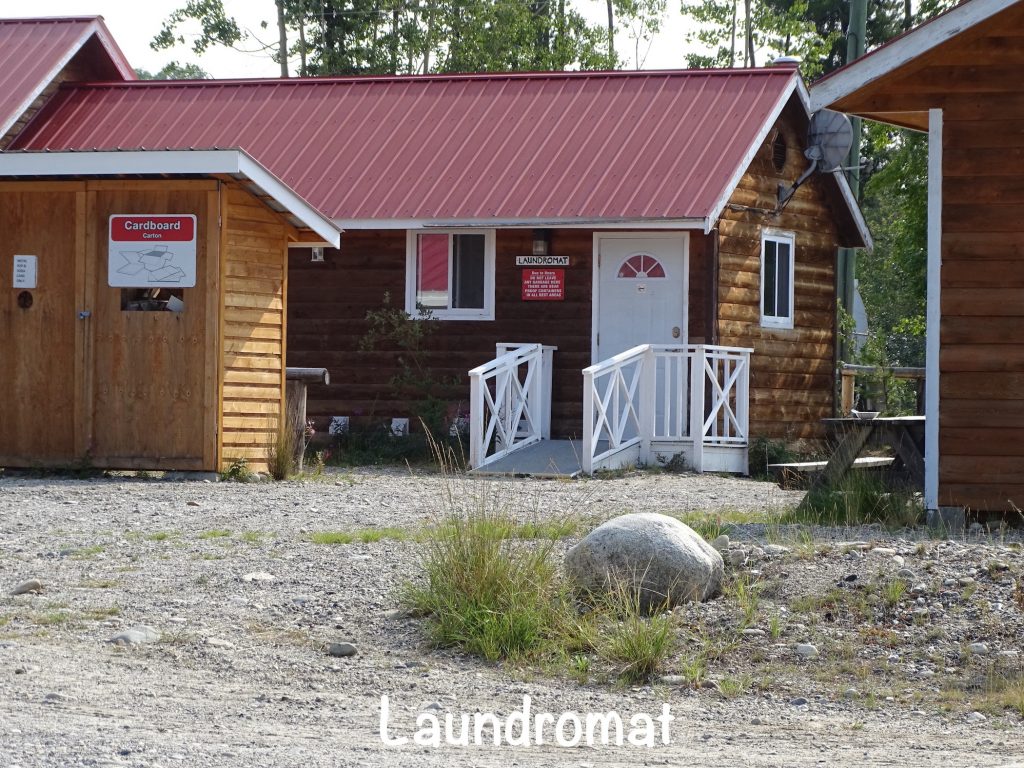
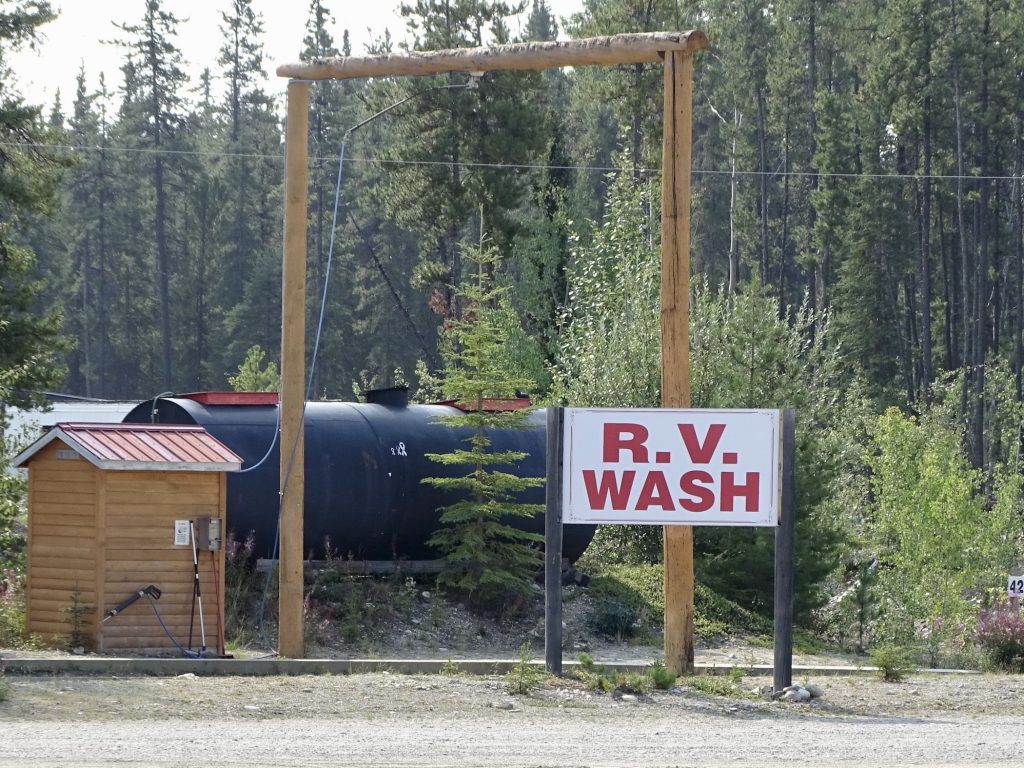
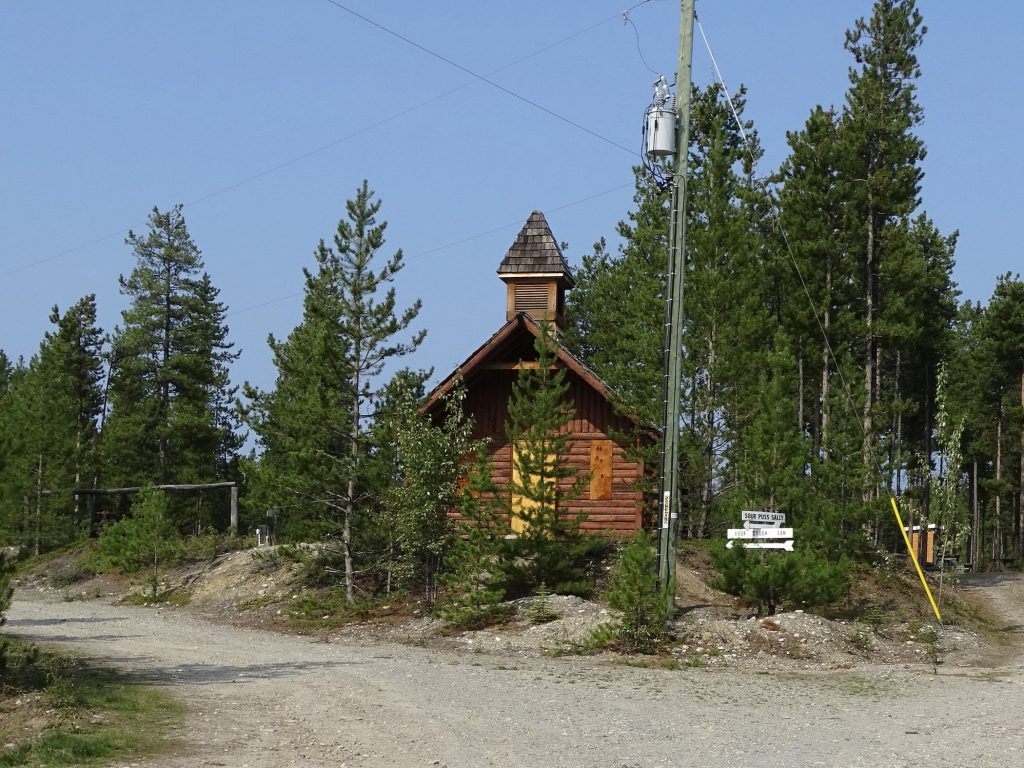
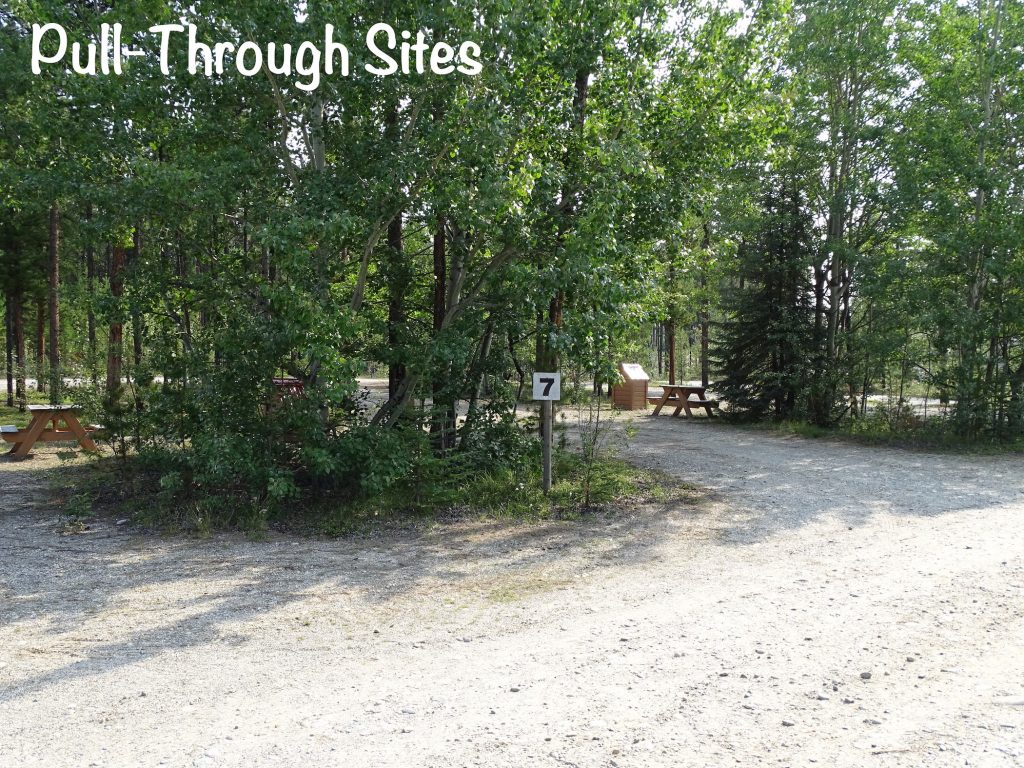
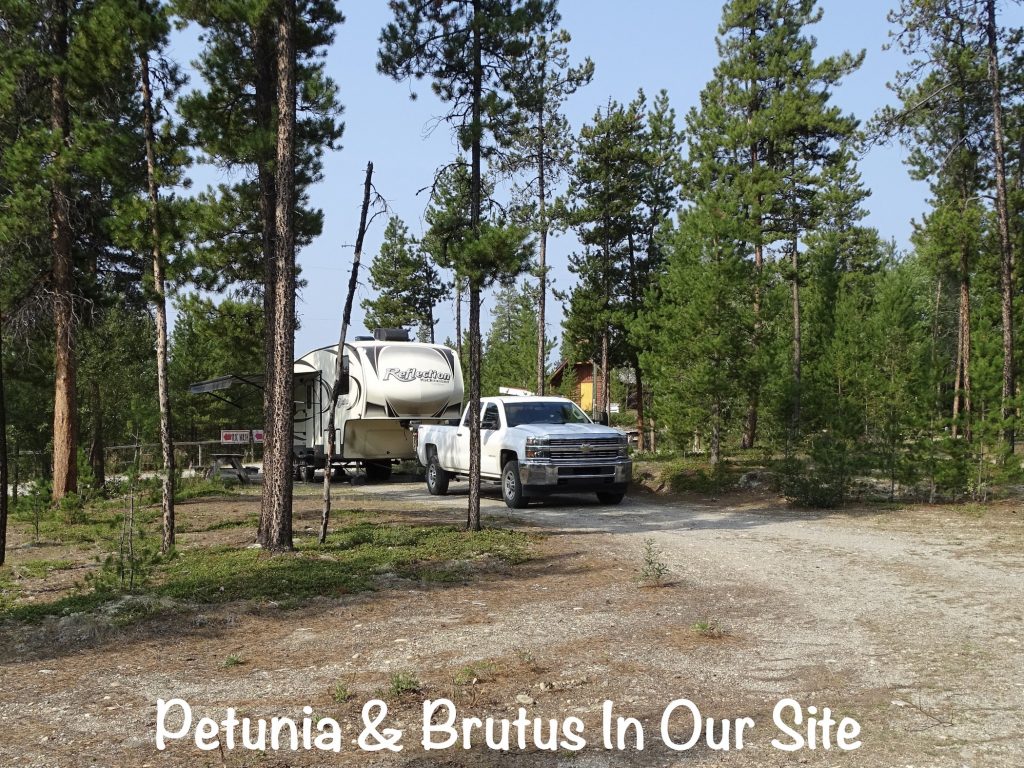
Sunday was MW’s travel day. When we set up and break down, we each have specific duties and have a good rhythm. Doing it alone takes a bit of thought and a little extra time to make sure everything is done. Since there wasn’t too far to go, he hit the road mid-morning, traveling south on the Cassiar Highway. The road was very rough, which we had been warned about by another camper earlier. Along the way he passed a large, black bear near the edge of the road. He was surprised when it wasn’t spooked at all by the rig when he slowed down. Upon arrival at Dease Lake RV Park, there was no wifi or cell signal. (For this entire trip we have only been in a couple of places without both, so being in one when we are apart was an unhappy coincidence.) He did find free wifi at the BC services building, but they would be closed until Tuesday for the long holiday weekend. During our marriage there have been very few days that we haven’t spoken at all. Since retirement, I’m not sure there have been any, so it was really weird. We have our credit cards set up to ding when there are international charges, though, so I knew he was okay. You’ll be happy to know that his inner photographer emerged while I was gone, too!
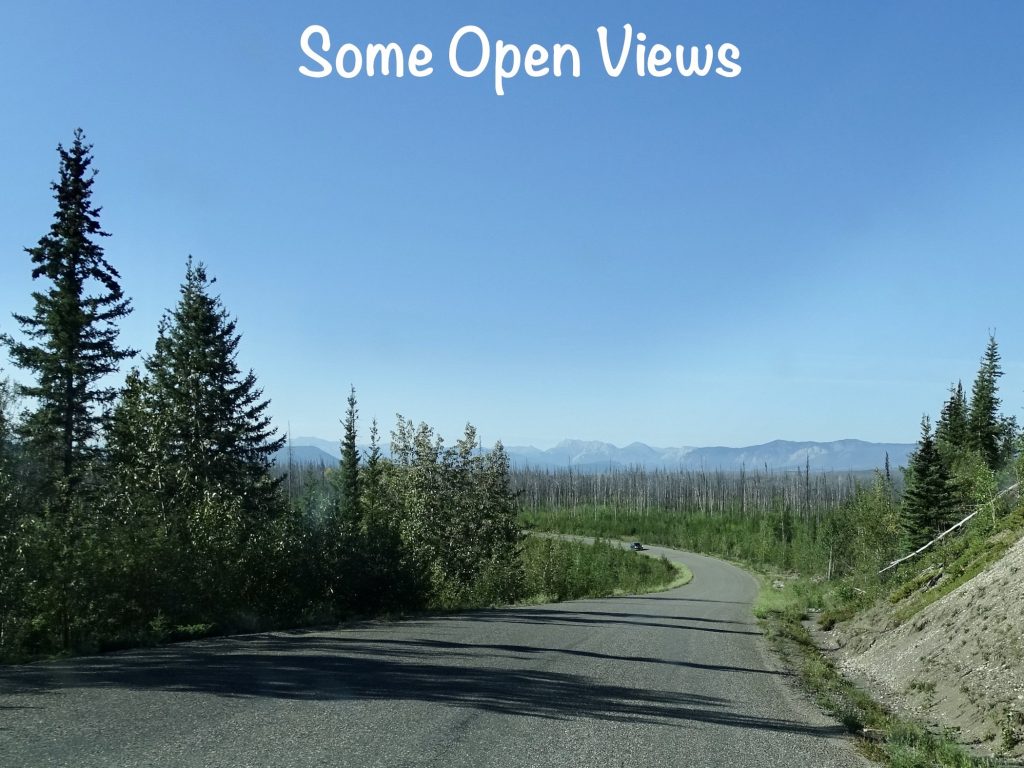
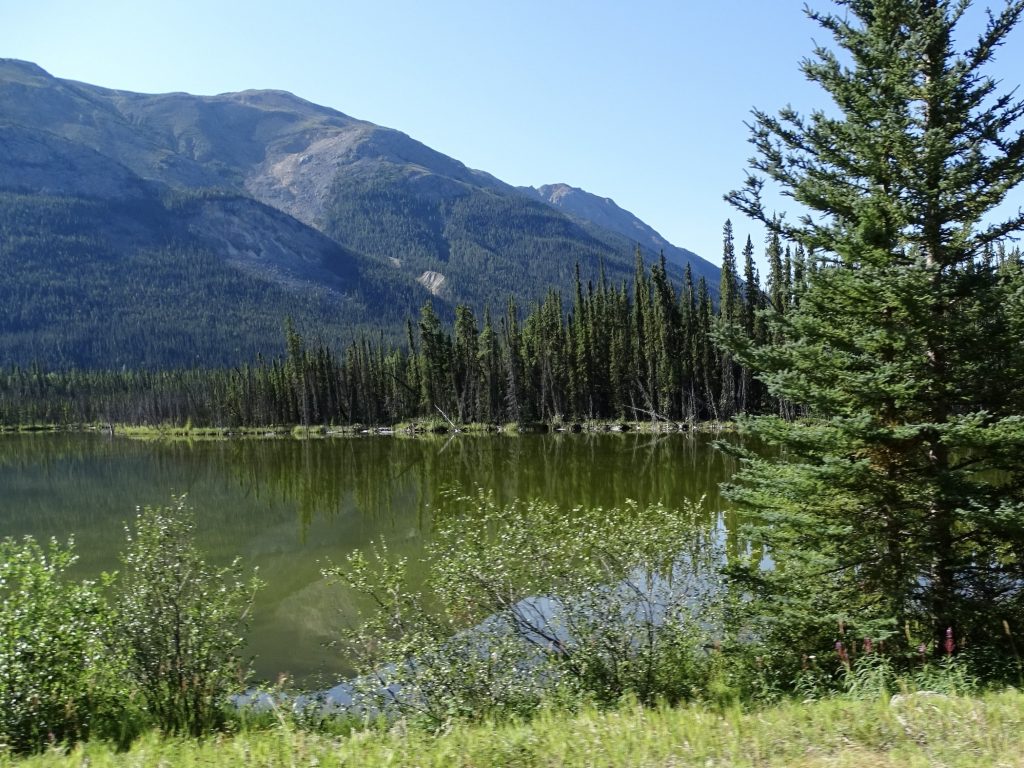
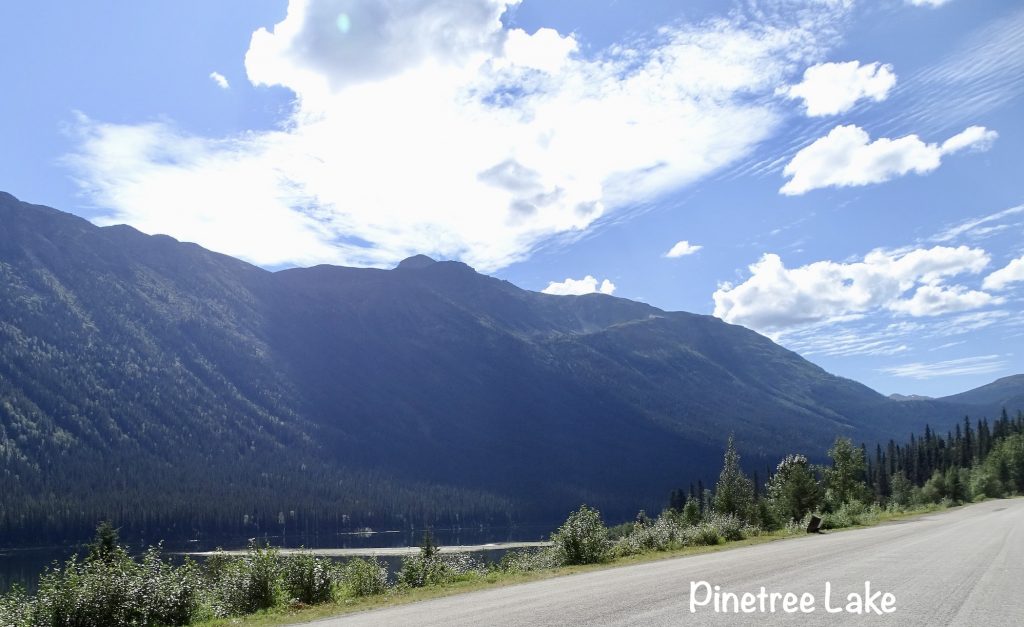
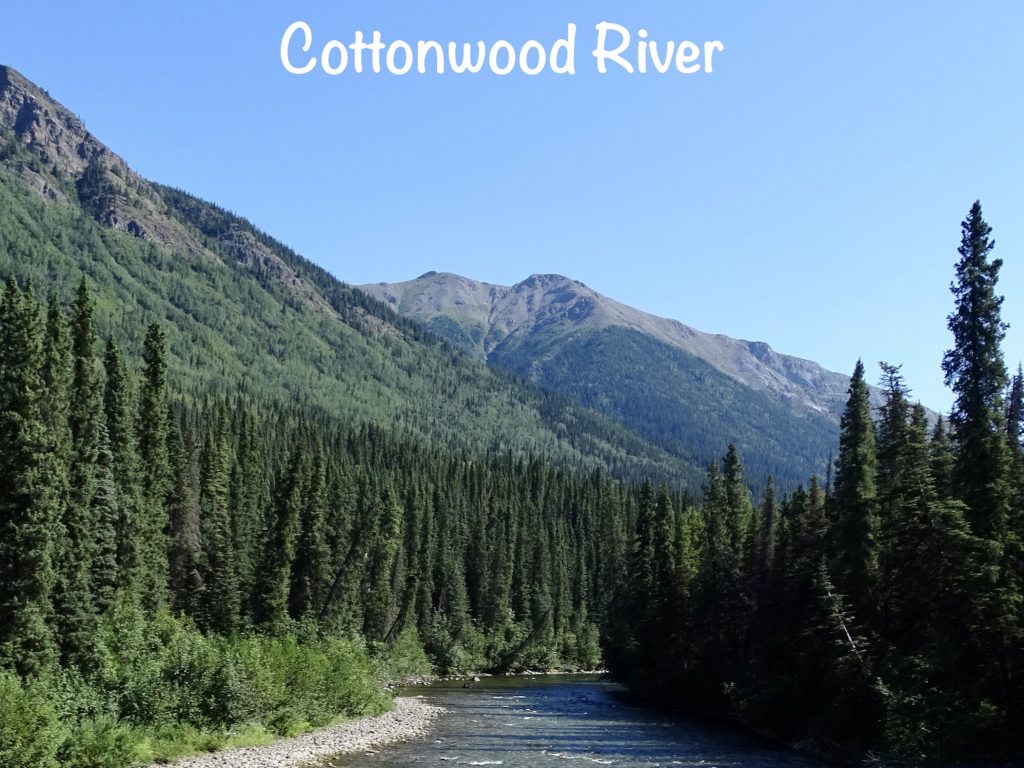
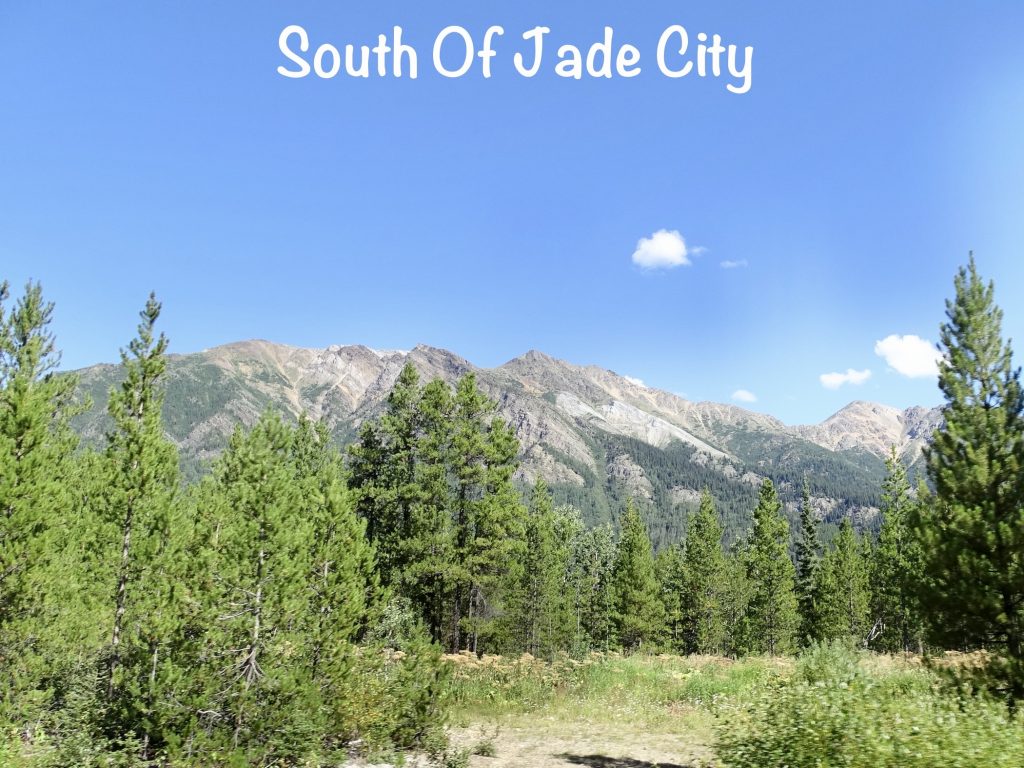
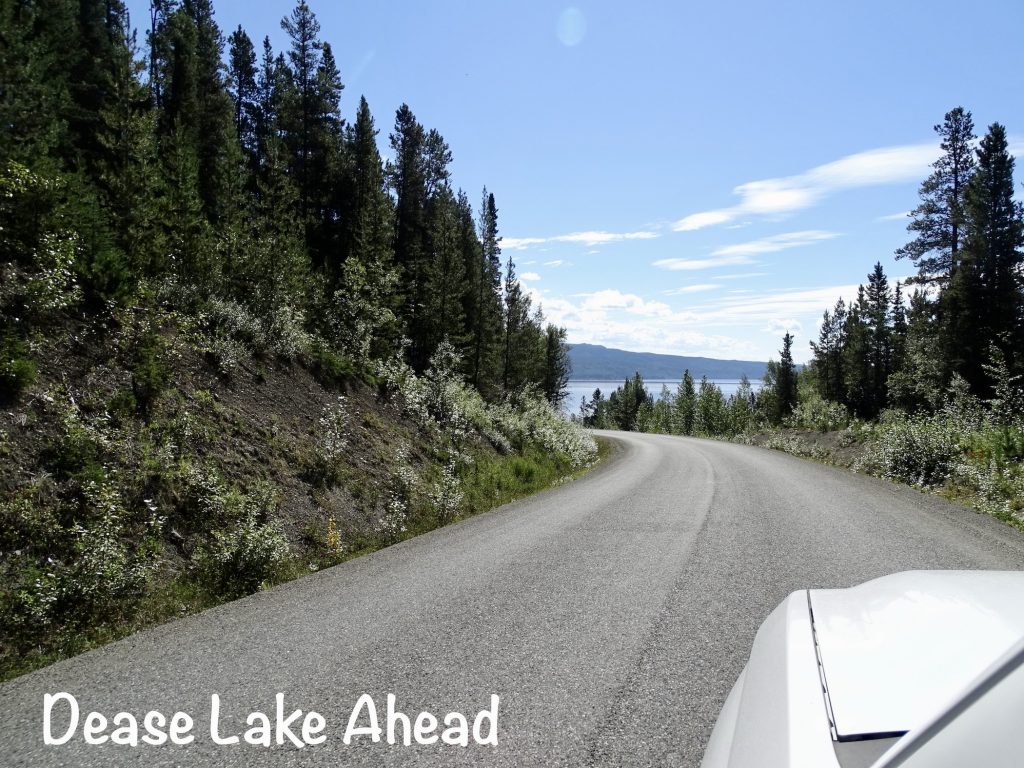
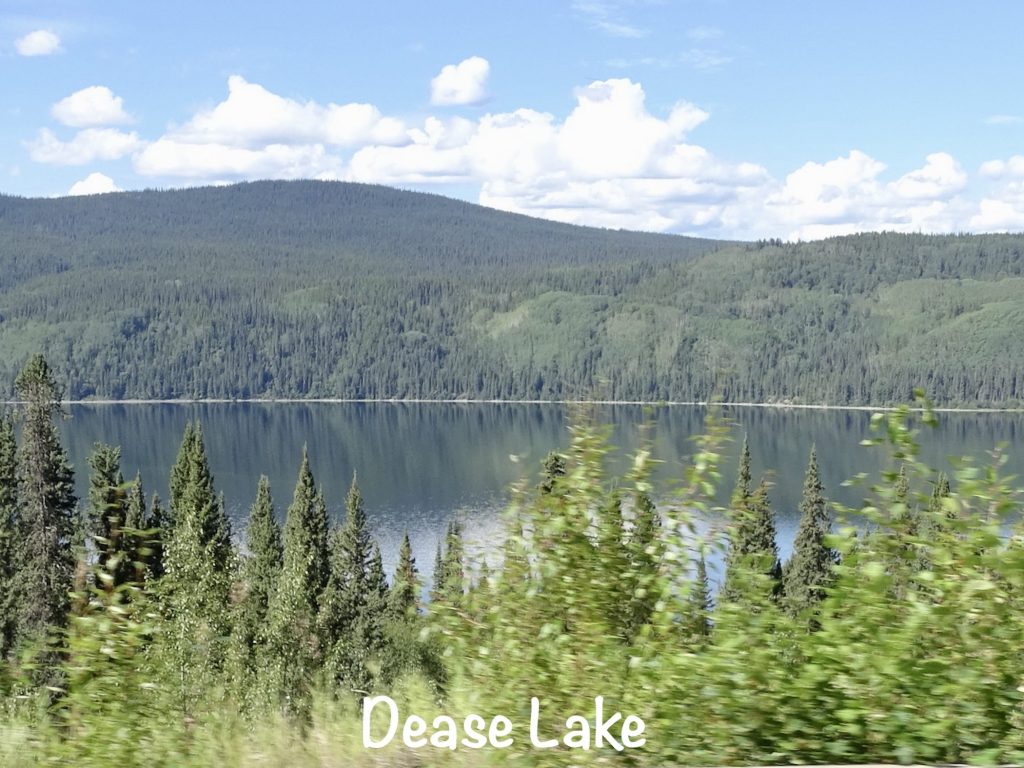
Monday was a grey, rainy day for MW. He stayed in and relaxed, making the meatloaf I had planned to make before my abrupt departure. Then Tuesday was more of the same, weather wise, so he just made a grocery store run and got gas. Before bed, he hooked Petunia up for an early start.


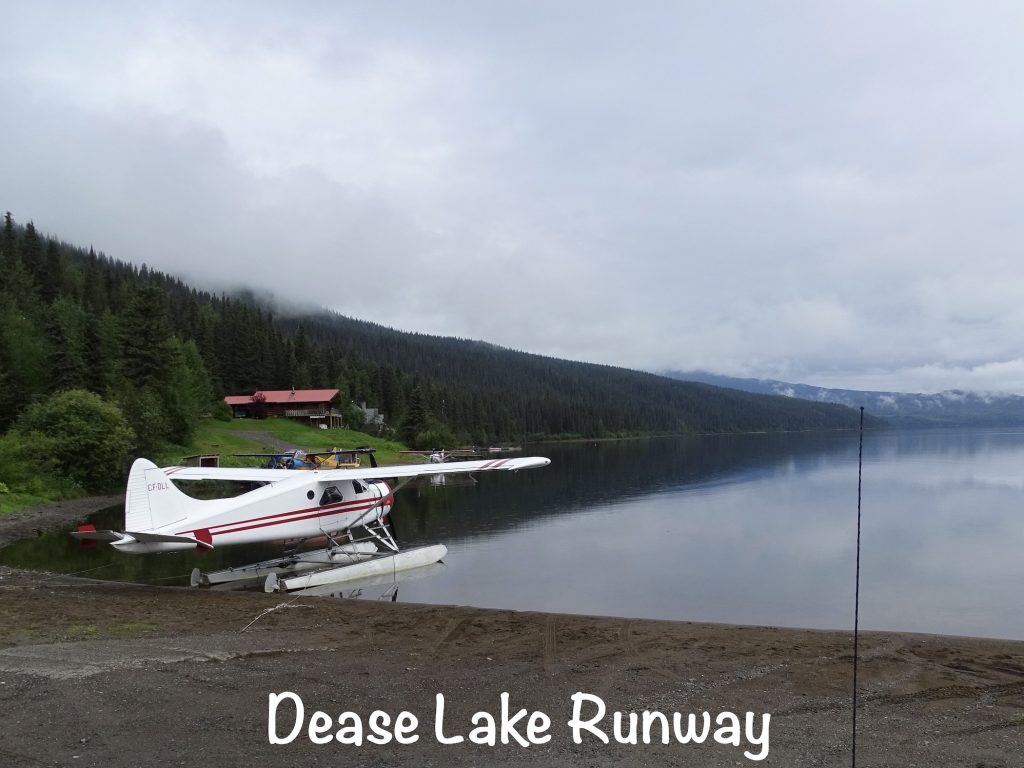
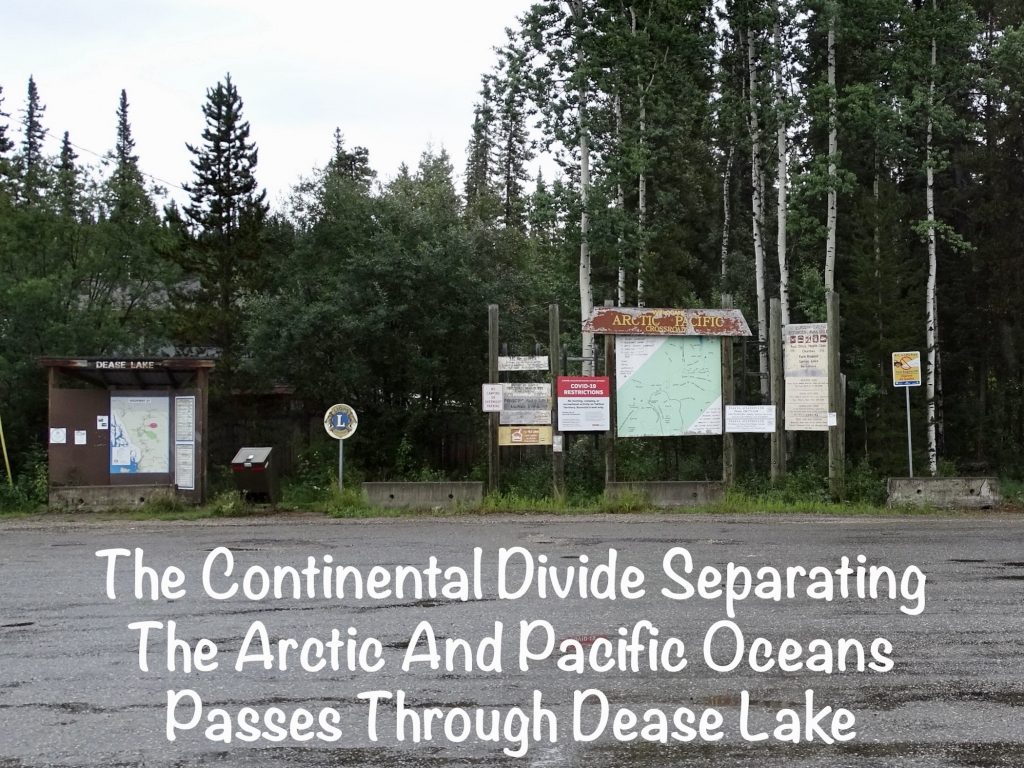
Dease Lake RV Park is a basic, well-kept park. There is not much to do in the area except the lake stuff and flight-seeing tours, but it is great for a quick overnight. They don’t have a website, and can only be reached by phone (250-771-4666). Amenities include a laundry, a clean bathhouse with coin showers, and a covered picnic area. Sites include pull-through and back-in, some with 30-amp full hookup and some electric and water only. There are no cell signals or wifi, and the only connection available in town when MW was there was wifi at the BC services building during work hours only. For this stay in August 2023, we paid $90.11 for 3 nights.
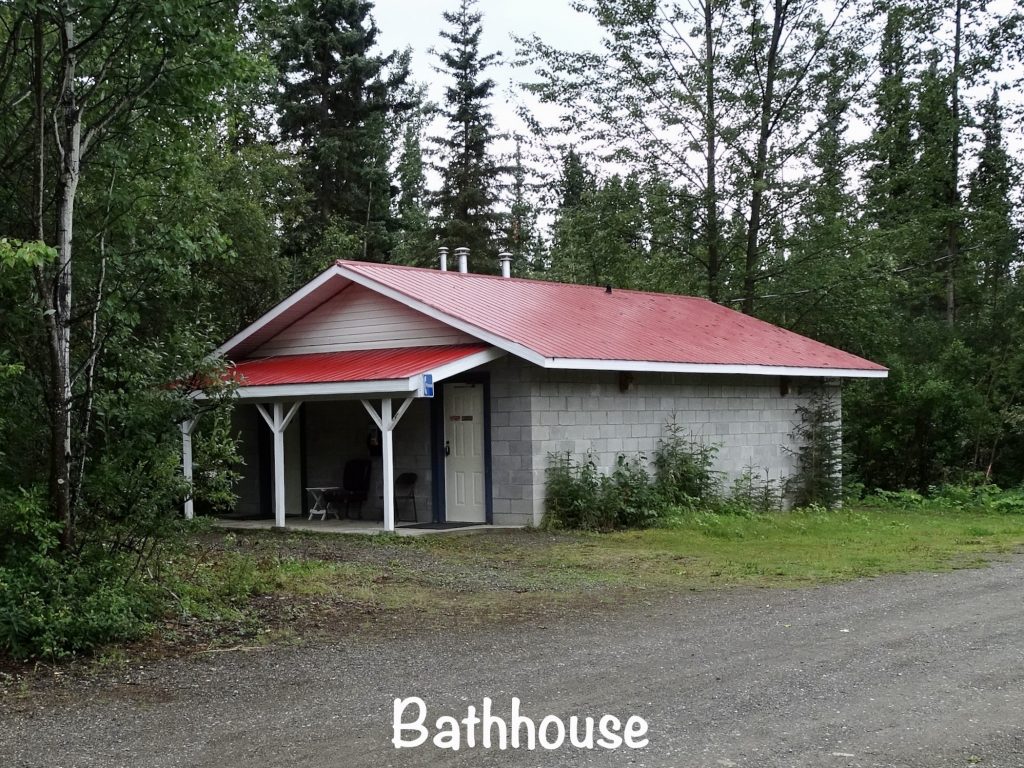
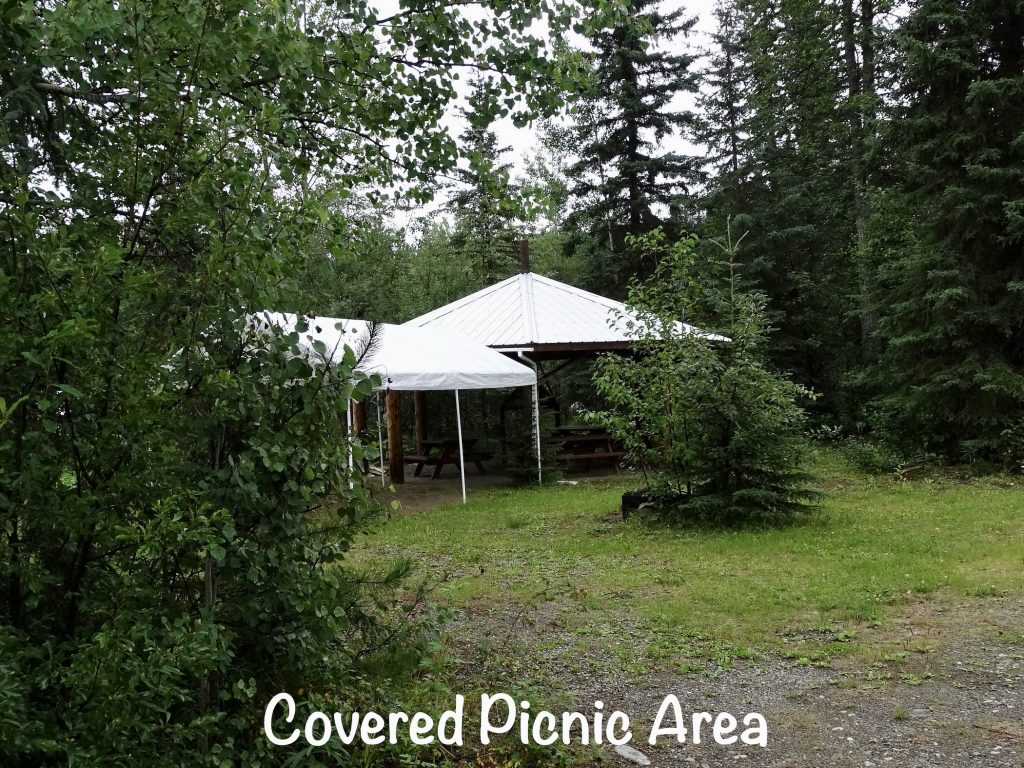
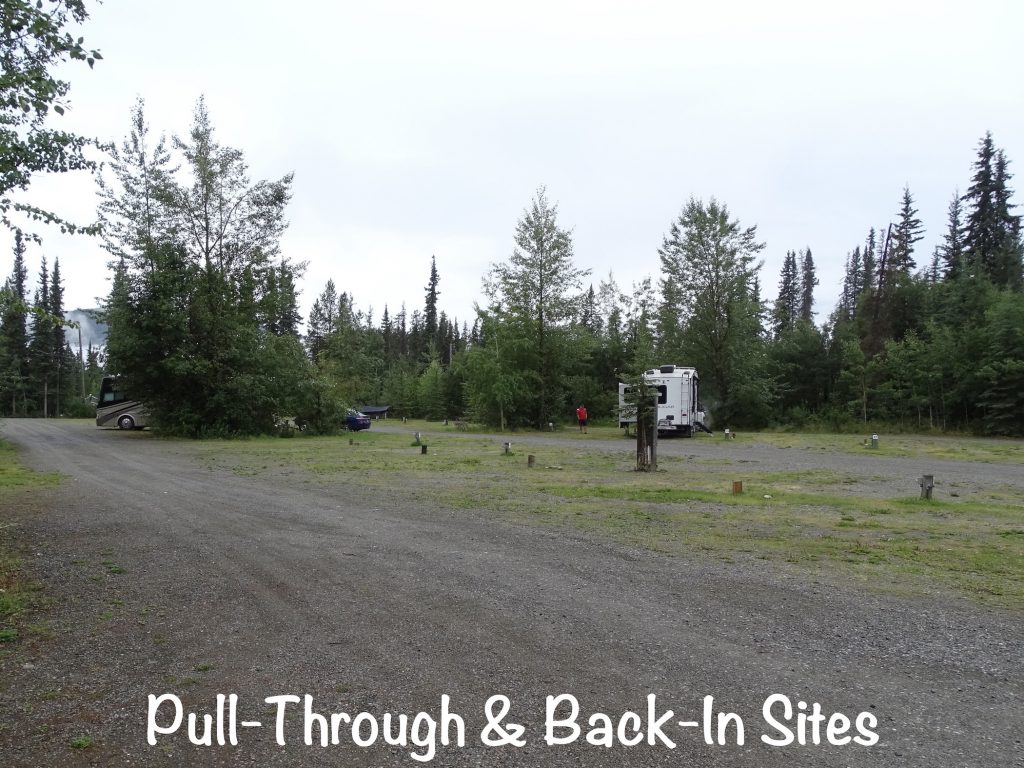
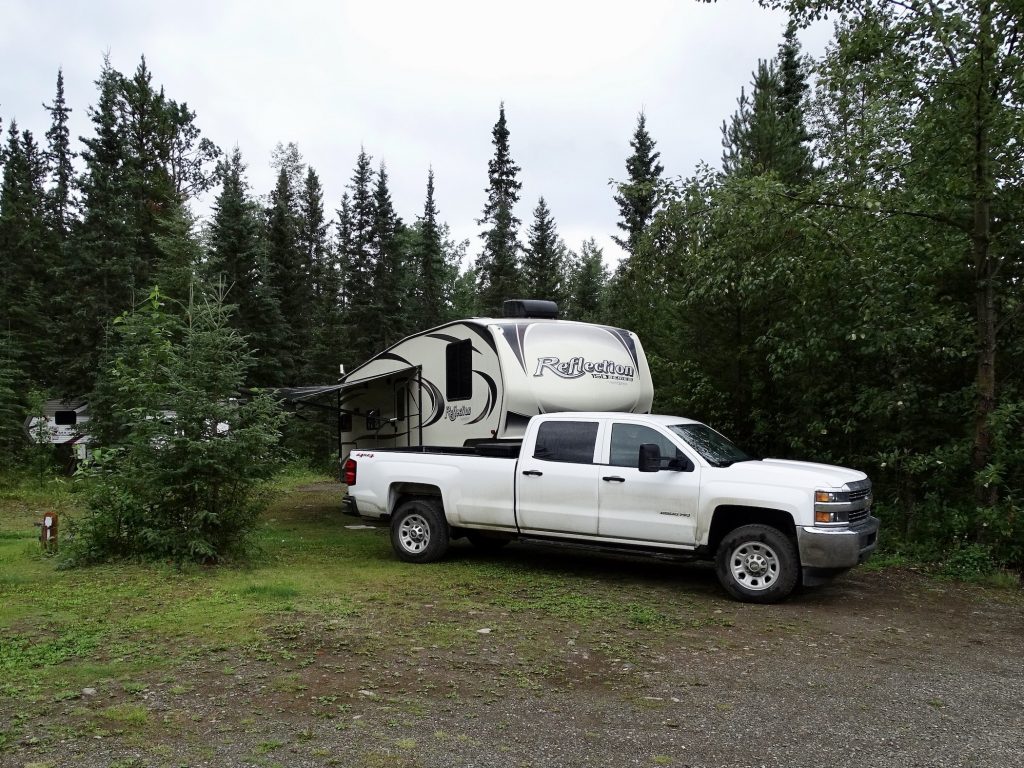
Wednesday MW pulled out around 7 AM, continuing on the Cassiar Highway down to Kitwanga. Thankfully, this section was better than the one on Sunday. At Meziadin Junction, British Columbia, he stopped at the Wolf Den Cafe for a BLT lunch. He said the place felt a bit like the work camps we went to up on the Dalton Highway. Wonder what workers they are there for? By mid-afternoon he arrived at the Kitwanga River RV Park. Most importantly, he called me!!!
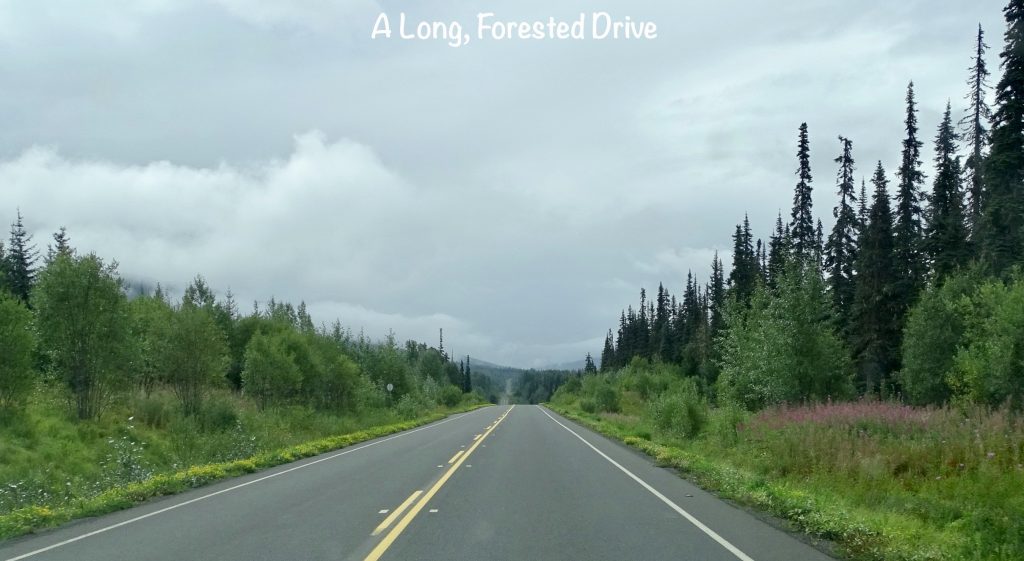
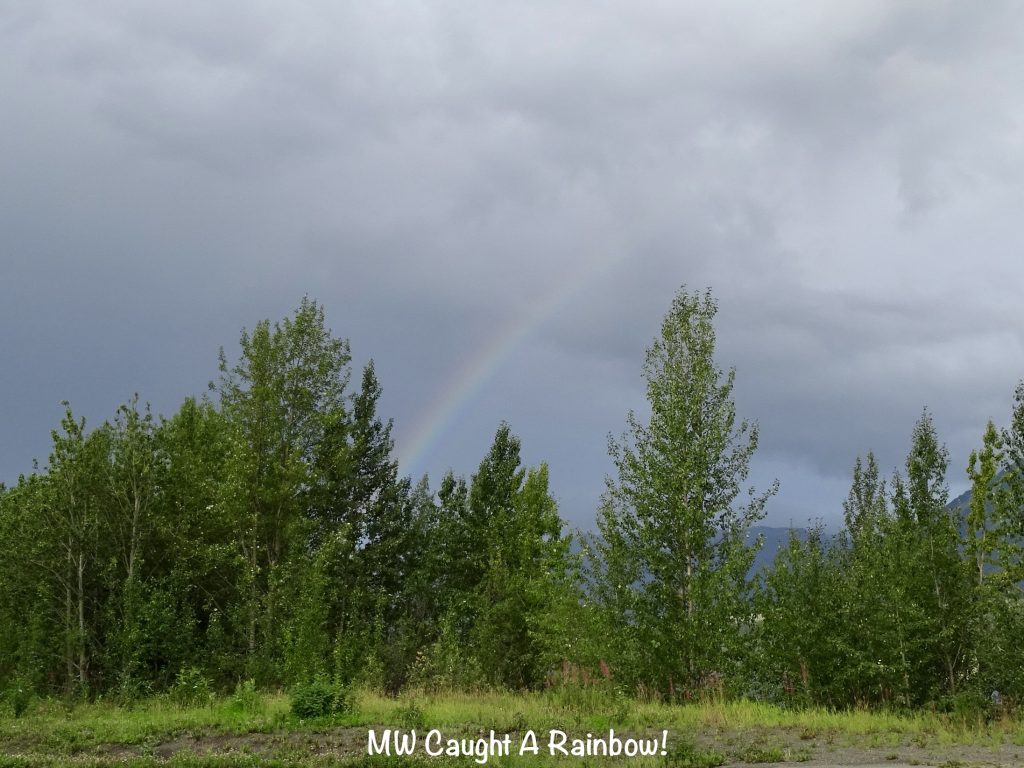
Thursday we were both on the move. I headed out about 5:30 AM to ensure time to get back across the border and catch my flight out of Vancouver. Unlike the drive south, though, it took all of 7 minutes to get across. There was just one car in front of me, which only took a couple of minutes. They asked about 5 questions and wished me well. Yay! In Richmond, British Columbia, I stopped for gas and sat down at Cora for a bit of breakfast…Smoked Salmon Benedict that was amazing, plus beautiful!!
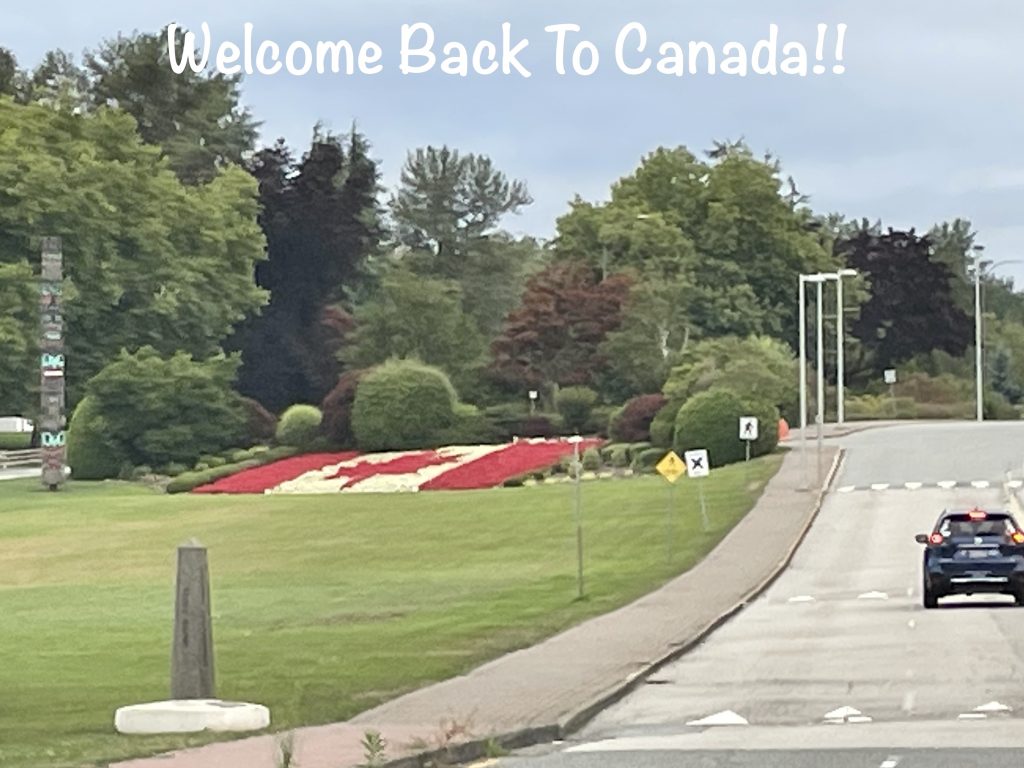
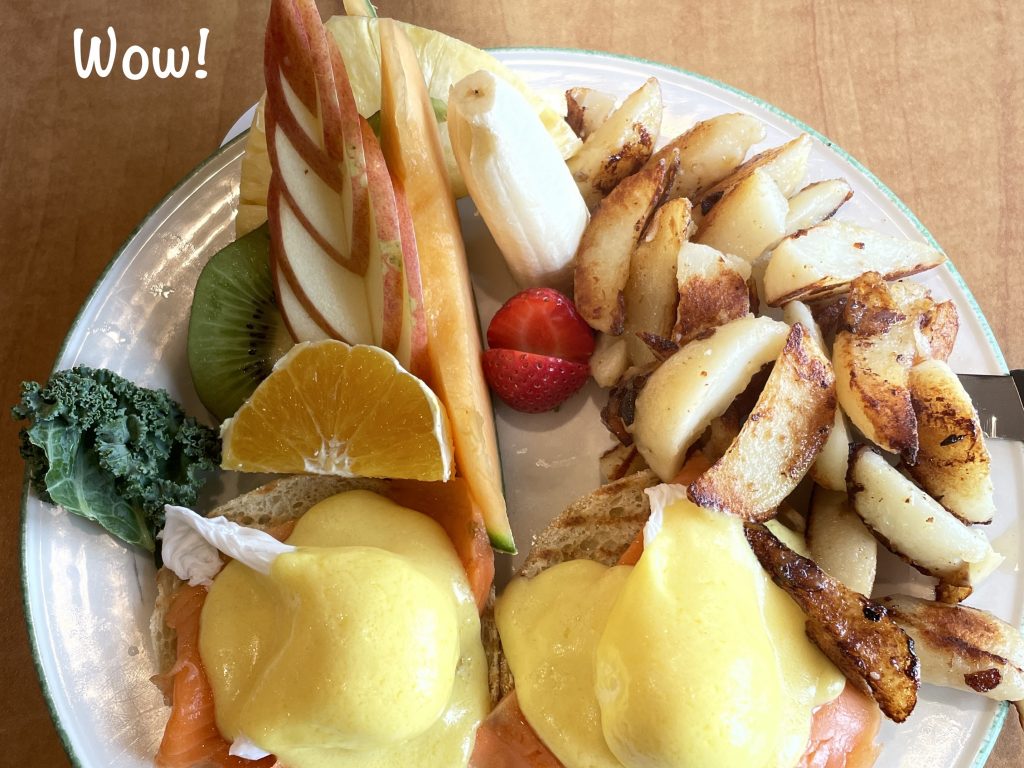
Meanwhile, MW headed out about 8:30 AM, stopping for breakfast at the Petro Canada in Kitwanga, British Columbia. There is only one way to get to Prince Rupert, and that’s the Yellowhead Highway, a beautiful drive through the mountains along the Skeena River. The day was mostly cloudy, but there was still some terrific scenery.
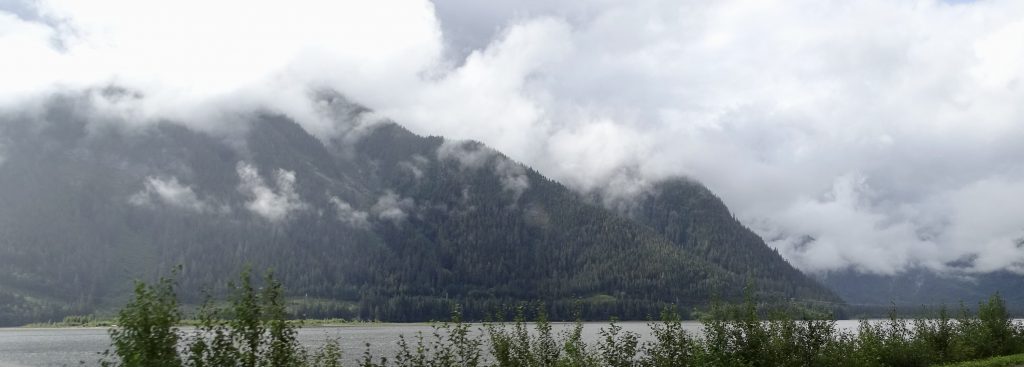

I arrived at the airport, turned in my rental car, and made it through security with no issues. Still having a couple of hours to kill, I parked myself in a cafe near the gate for a bit of writing. The flight took off on time and before long I was catching glimpses of the coast through the clouds. It has been a LONG time since I flew on a puddle-jumper, and I really enjoyed the sound of the propeller. My seat-mate was a nice young man who was part of the team building the addition to the cargo ship dock in Prince Rupert. He gave me lessons on the complexities of engineering projects in water. Very interesting. Although I didn’t need it, he also walked along with me once we arrived at the airport to make sure I knew where to go. He must have been taught to be nice to old ladies. LOL
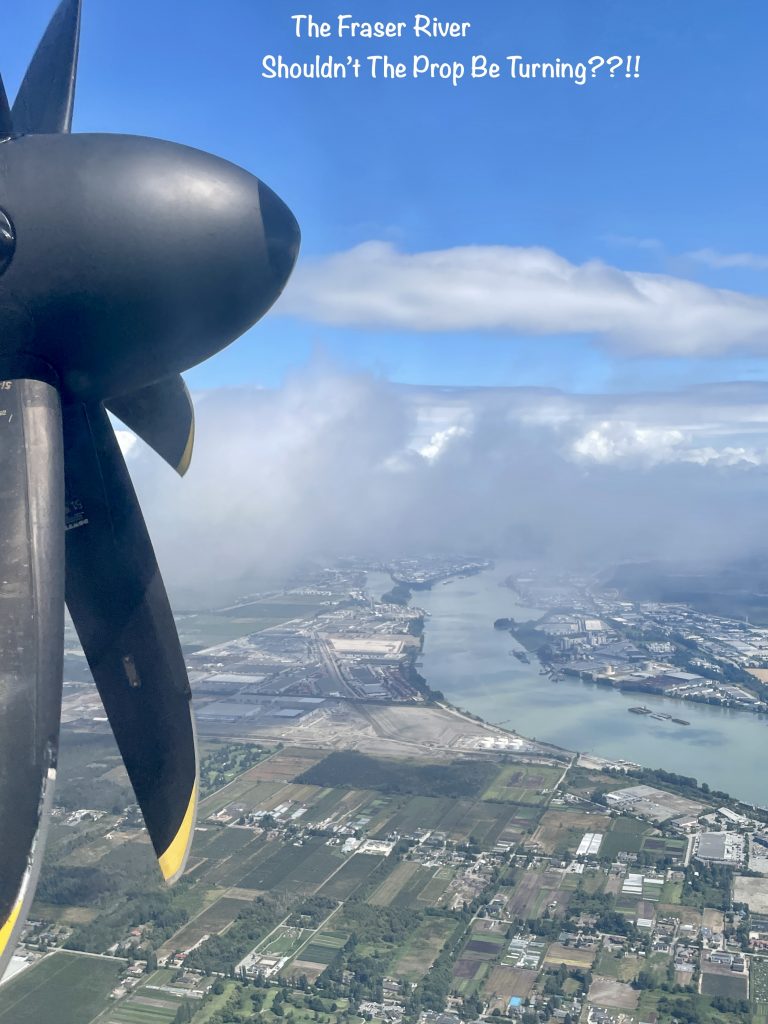
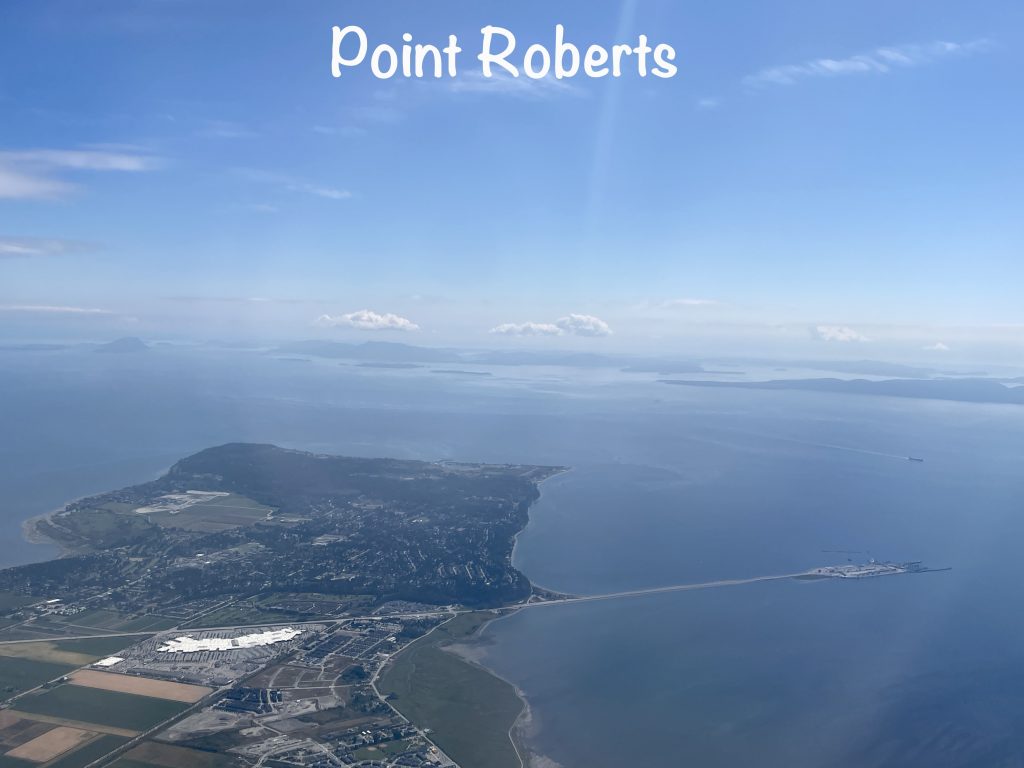
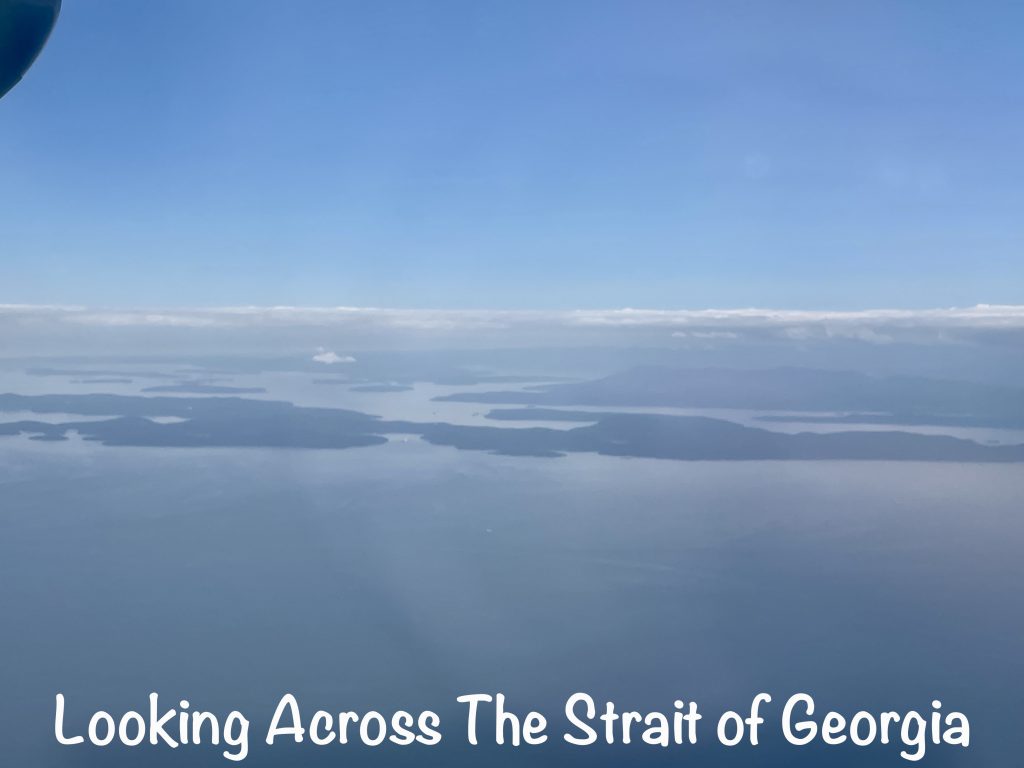
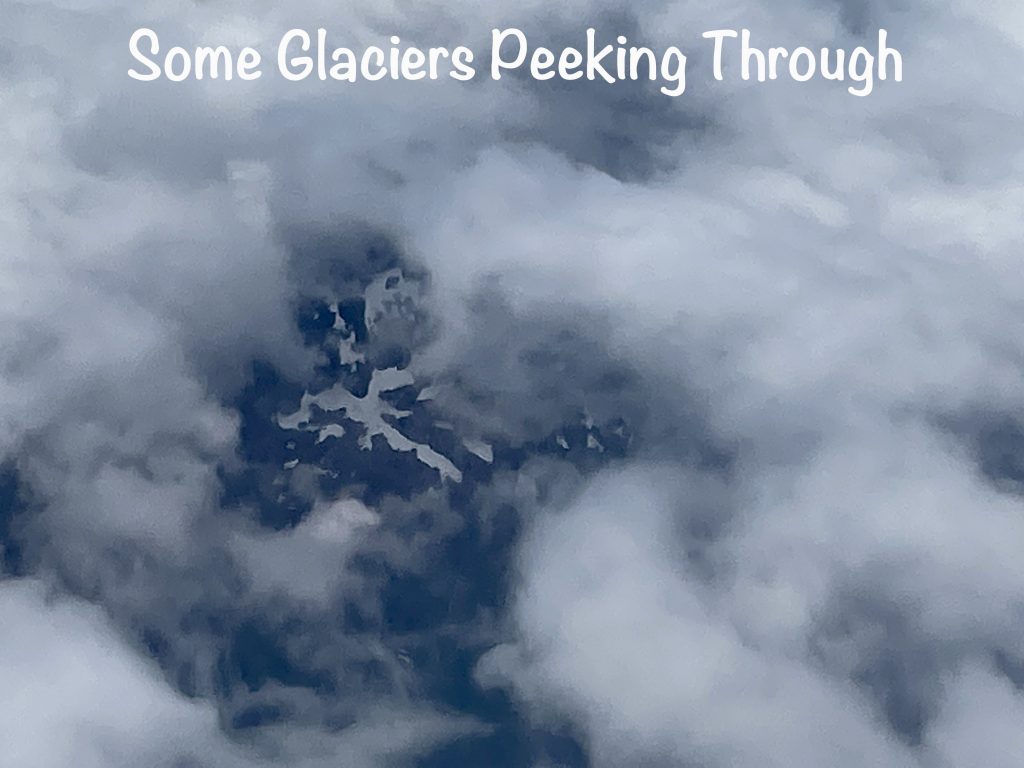
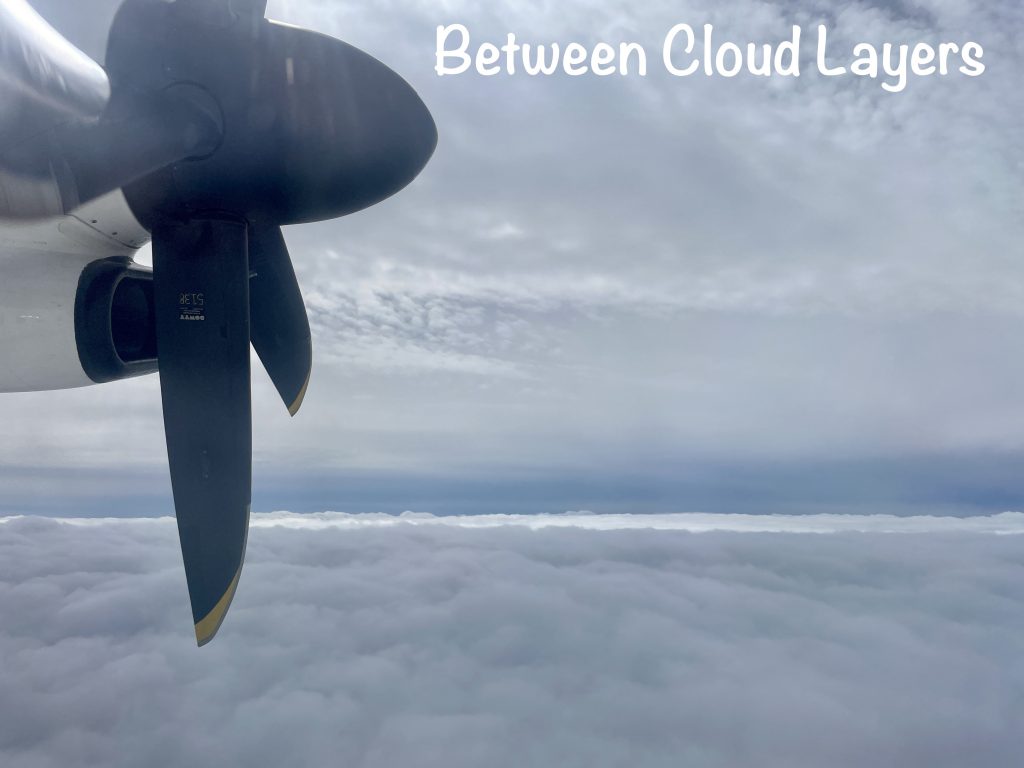
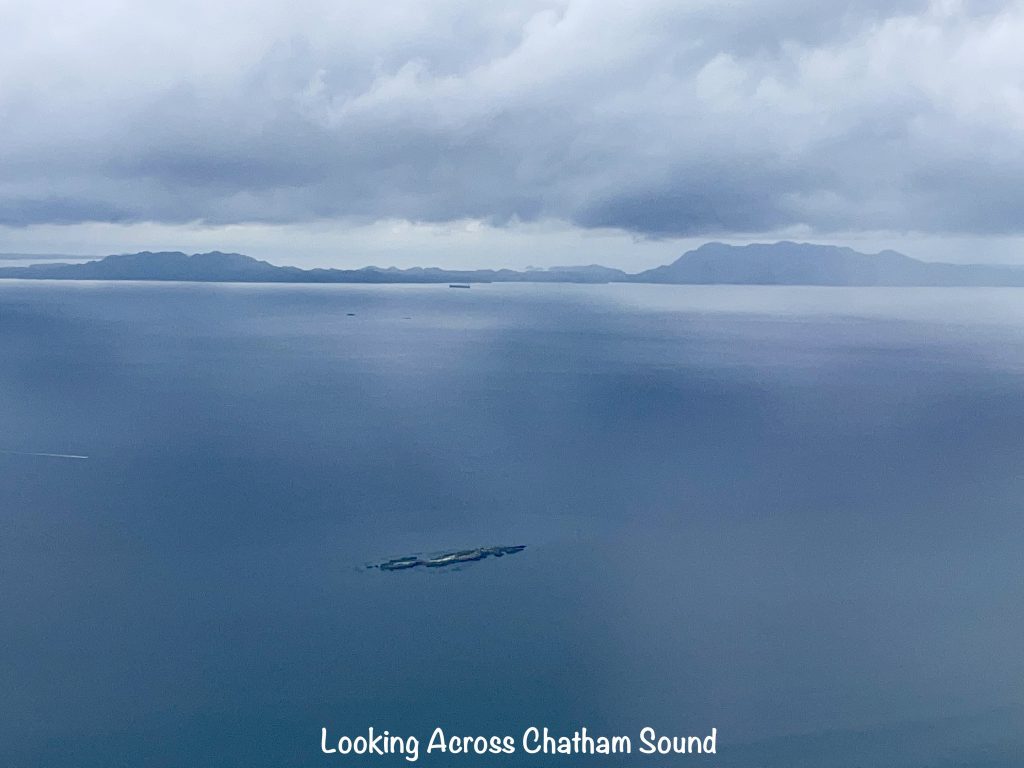
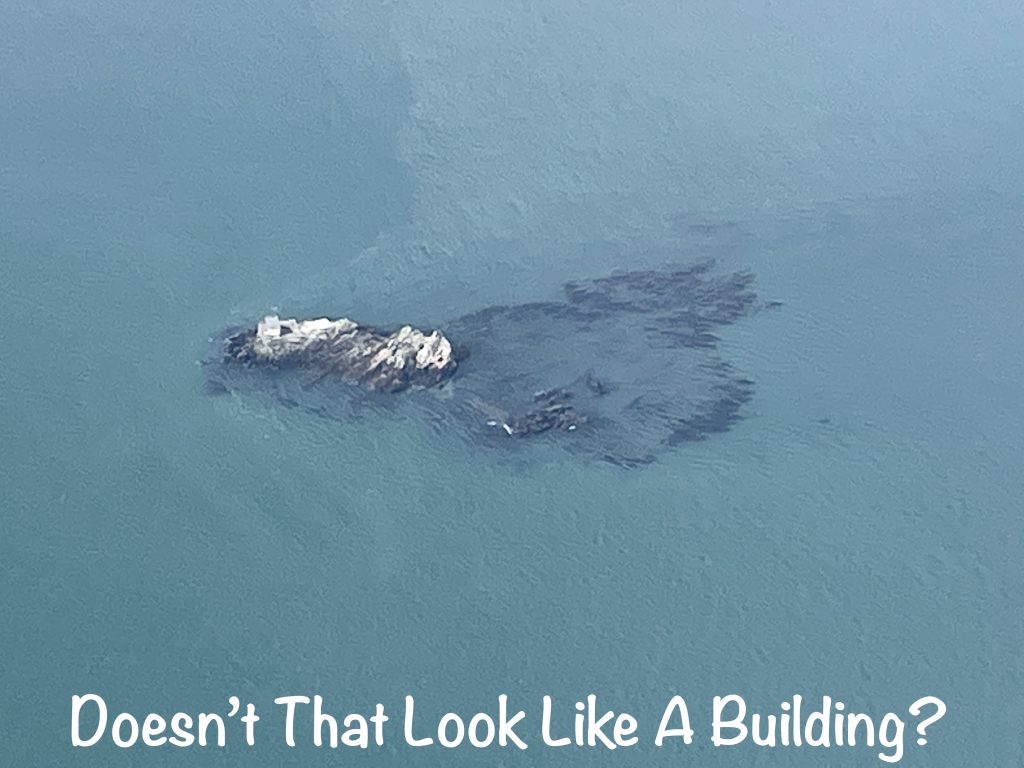
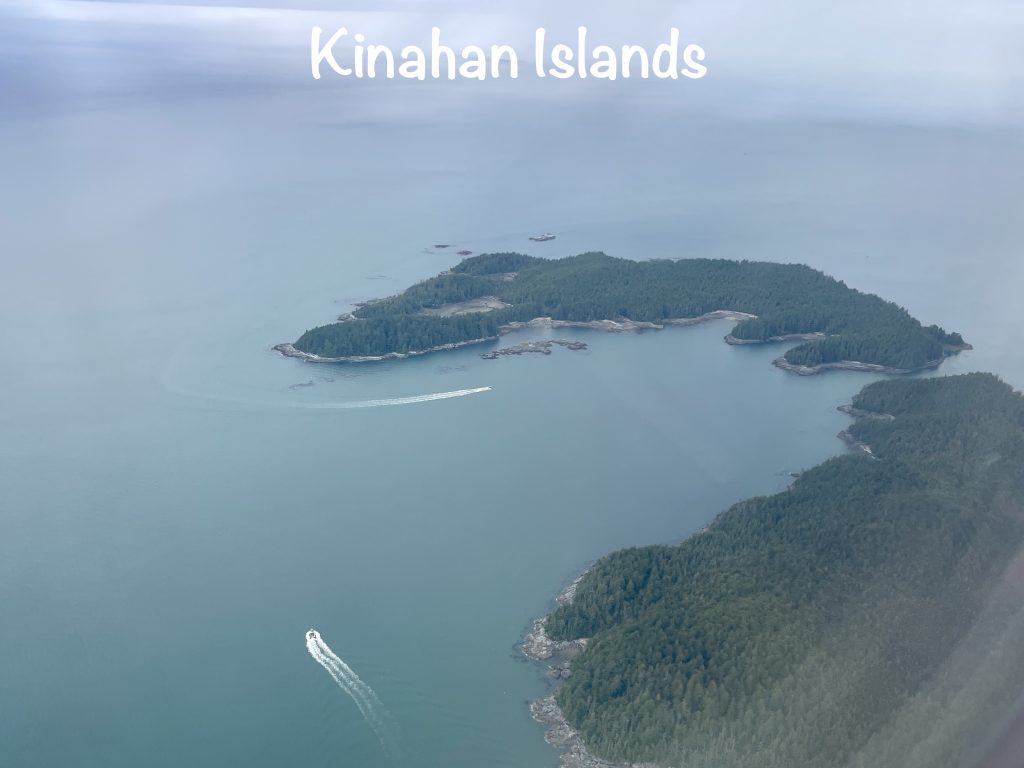
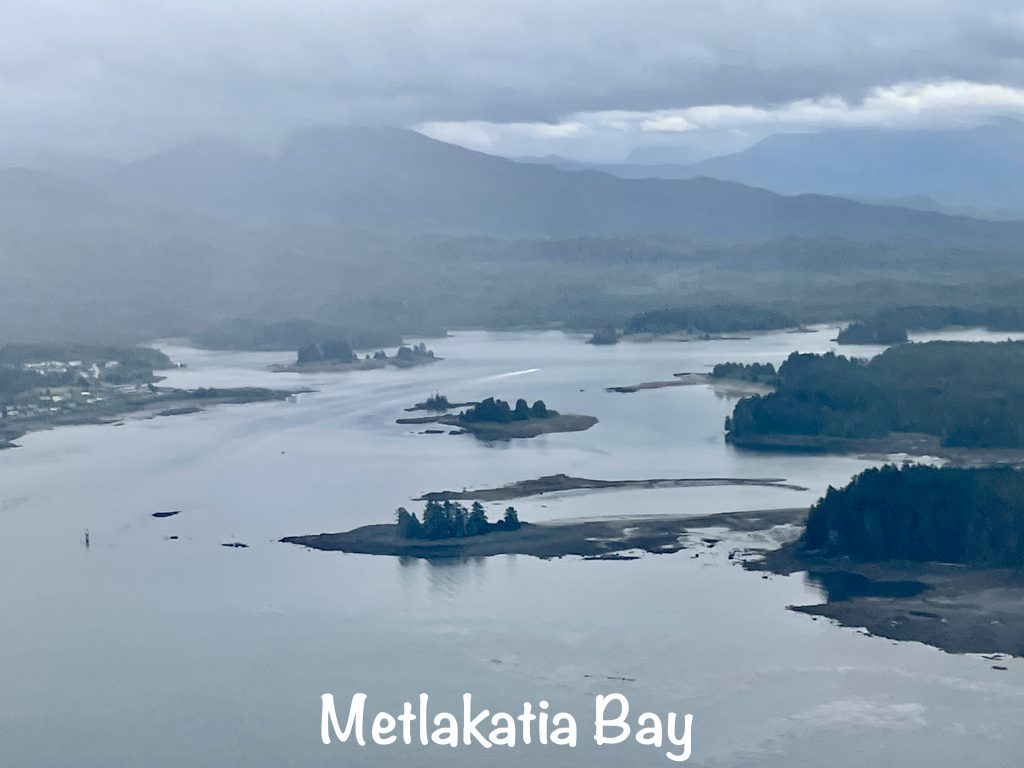
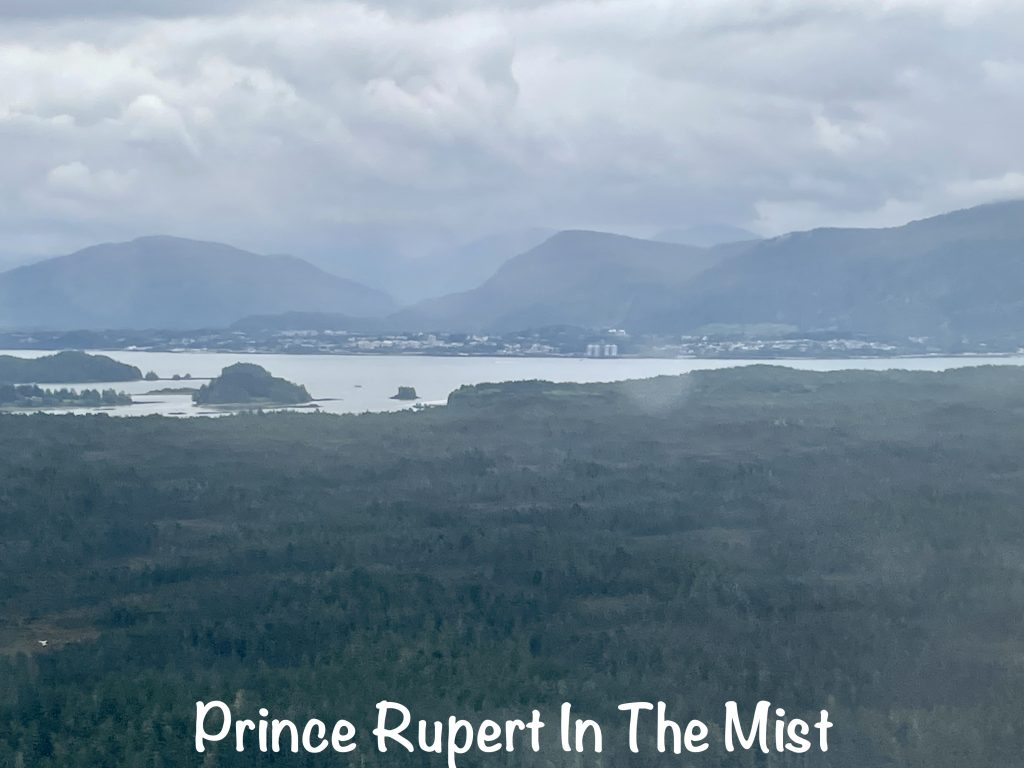
While he waited for me, MW went over to check out the North Pacific Cannery National Historic Site. We owe those cans of tuna and salmon sitting on our shelves, along with every other canned item in the pantry, to none other than France’s Napoleon Bonaparte. Really…I’m not making it up!! In 1795, he offered a huge reward, the equivalent of about $150,000 today, to the person who could invent a new method of food preservation. It took 14 years for the reward to be collected by Nicolas Appert using glass jars sealed with cork and wax. A year later, the “tin canister” was invented, which looked exactly like our tin cans today. Then in 1812, the first American cannery opened in New York City. Fast forward to the mid-1800s when fishermen were looking for ways to ship the abundant salmon from Alaska and Canada to the rest of the country. Canning was the best solution. Cannaries popped up along the West Coast of Canada, while others were built along isolated salmon rivers in the Yukon, British Columbia, and Alaska. The North Pacific Cannery was built in 1889 in Prince Rupert where it began shipping high quality salmon directly to England. The segregated workforce consisted of Chinese, Indian, Japanese, and white laborers. Uniquely, the Indian First Nations people (Gitksan Nisga’a, and Tsimshian) were the only ones who came to the cannery as family units. Mothers and daughters worked on nets and the actual canning. Sons offloaded fish, while grown men worked in a variety of roles to keep the canary running. At one time it was responsible for 1/4 of British Columbia’s total canned salmon and was the largest packer of sockeye salmon in the world operating for almost 90 years.
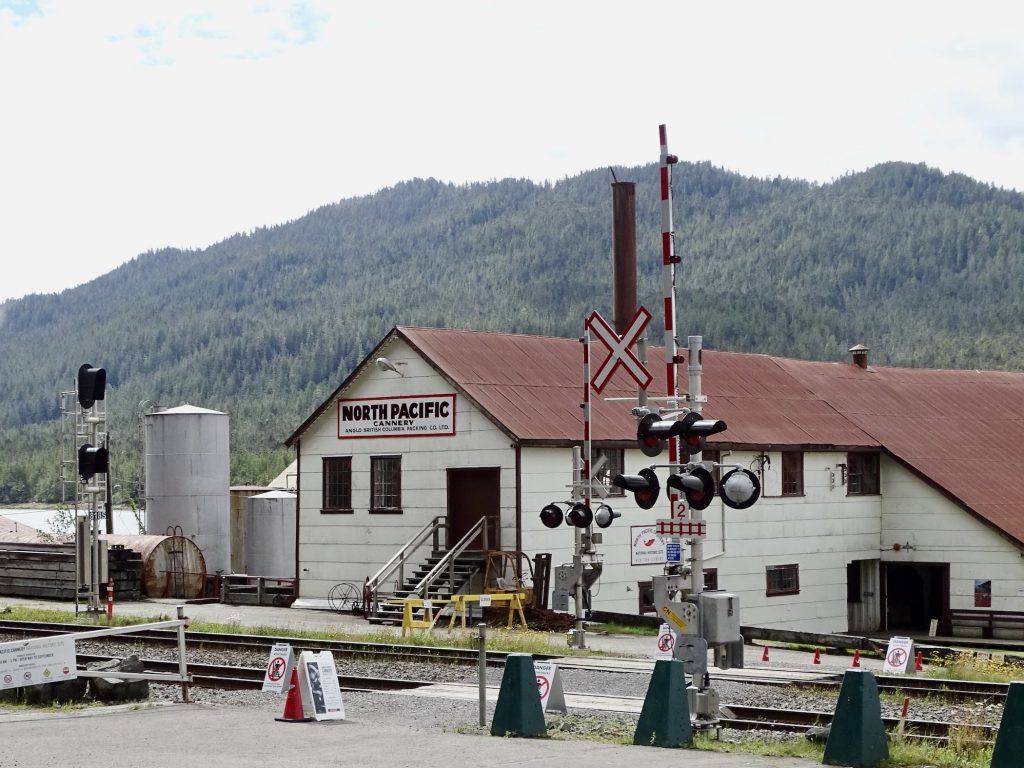
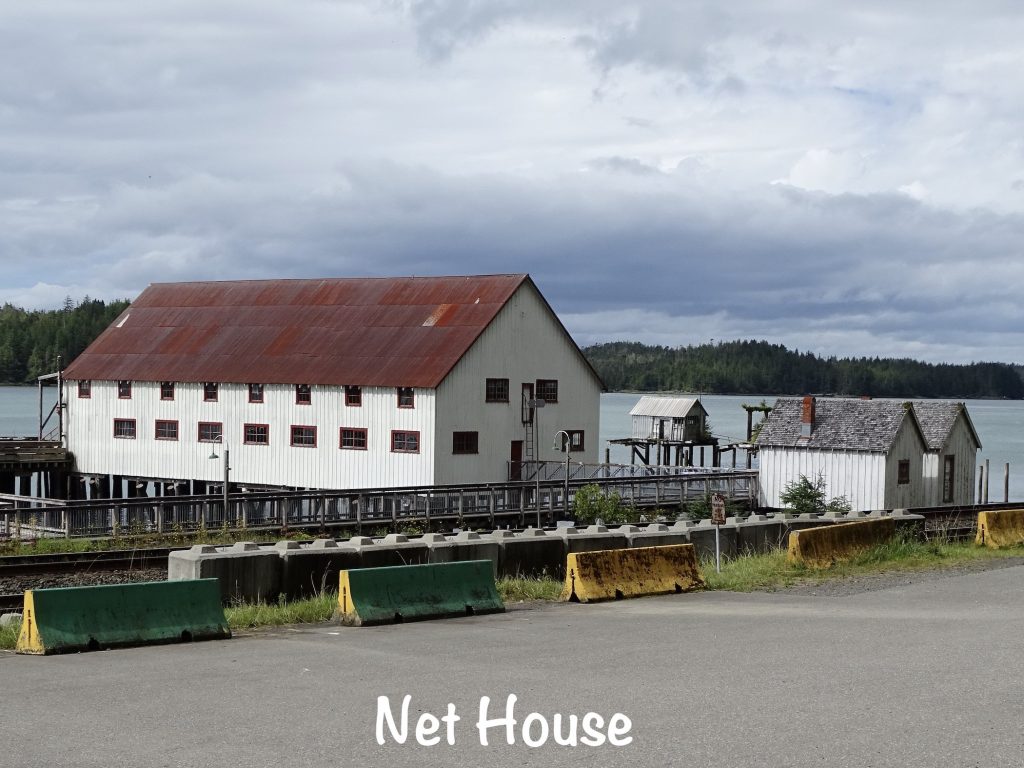
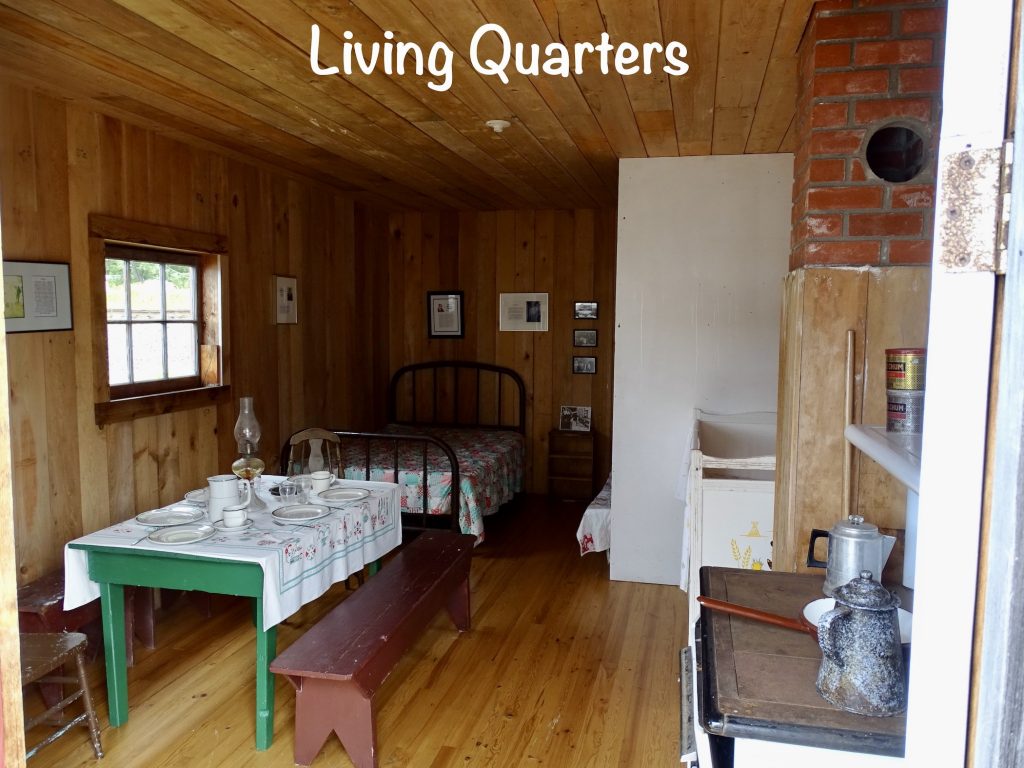
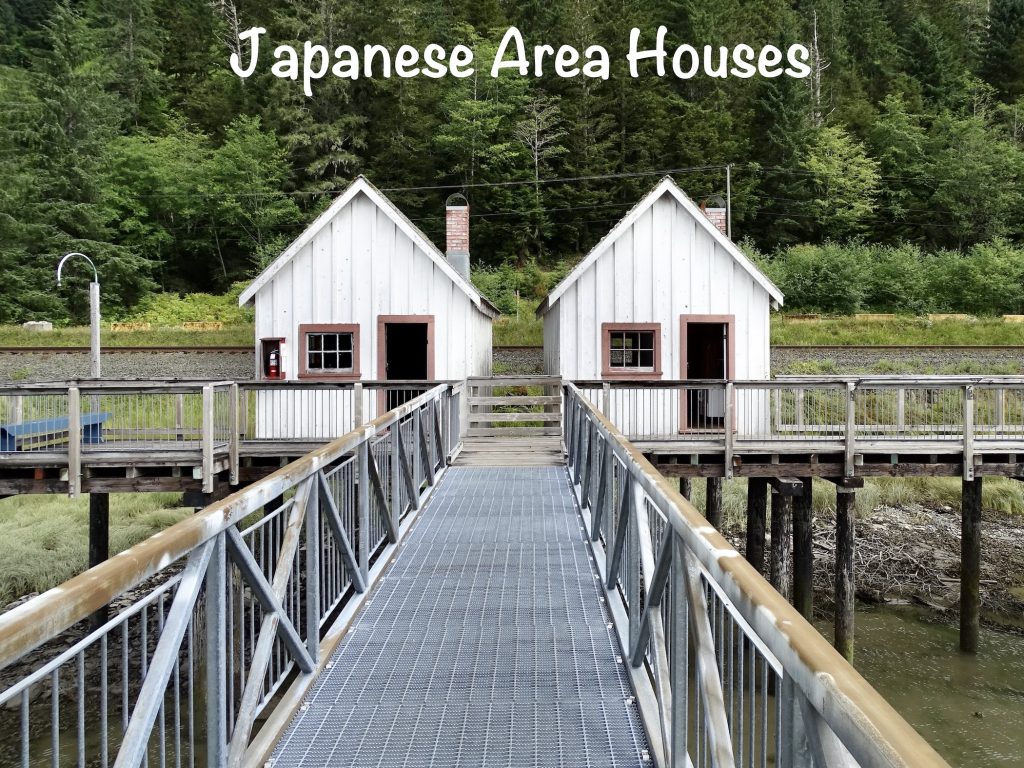
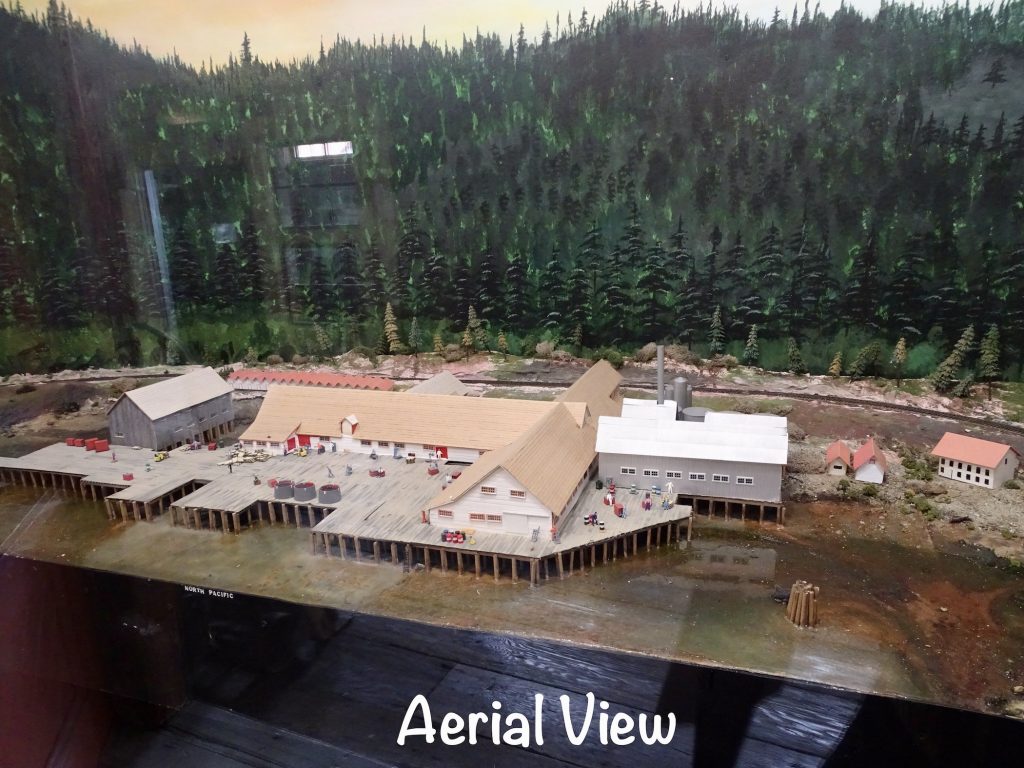
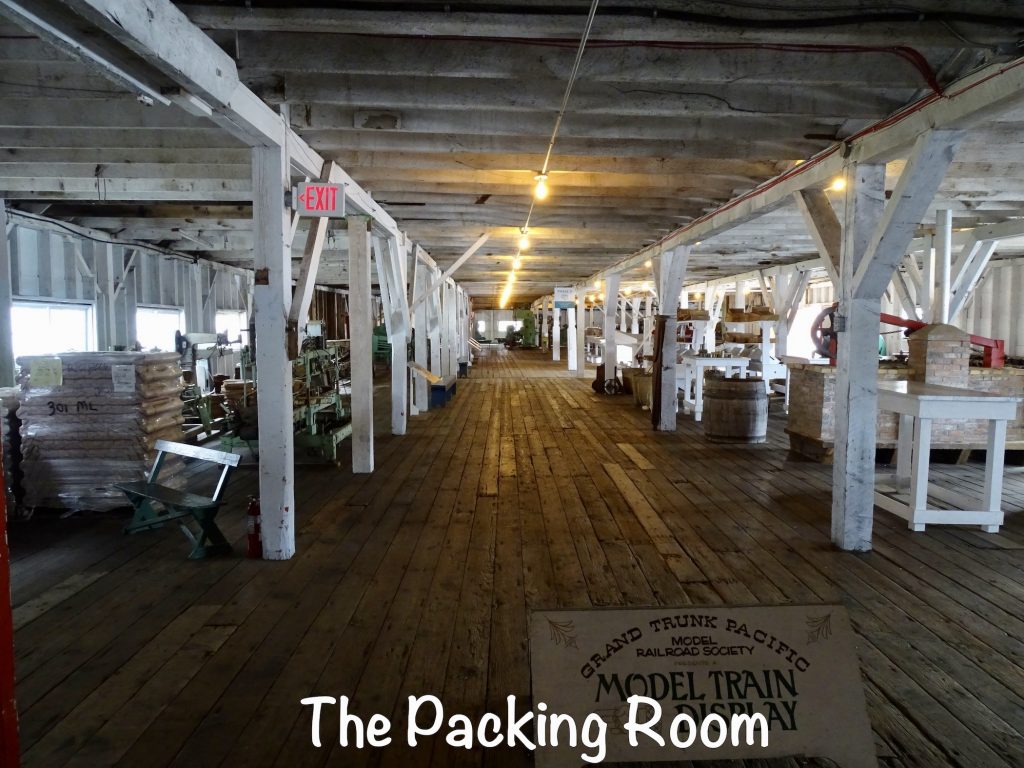
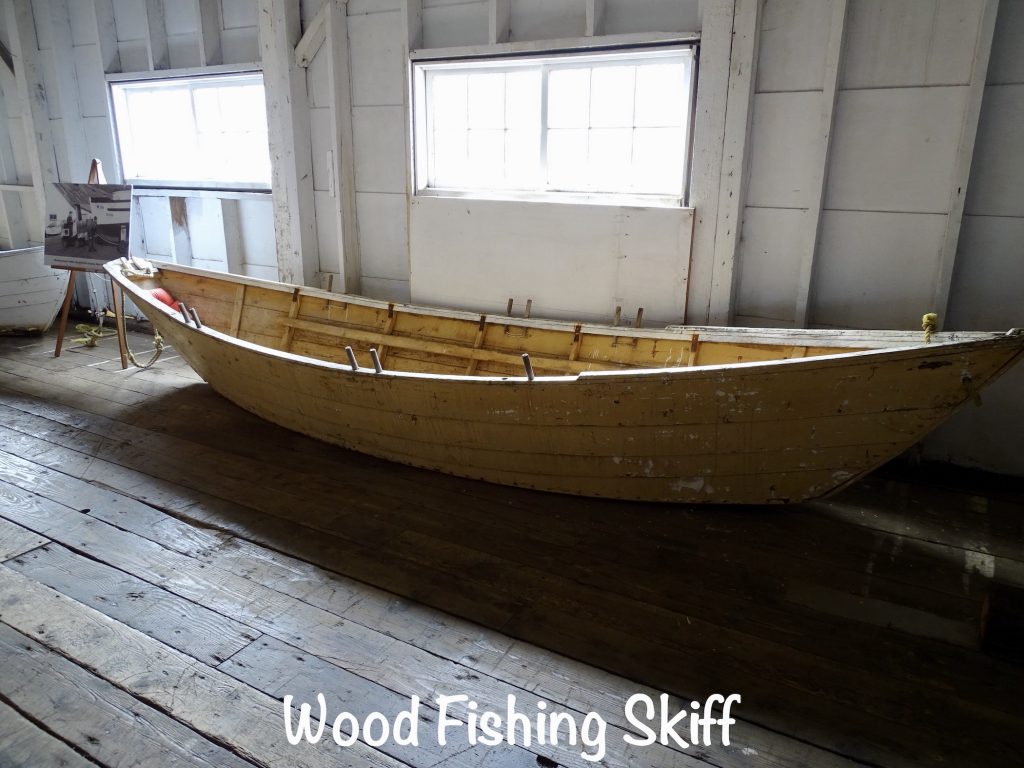
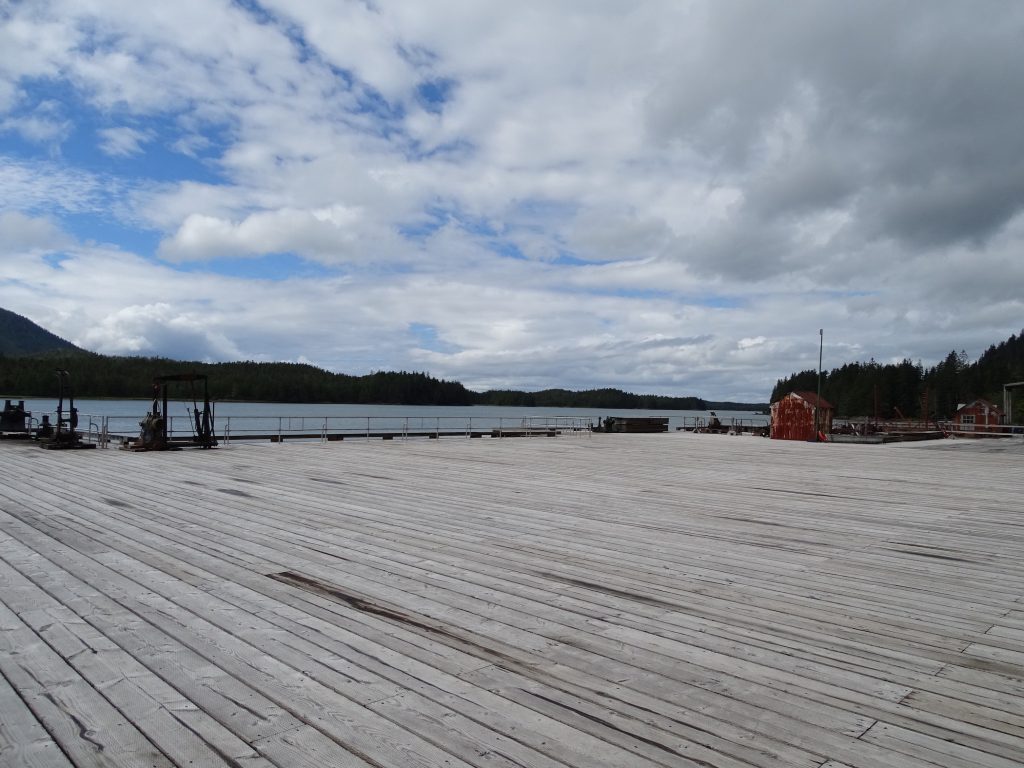
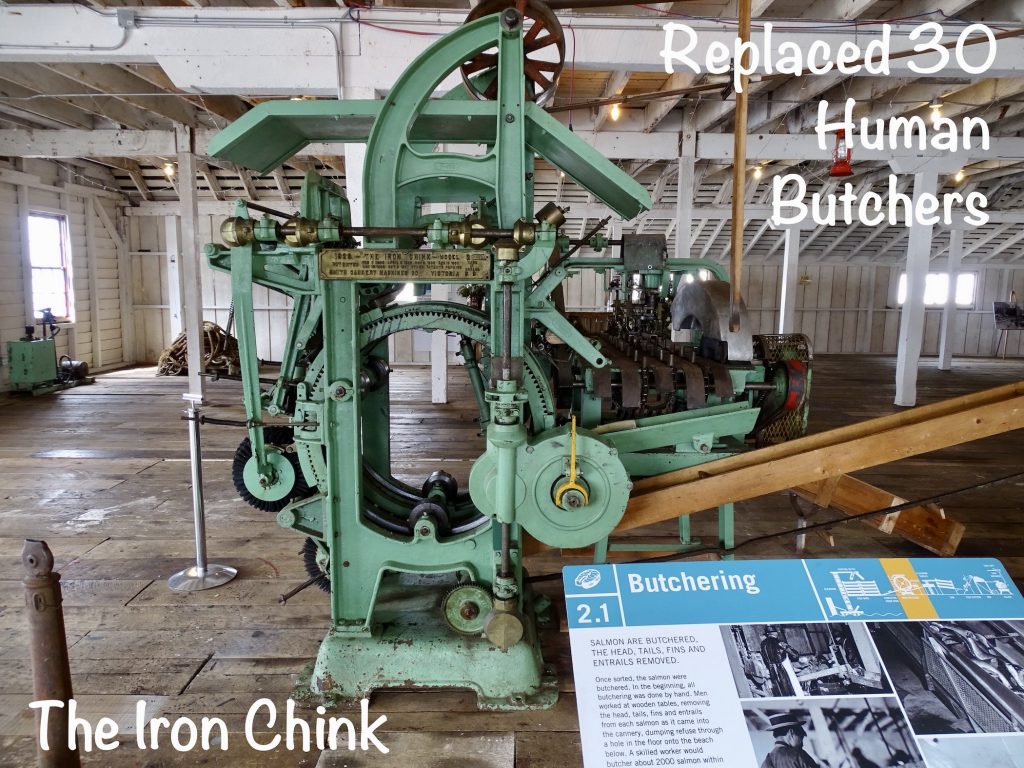
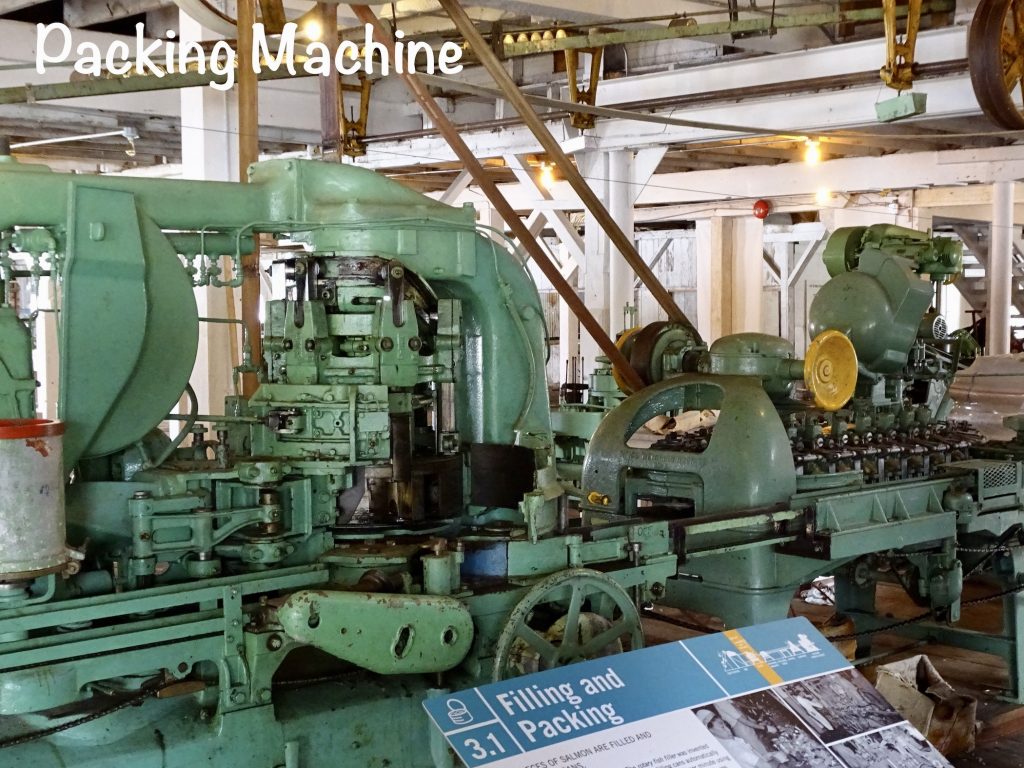
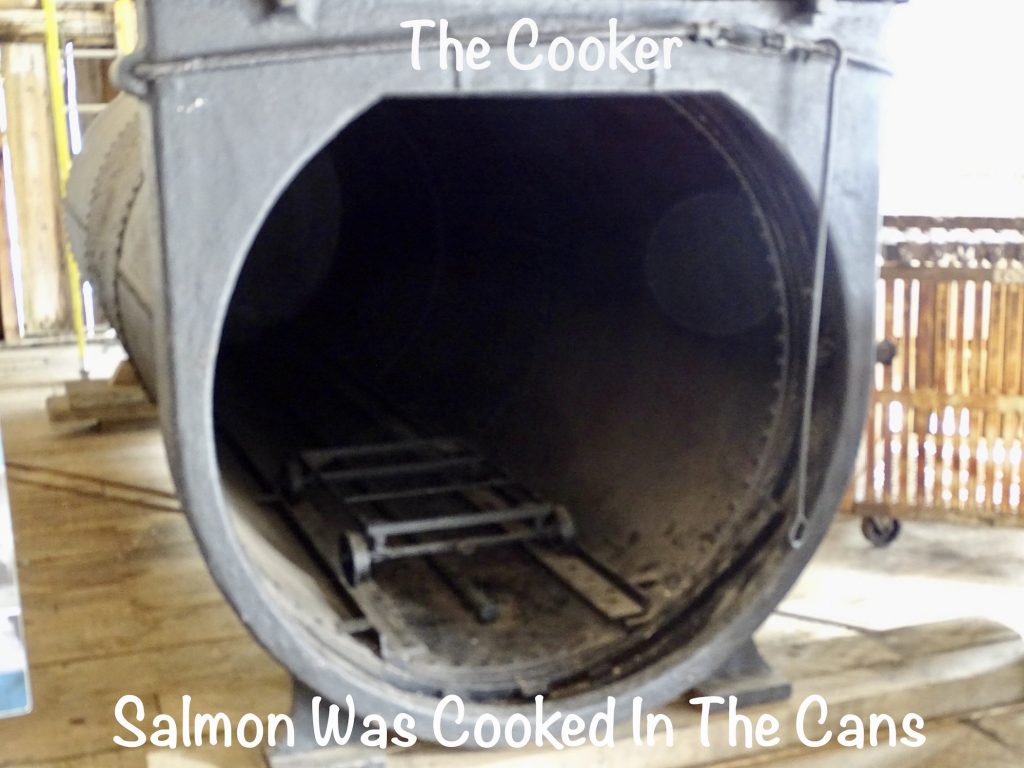
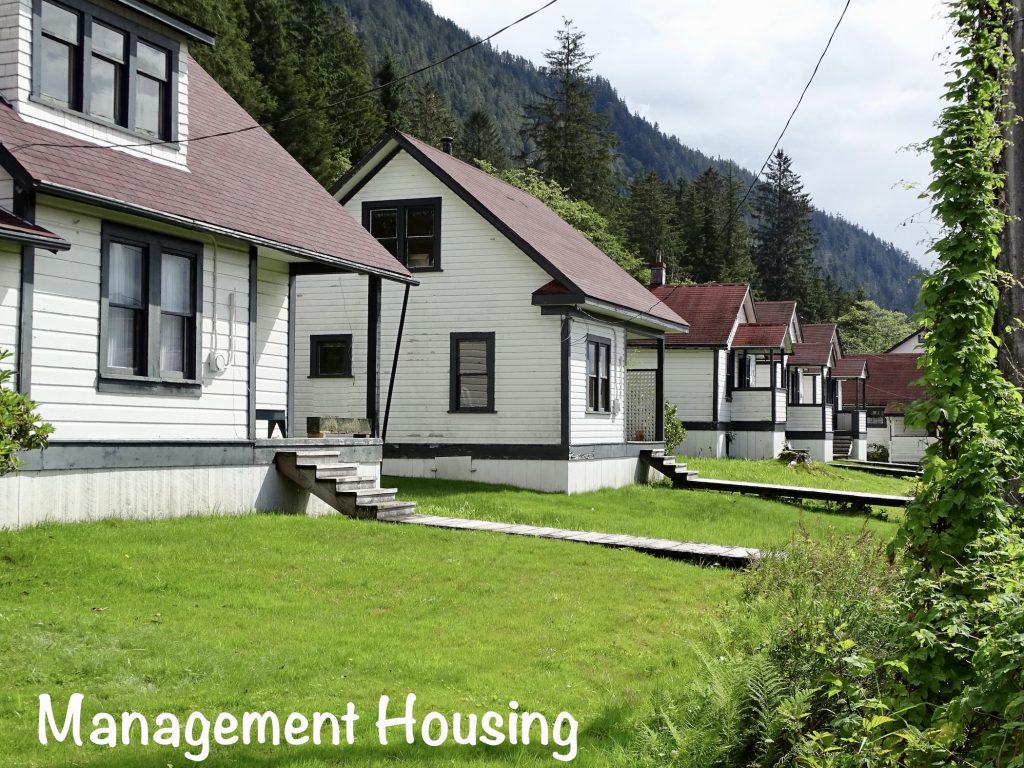
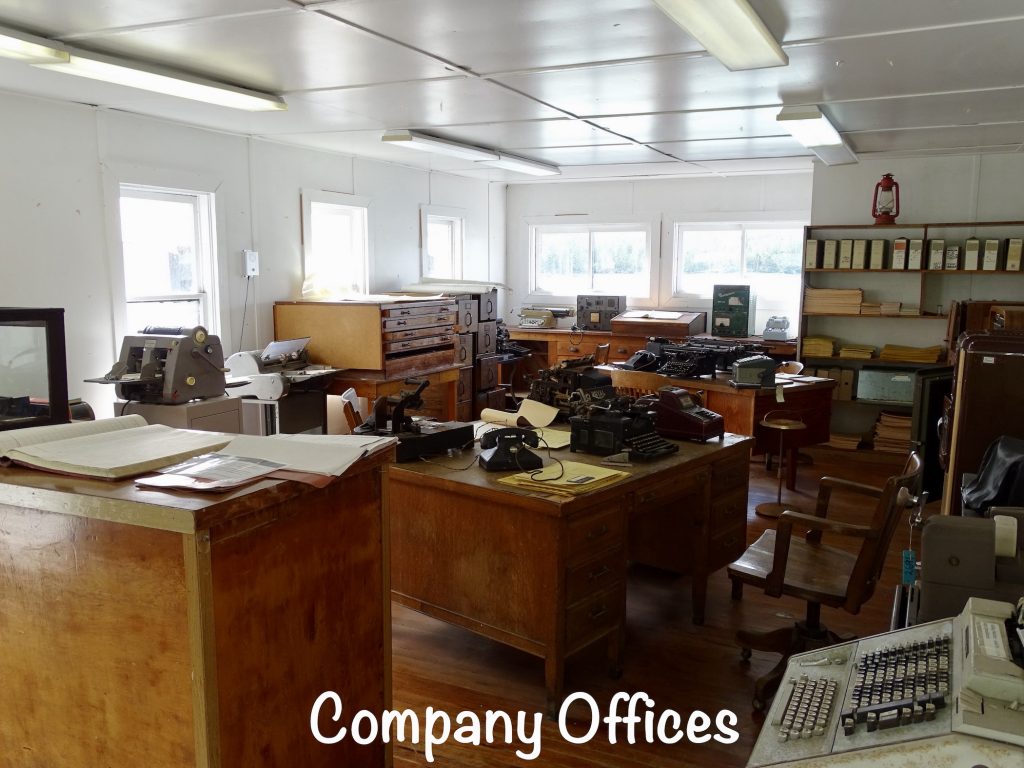
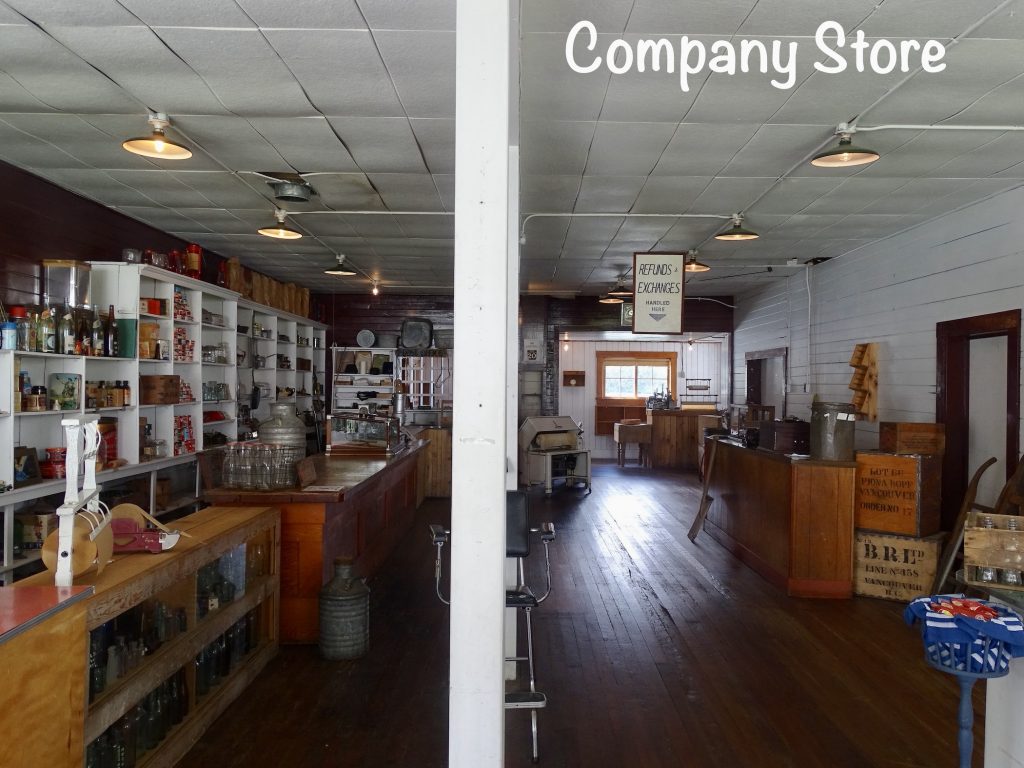
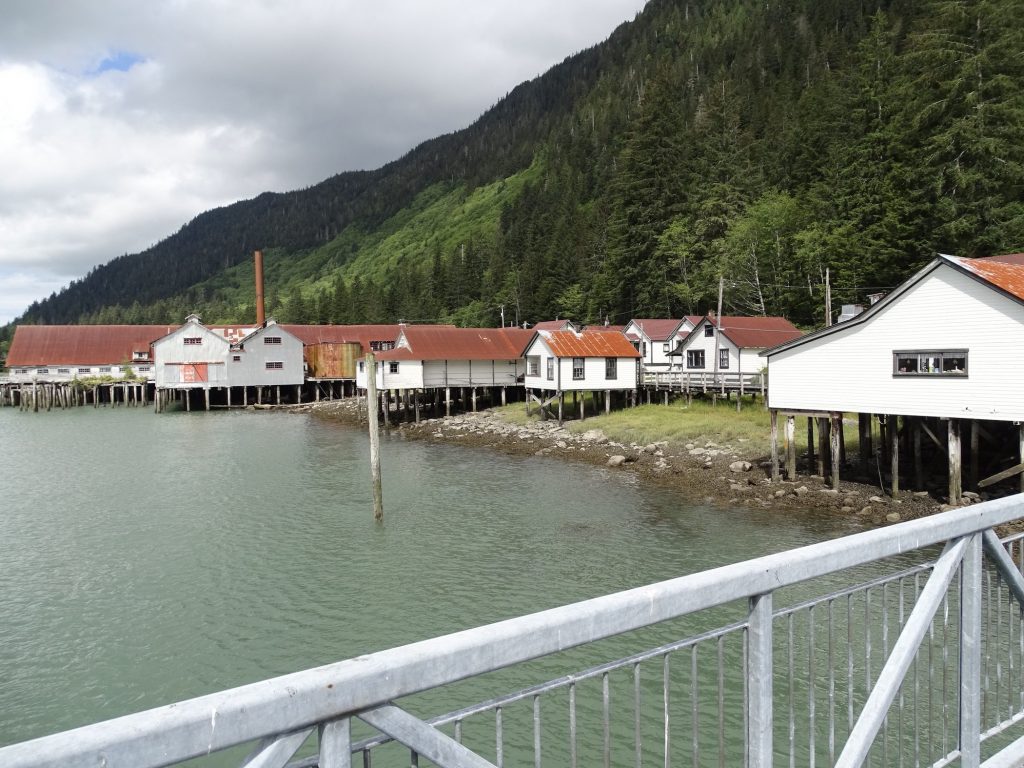
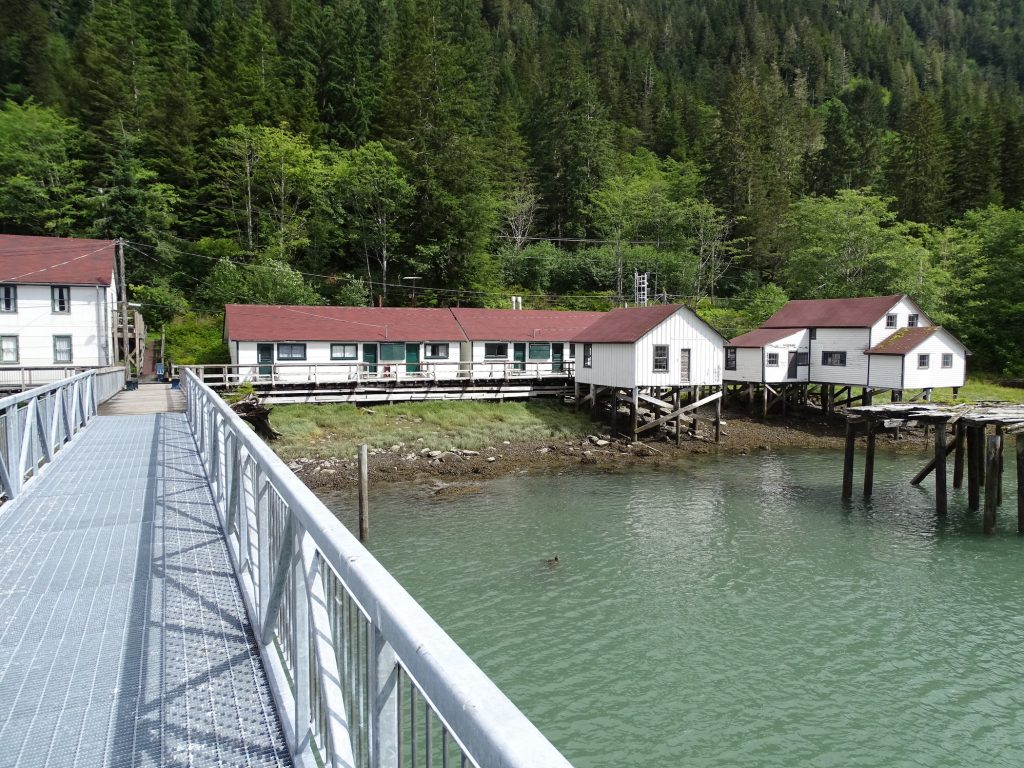
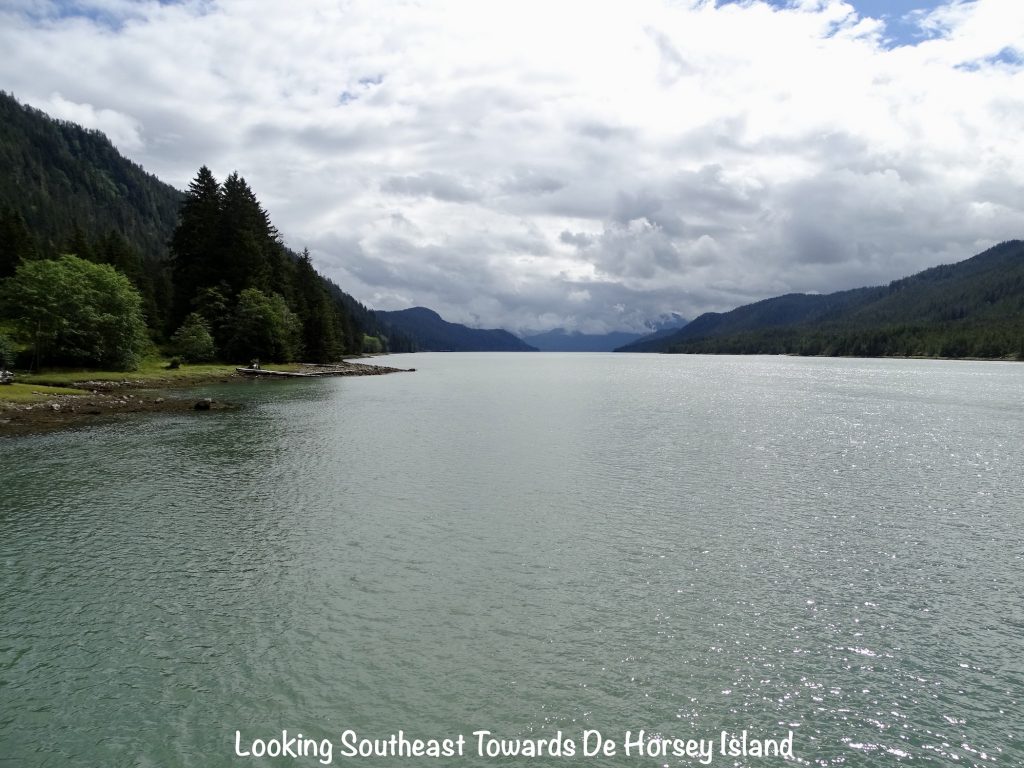
Next he went to Eddie’s News bookstore and the Wheelhouse Brewing Company. They have another great line on their website: “We are a little brewery at the end of the road on the left side of British Columbia.” Love it! MW forewarned me about the Prince Rupert Airport, which is a very odd setup. It is a tiny field on Digby Island. Passengers deplane directly onto the tarmac, then walk through the tiny terminal and board a bus. The bus drives over to and boards the ferry, which takes you across Prince Rupert Harbour to the town. Then you are dropped off at the main ferry terminal downtown, and that is where you find your luggage. MW met me at the terminal, then after stowing my bag in the truck, we walked over to Vihaans Pizzaria. The place appeared to be more of an Indian restaurant, but had surprisingly good pizza. After that, we drove the 3 hours back to Kitwanga, arriving around 8:30 PM totally exhausted.
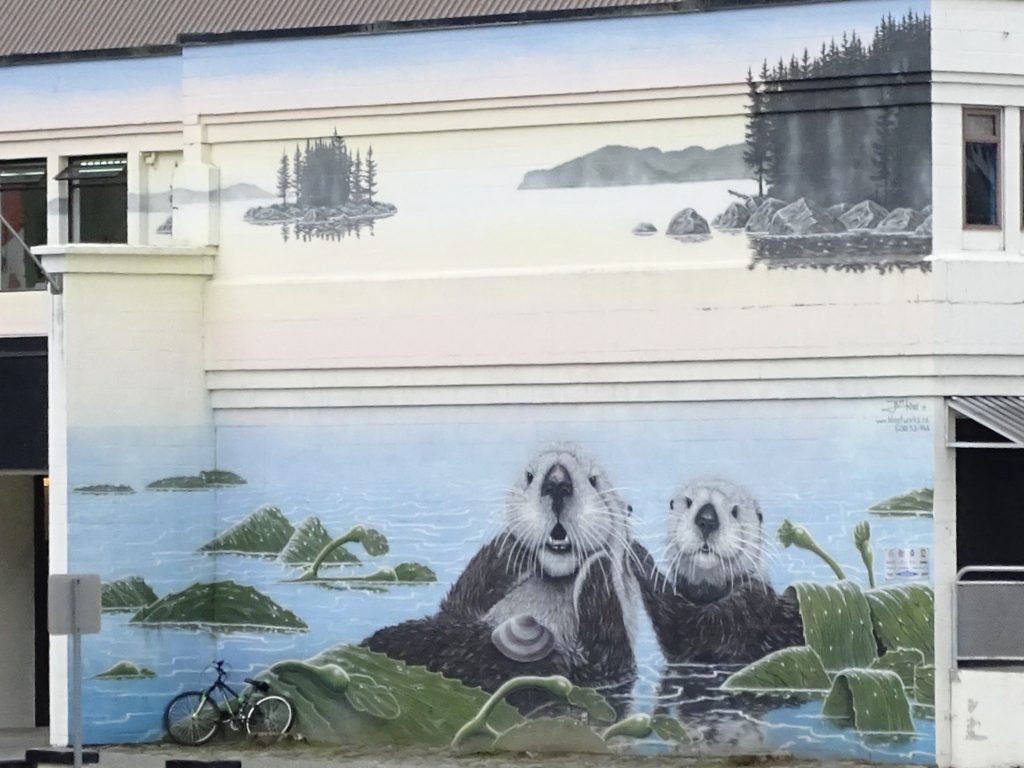
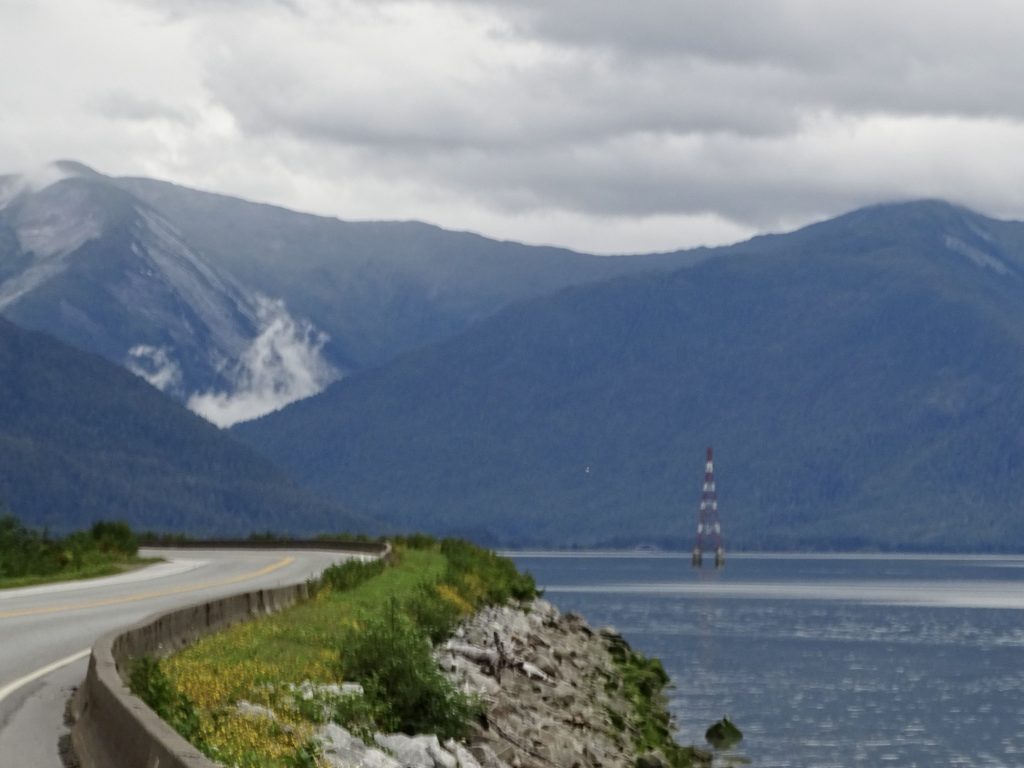
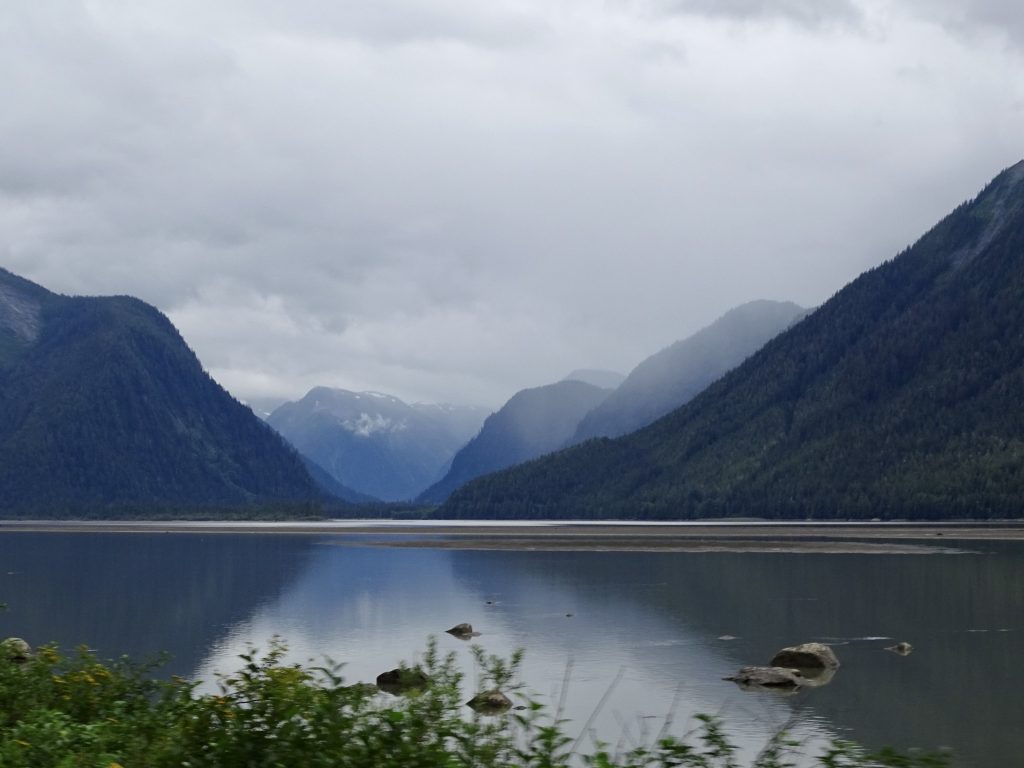
Friday I slept until about 8 AM. No kidding!! After a very lazy, slow start, we drove the few miles up to the Gitanyow reserve lands to take a look at the totem poles. Carved in cedar, they show the owner’s clan status and tradition. The mythical creatures come from clan history.
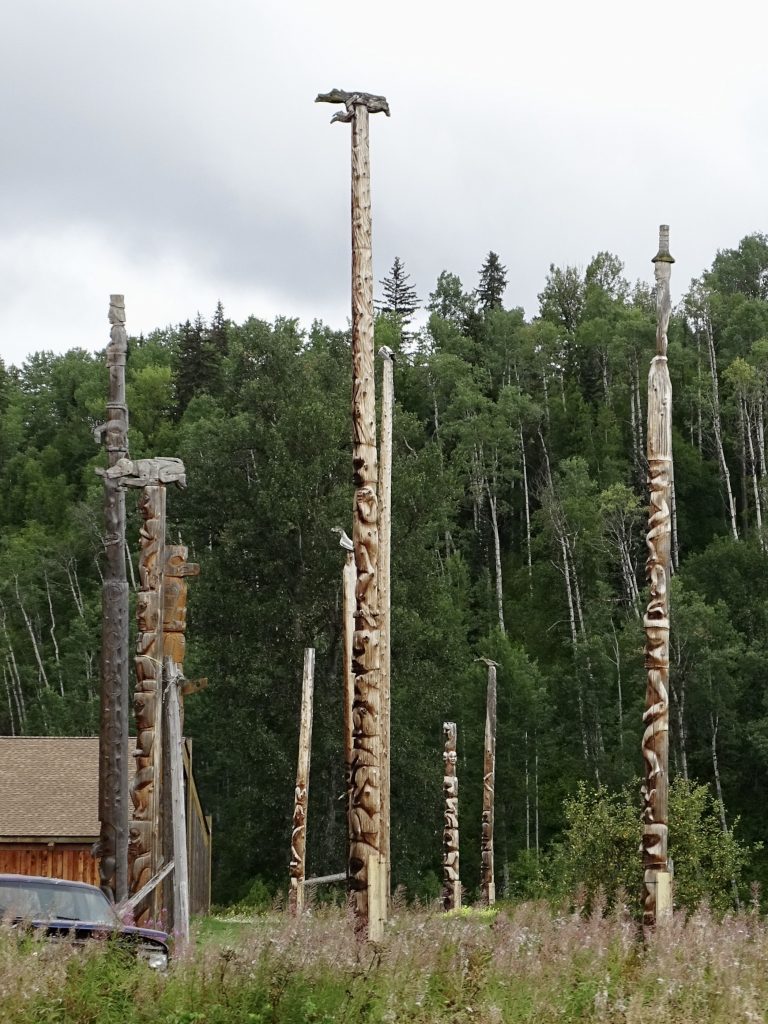
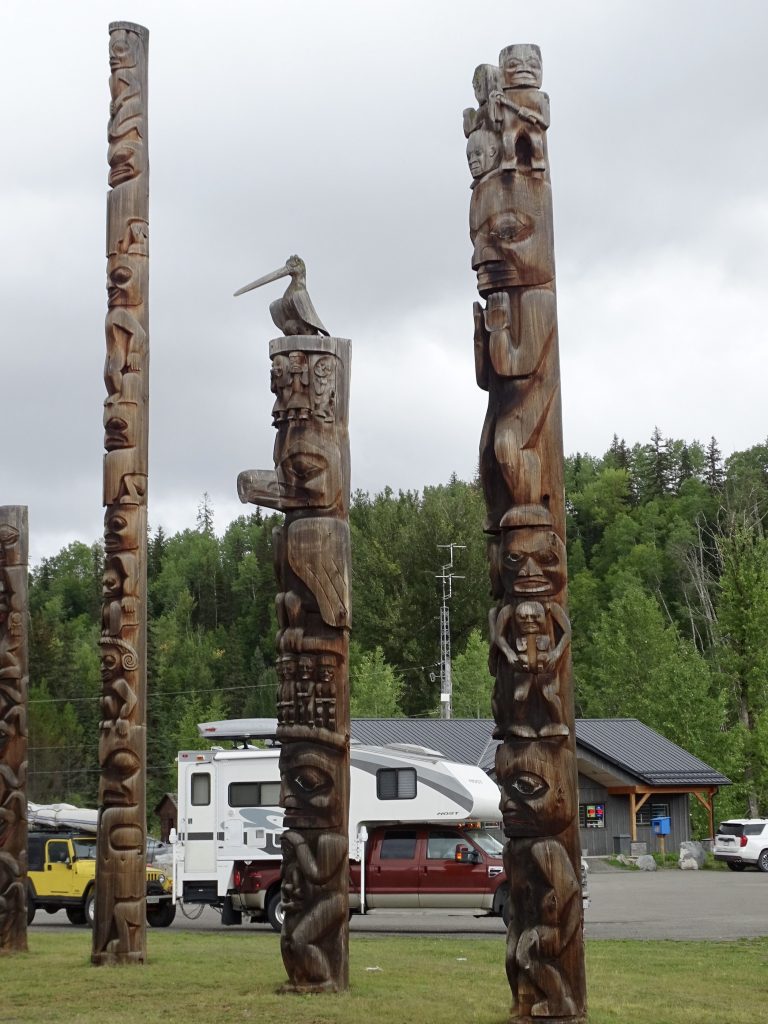
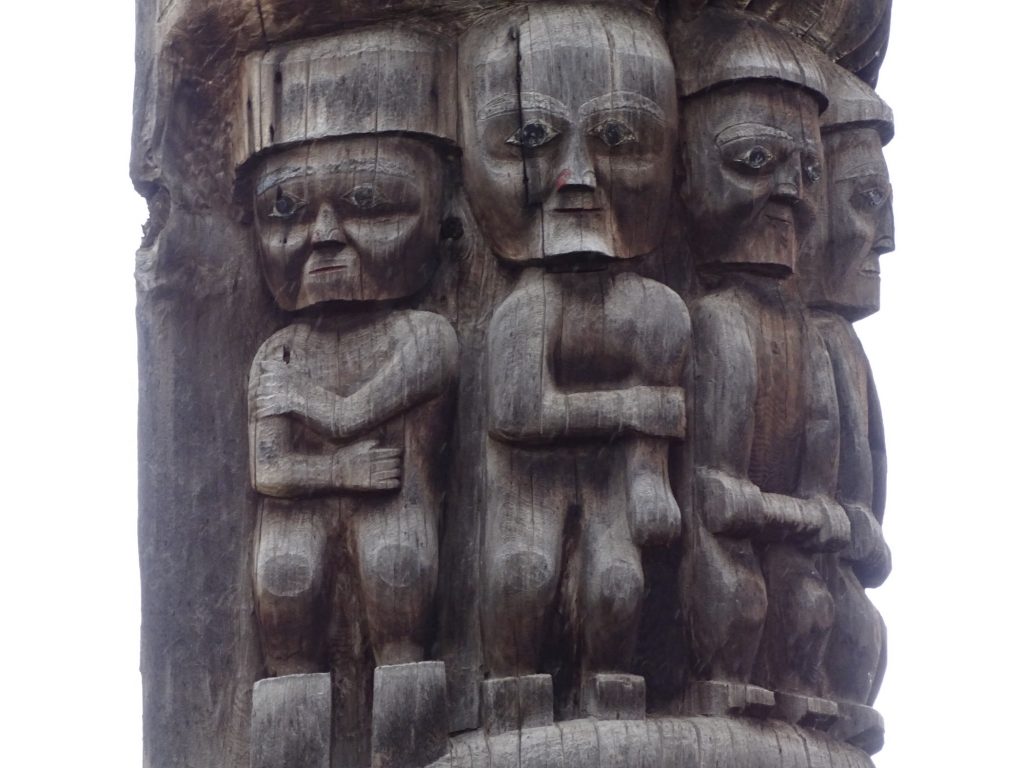
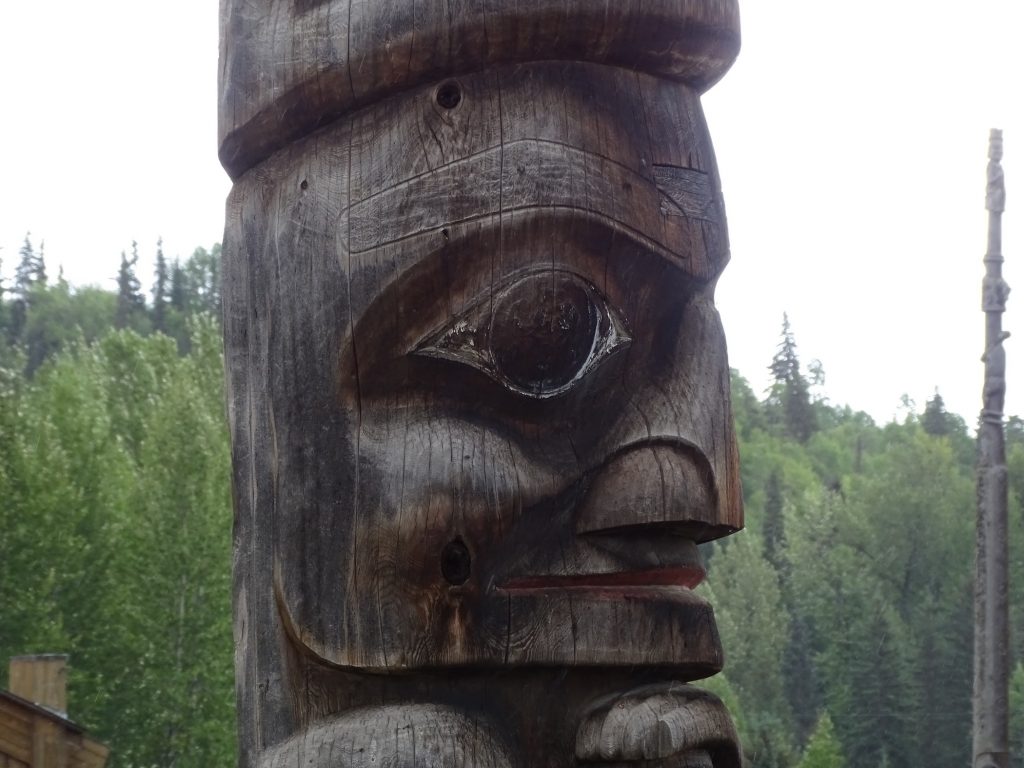
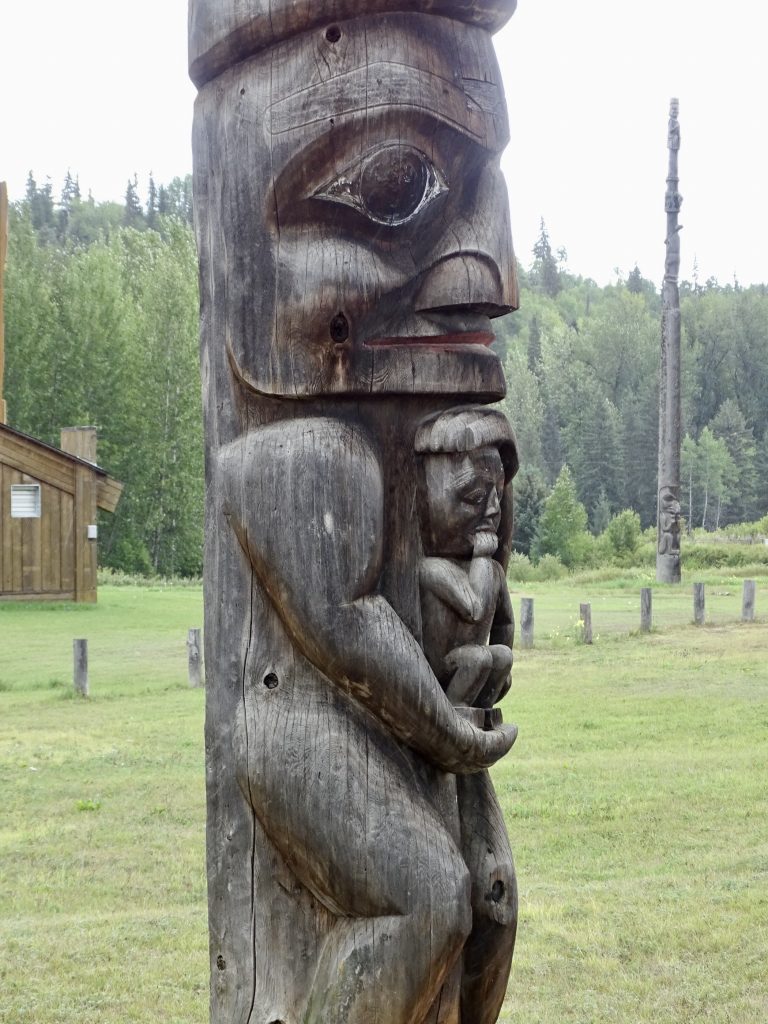
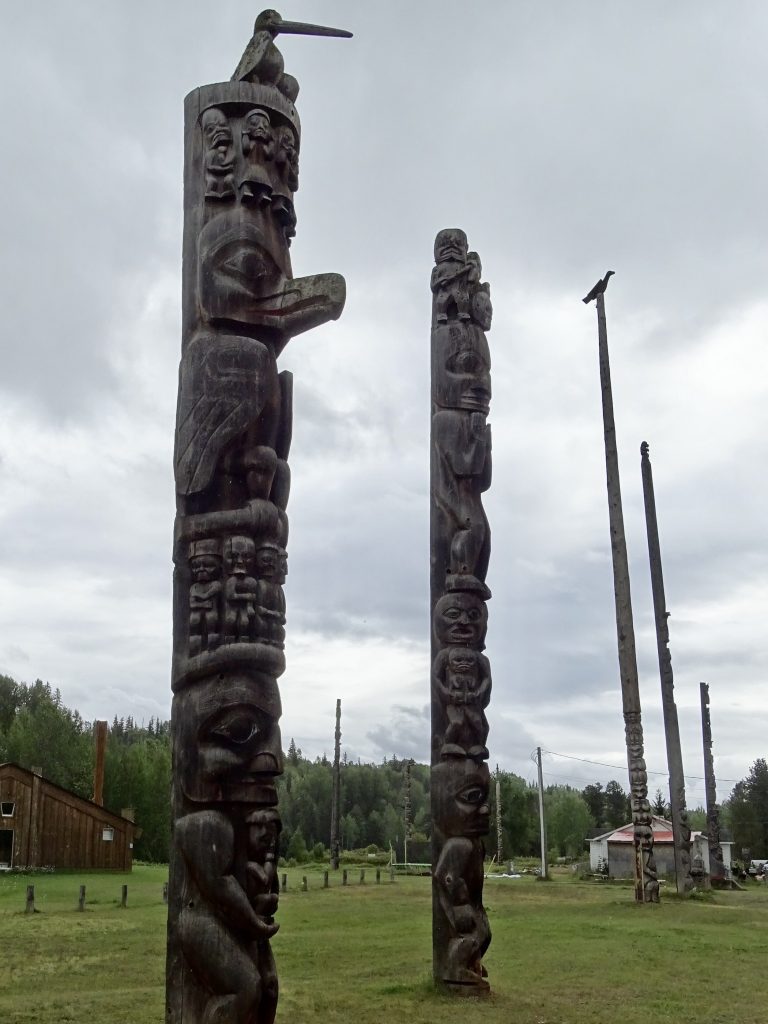
It was a little drizzly and grey, but cleared up before we stopped at the Gitwangak Battle Hill National Historic Site to take a walk. Battle Hill is a fort built in the 1600s for defense of the Gitwangak village. Today you can walk through the site reading information about the area and tribe and climb the hill. It takes a steep descent down a lot of steps to get to the walk, though. By the time we walked around, climbed the hill, and climbed the steps back out, it was time for me to get back to Petunia and resume my lazy stance.
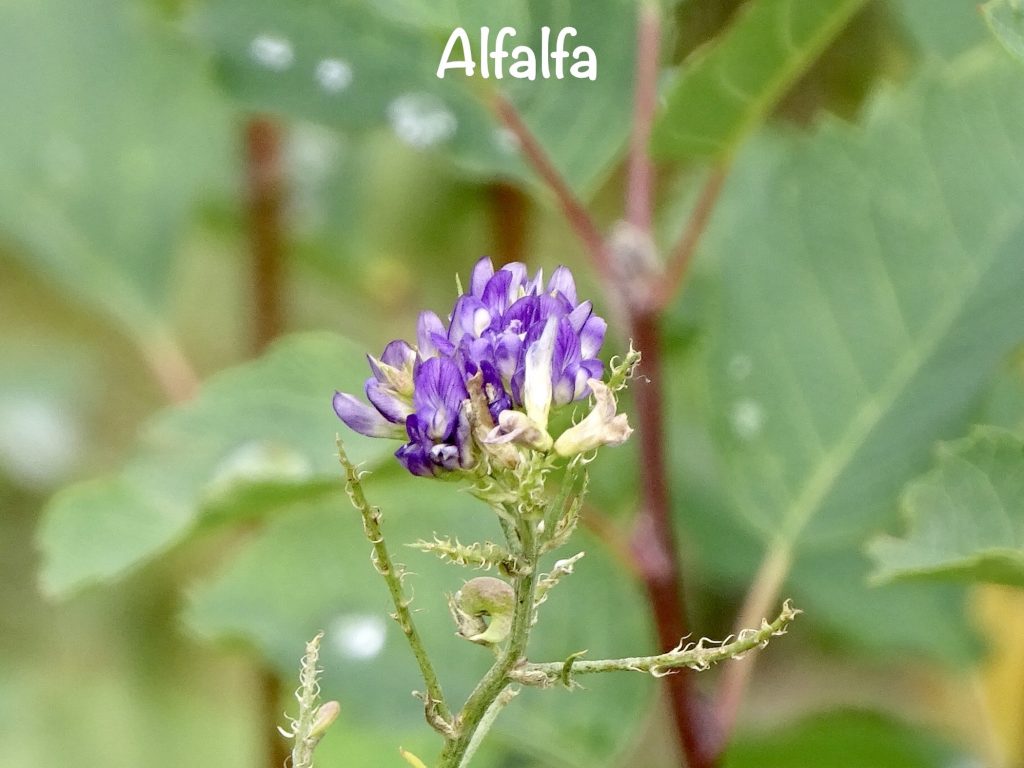
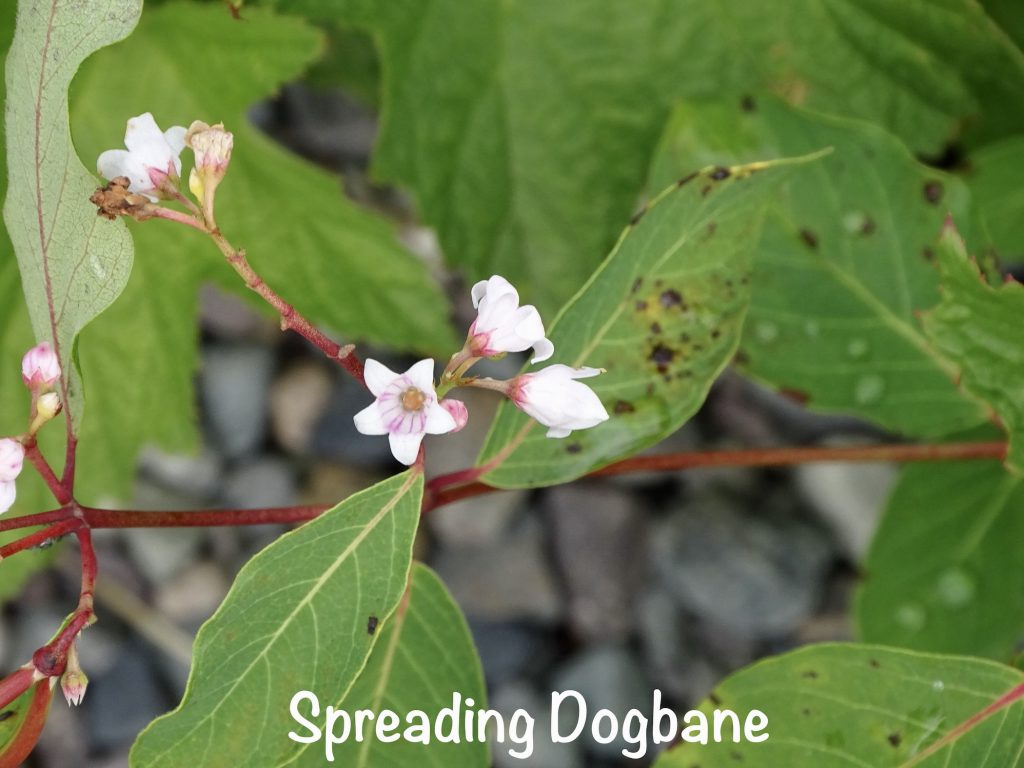
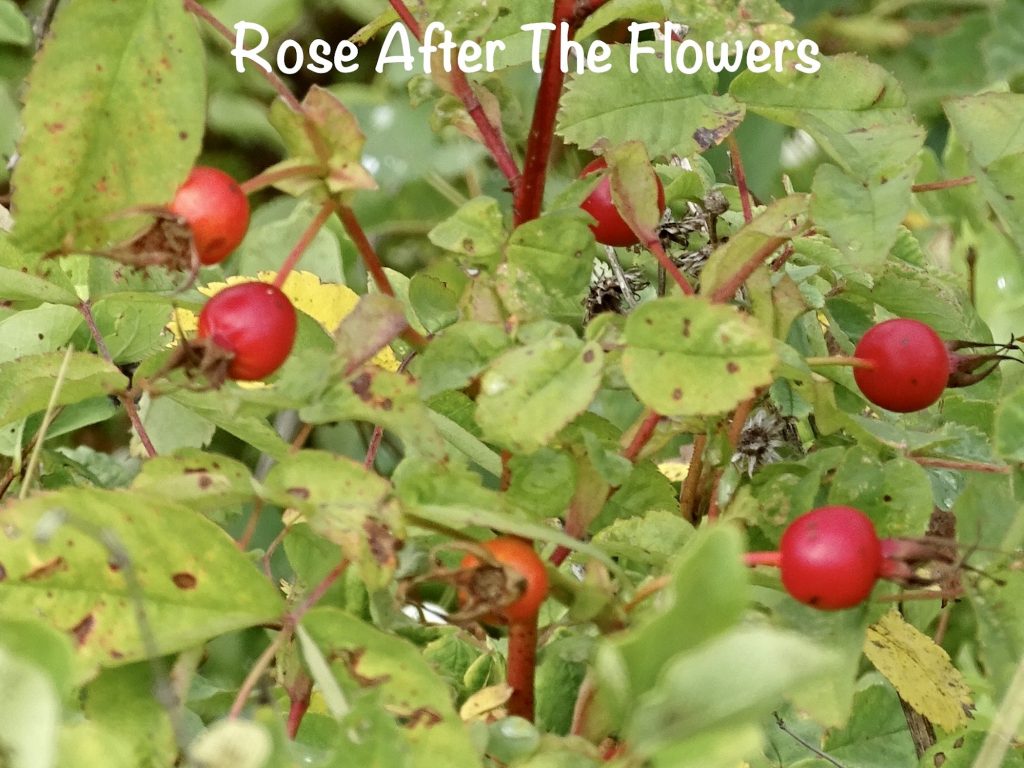
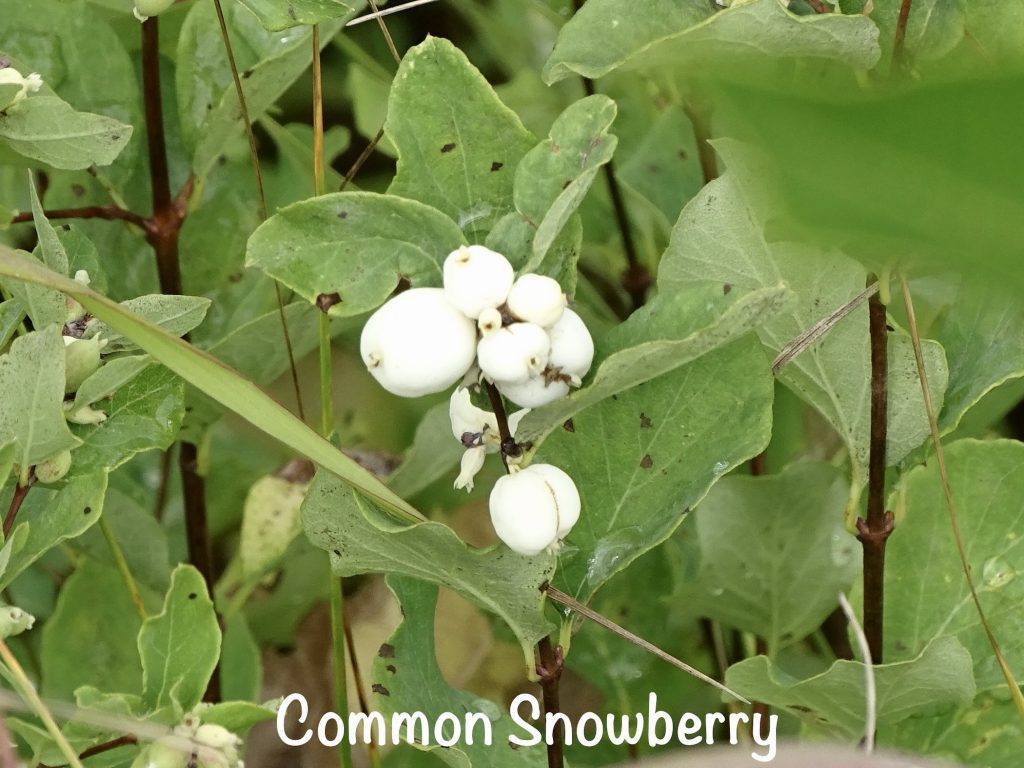
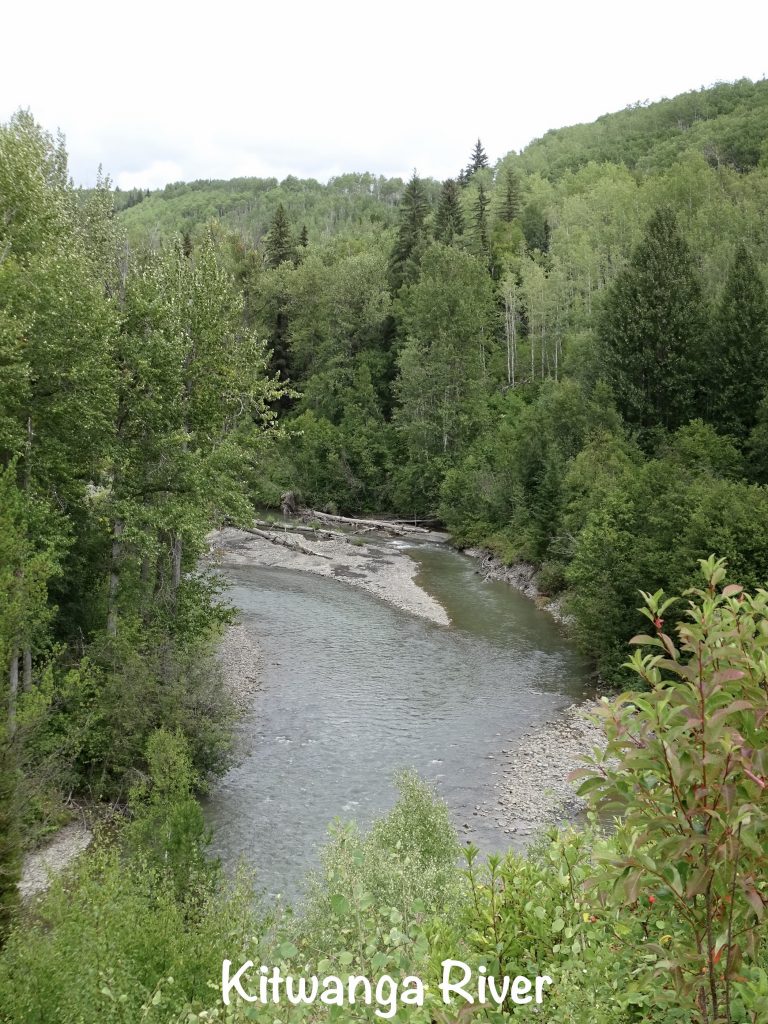
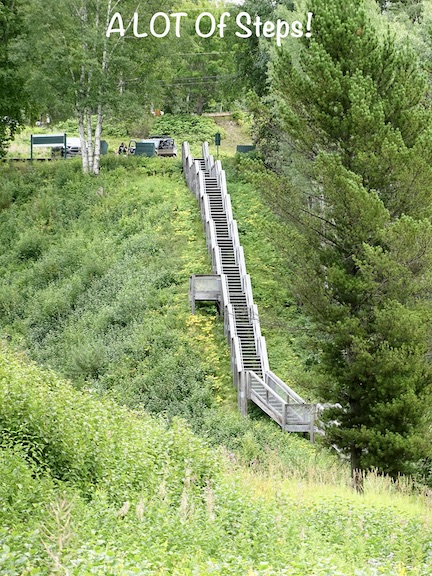
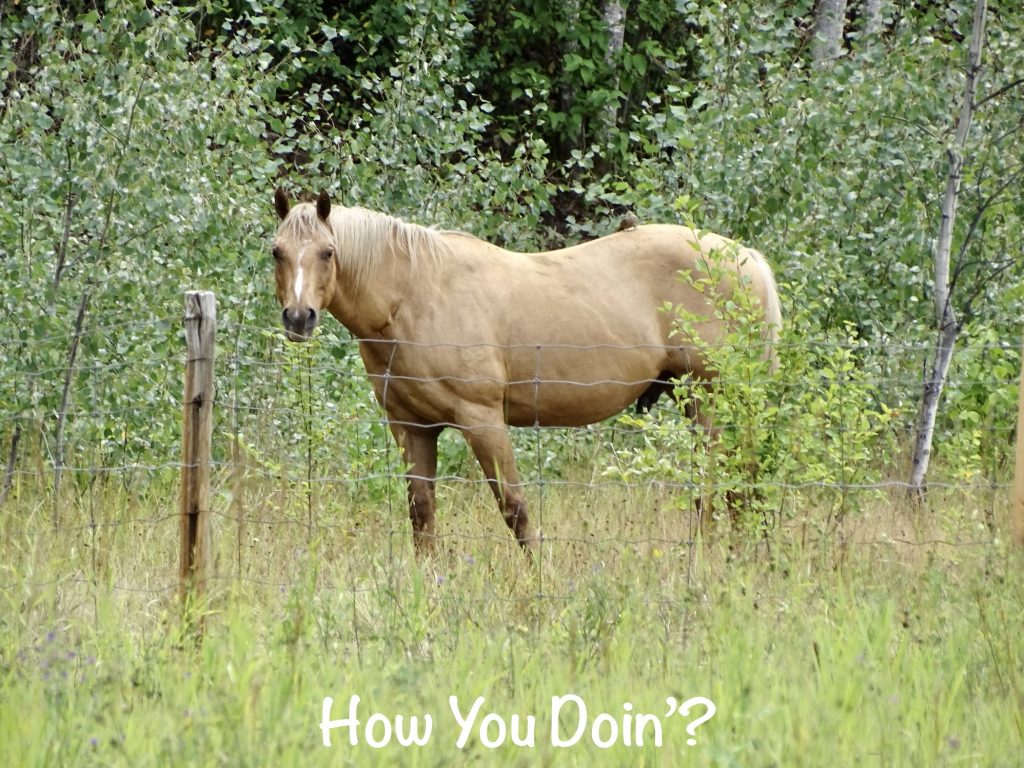
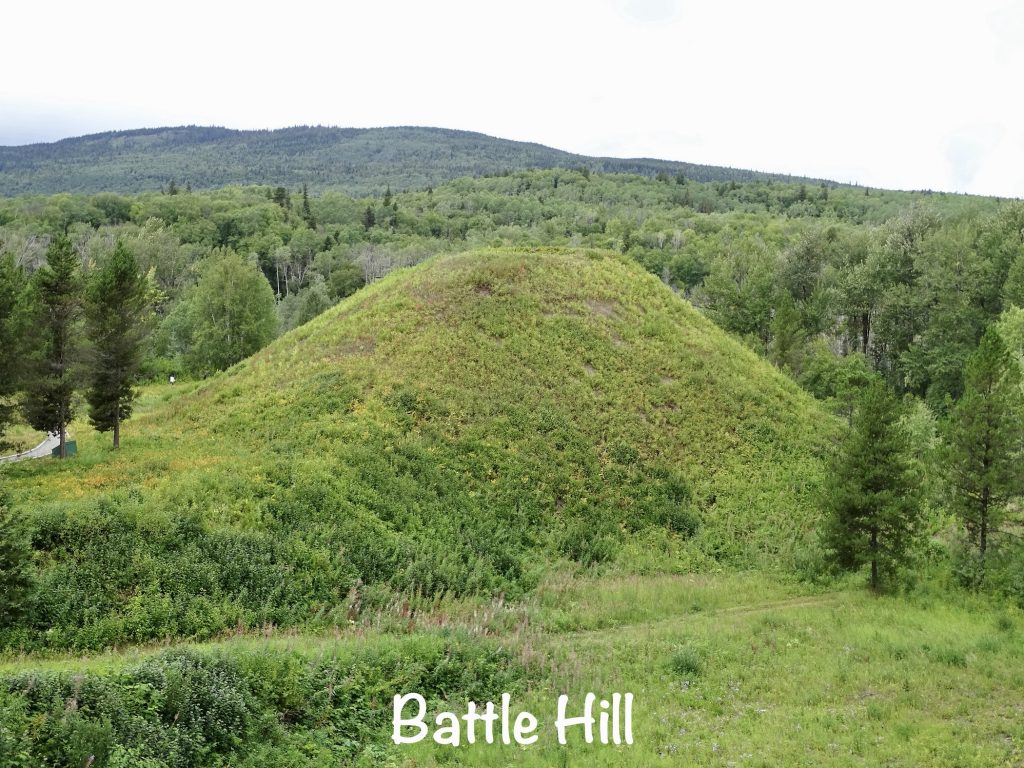
Kitwanga River RV Campground is an RV park with LOTS of long-term workers in residence. Amenities include a bathhouse (one toilet and two showers) that was reasonably clean and a small laundry. There were 30-amp pull-through sites and some tent sites in the wooded area. We felt it was okay for a stopover, but probably not a hangout place unless you are there to fish. Quiet at night, even with all of the workers, and cell signal was okay. Unfortunately, I forgot to take pictures in my exhaustion. For this stay in August 2023, we paid $129.27 for 3 nights.
Whew…just writing this one was almost as exhausting as living it!! Thankfully, our family member is on the mend, and we are back on our trek. Next up…more British Columbia! See you on the path!!
Talisa
P. S. Thank you so much for reading! Use the buttons at the top right or bottom to be notified of new posts, and please SHARE, SHARE, SHARE on social media!
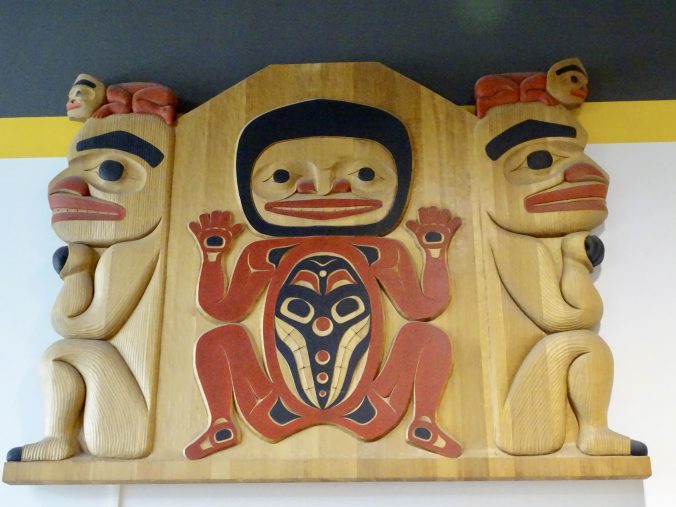
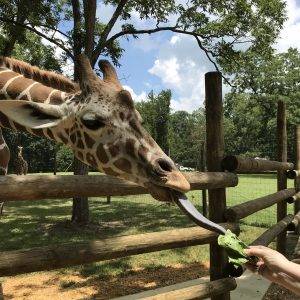
Leave a Reply